Let this Tahiti Travel Guide by Land be your compass to your trip to French Polynesia. Bear in mind that this guide is limited to Tahiti, which is the largest of what is referred to as the Society Islands.
The other islands in this group include the popular Bora Bora, but also lesser known Huahine, Tetiaroa, Raiatea, Taha’a, Tupai, and Maupiti, all of which are further away from Tahiti. Mo’orea is only a 30 minute ferry and we cover it in our Mo’orea Travel Guide by Land and our Tahiti and Mo’orea Travel Guide by Sea.
For planning purposes, there are direct flights with FrenchBee Airlines to Tahiti from LA and San Francisco which will get you there from America’s west coast in around eight hours.
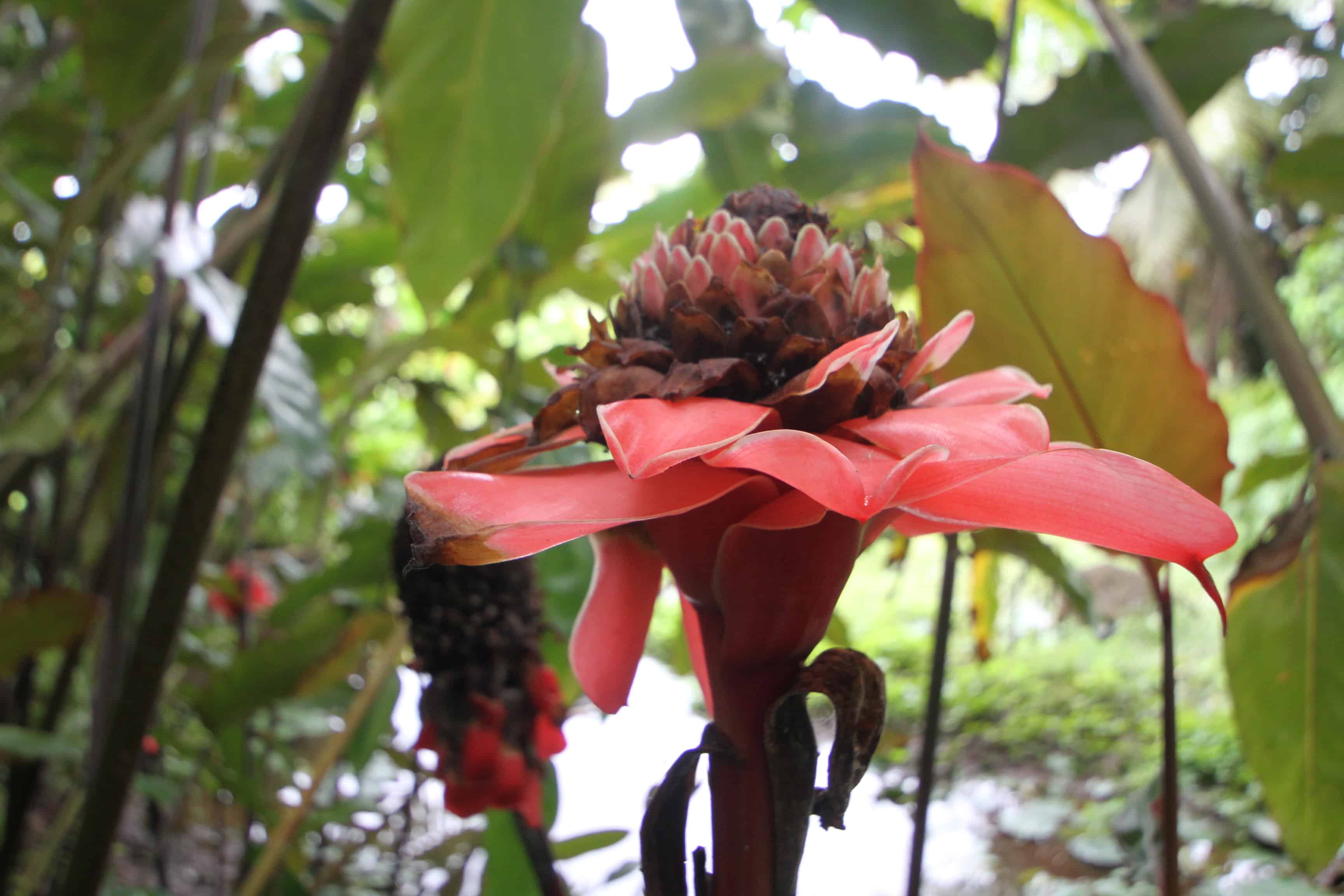
tahiti & mo’orea travel guide
Tahiti Travel Guide by Land
Given that you’ll be visiting one of the most beautiful set of islands in the South Pacific, you may be thinking, “why on earth would I want to spend any time on land?” We feel the same way. Her crystal clear aqua and blue waters will mesmerize you upon arrival and after swimming and snorkeling in that heavenly South Pacific sea, you’ll find it difficult to leave the islands at the end of your stay.
We created a Tahiti Travel Guide & Mo’orea by Sea as well, which is filled with beautiful photos and everything to do on and under the water. And so, if you’re a water baby, our other guide will be for you. That said, Tahiti is deeply trenched in history and there’s a significant French influence throughout, so much so that Tahitians still speak French regularly in addition to their native language.
Both island and French culture is infused into nearly everything you do and see, from the churches, museums and art to the food and customs. Let’s dive into some of the incredible things to see and do on land.
Most of the island’s population resides near the shore’s edge, leaving the interior of the island feeling almost untouched and ancient, despite such proximity to the capital of Papeete. Papeete literally means “water basket,” and historically, it was once a gathering place where Tahitians came to fill their calabashes with fresh water.
Tahiti has a mountainous interior which is adorned with mystical valleys, beautiful streams and notably high waterfalls. First up on our Tahiti Travel Guide is Venus Point and you’ll understand why when you see the pictures and our video.
Venus Point
Venus Point offers a rich history from Great Britain, France and beyond. Not only is there a beautiful enclave with a black sandy beach but you’ll find Captain Cook’s monument showing that he came here to see the transit of planet Venus across the sun’s face.
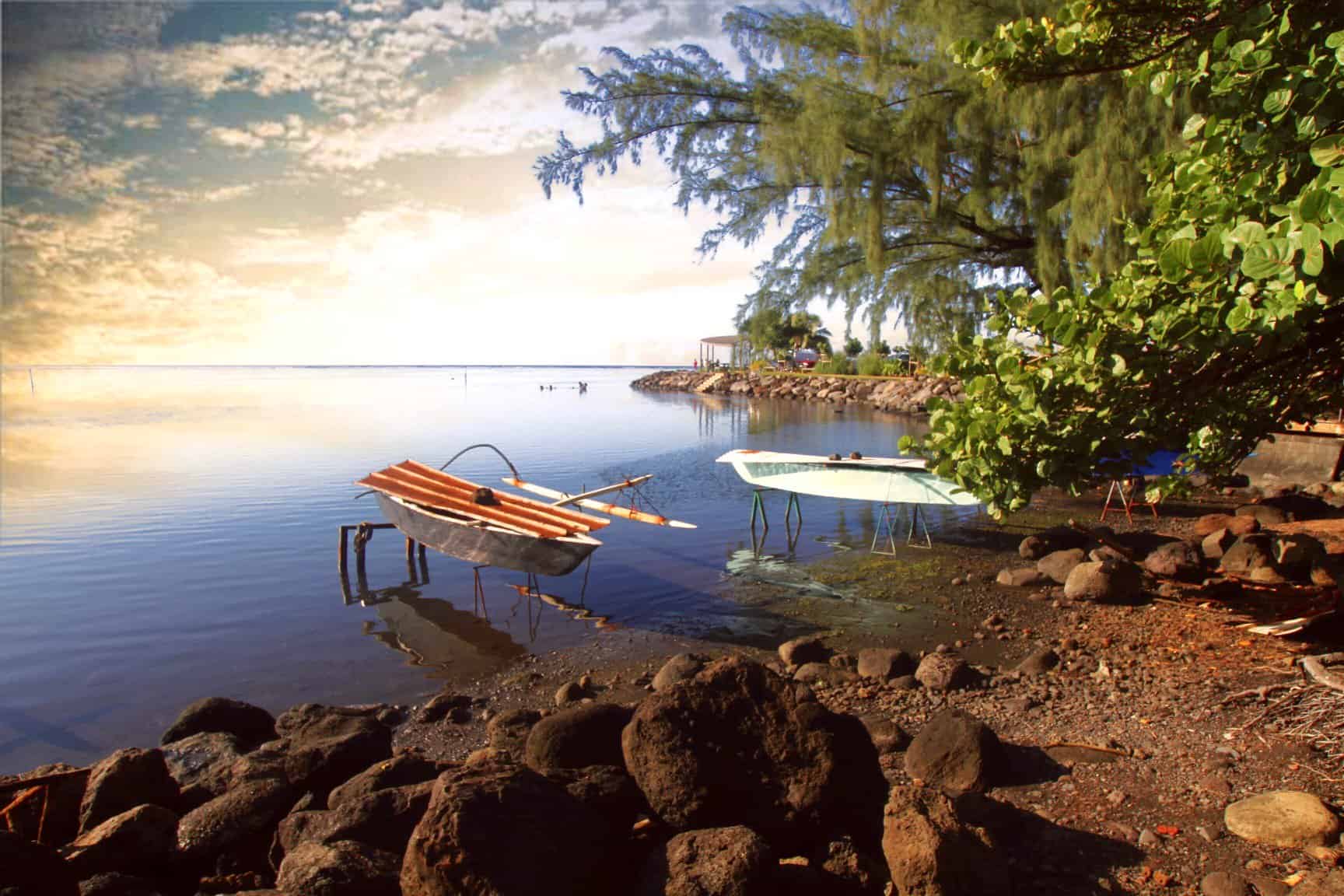
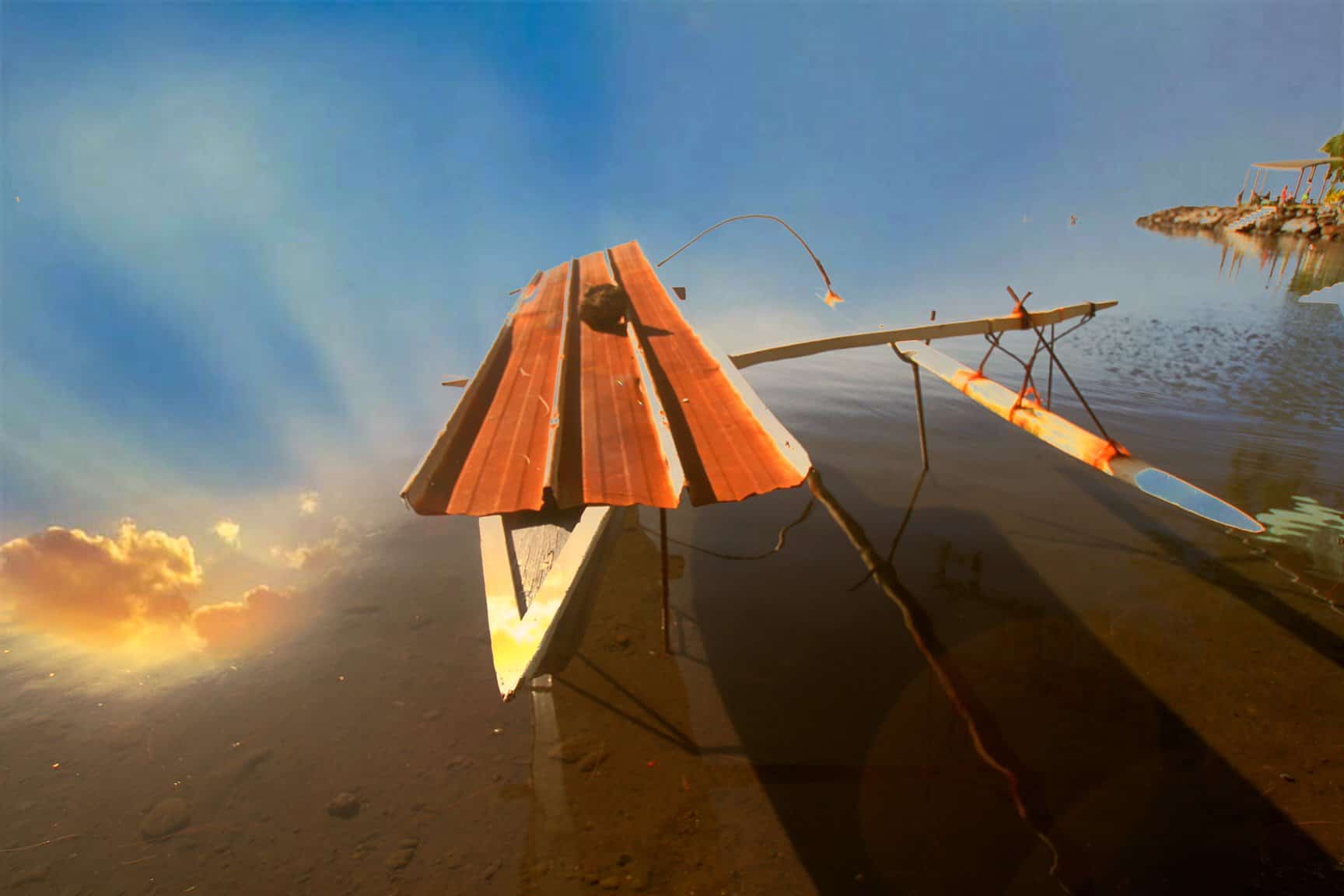
A boat in the bay at Venus Point
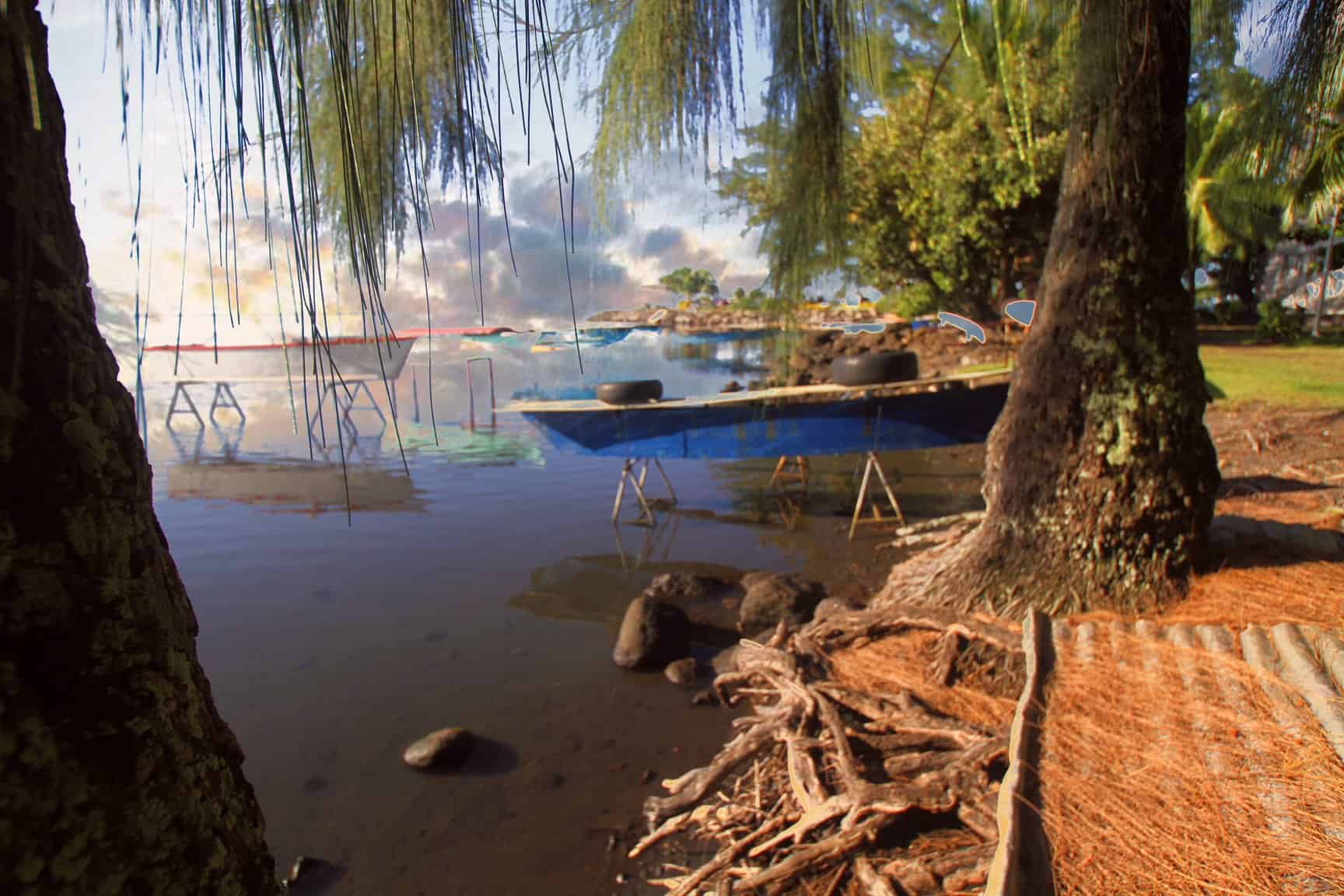
More boats parked in the bay at Venus Point
Also at Venus Point, you’ll find the first church by the protestant Missionaries, a lighthouse which was built in 1867 and is still in use, a monument of the bounty which arrived in 1787 and a black sandy beach, which is where the first Europeans landed.
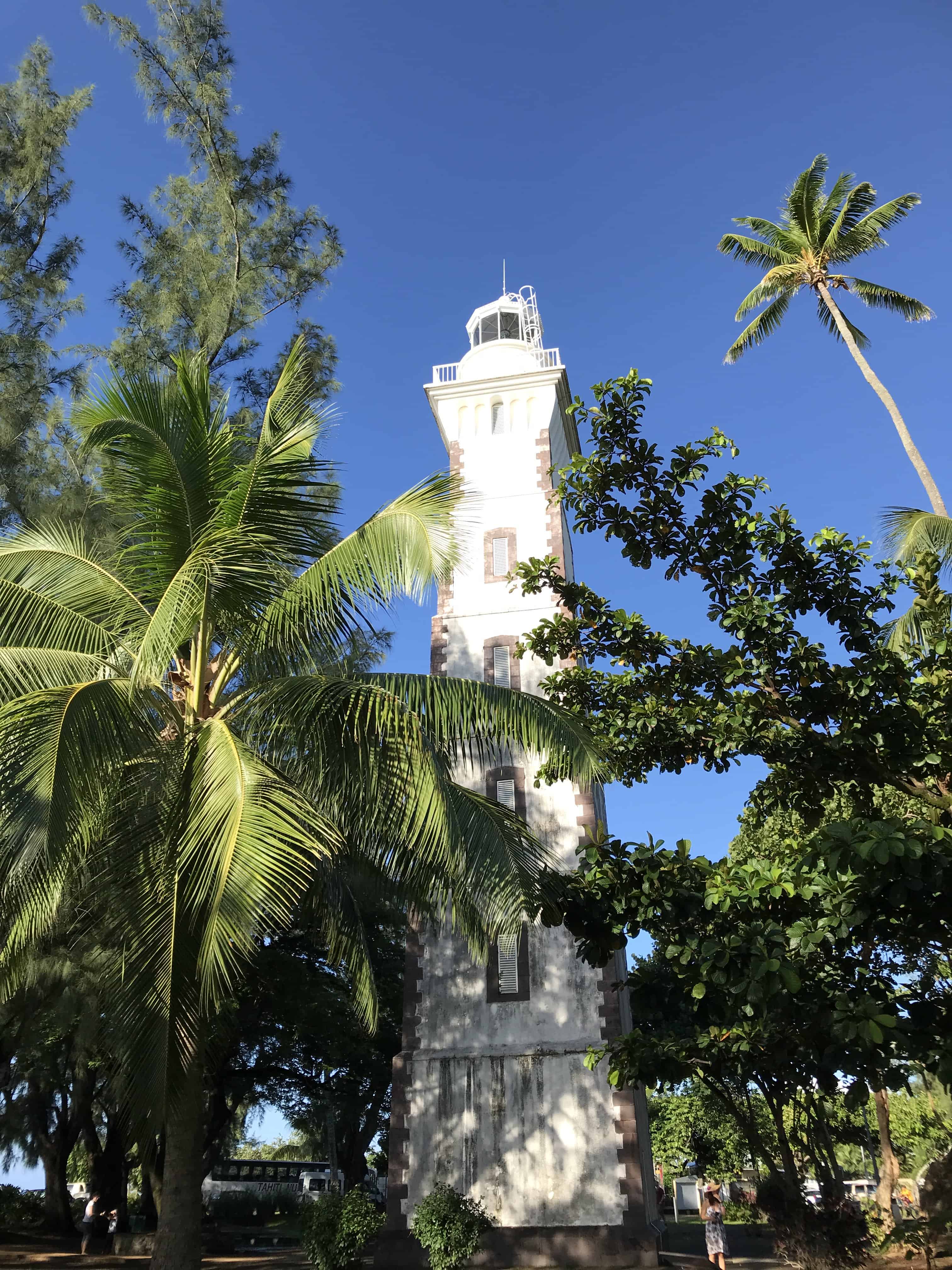
The 1867 lighthouse above and below, which is still in use

Captains Wallis, Bougainville, Bligh and Cook have all put their own stamp on Tahiti as have the Protestant English Missionaries who arrived in the 1780’s. And, for trivia and entertainment fans, “Mutiny on the Bounty” was filmed here with Marlon Brando in 1961.
Tahitian Churches
I’m not religious but am very spiritual, so am always curious about the belief systems and customs of a new culture I’m exploring for the first time. I have known about Tahitian Gods and Goddesses for awhile but much less about people’s religious beliefs in the area.
Given the British and French influences however, I was not surprised to hear about the popularity of Catholicism and Christianity. During our guided tour around the island, I was astounded at how many churches I saw given the relatively small population. The truth is that Tahitians love going to church and many practice their faith.
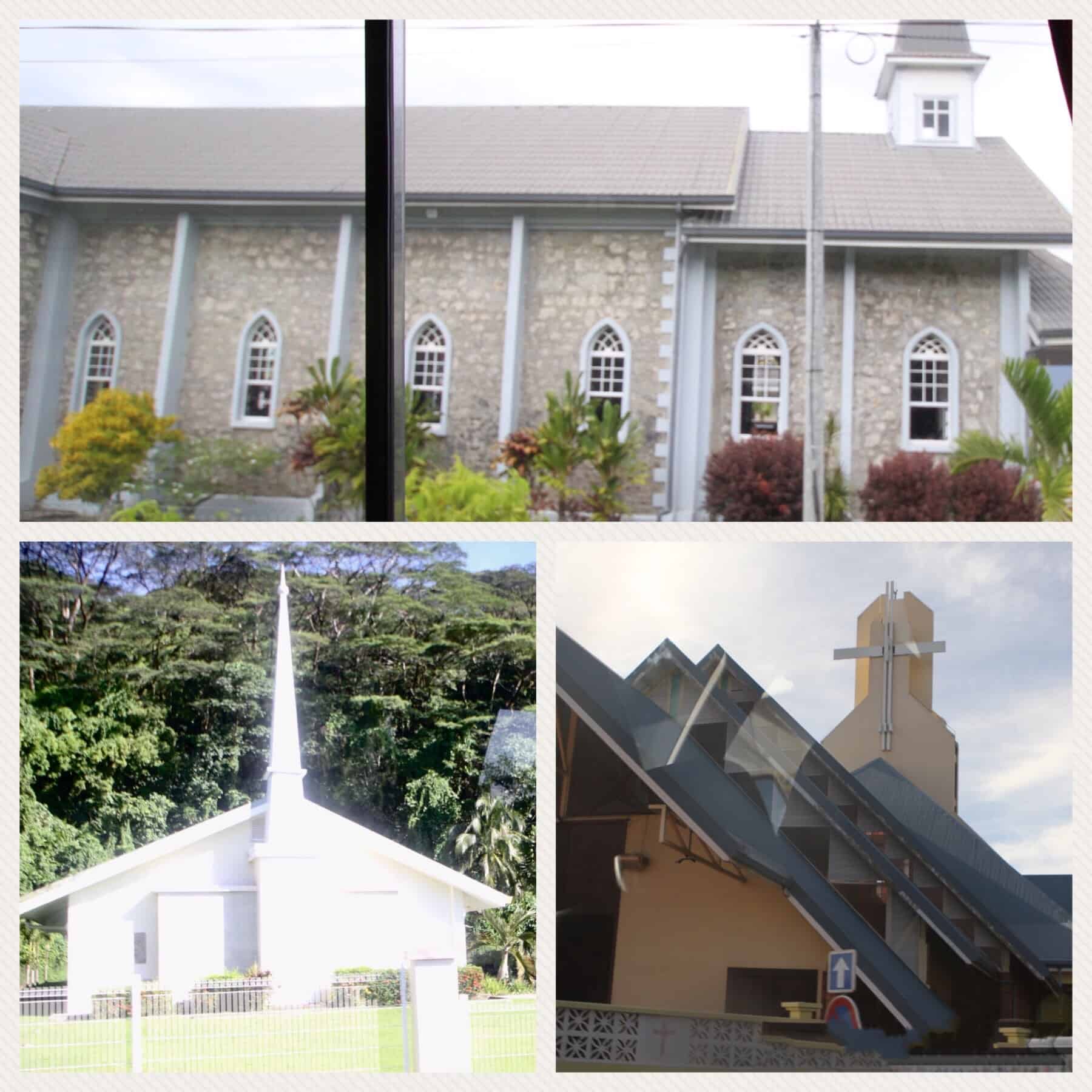
A few of the churches I spotted as we drove around Tahiti. I’m’ told that the one on the top is the oldest catholic church in Tahiti.
In addition to Catholicism (34%), it should be no surprise that Protestant churches make up around 45%. The next set of statistics may surprise you however. The Mormon church makes up 6%, the Seventh Day Adventists 4.8%, the Sanito comprises 3.5%, Jehovah’s Witnesses make up a small 1.5% while the Jews and other denominations are even smaller. The Maohi Protestant Church is the largest and apparently accounts for more than 50% of the population.
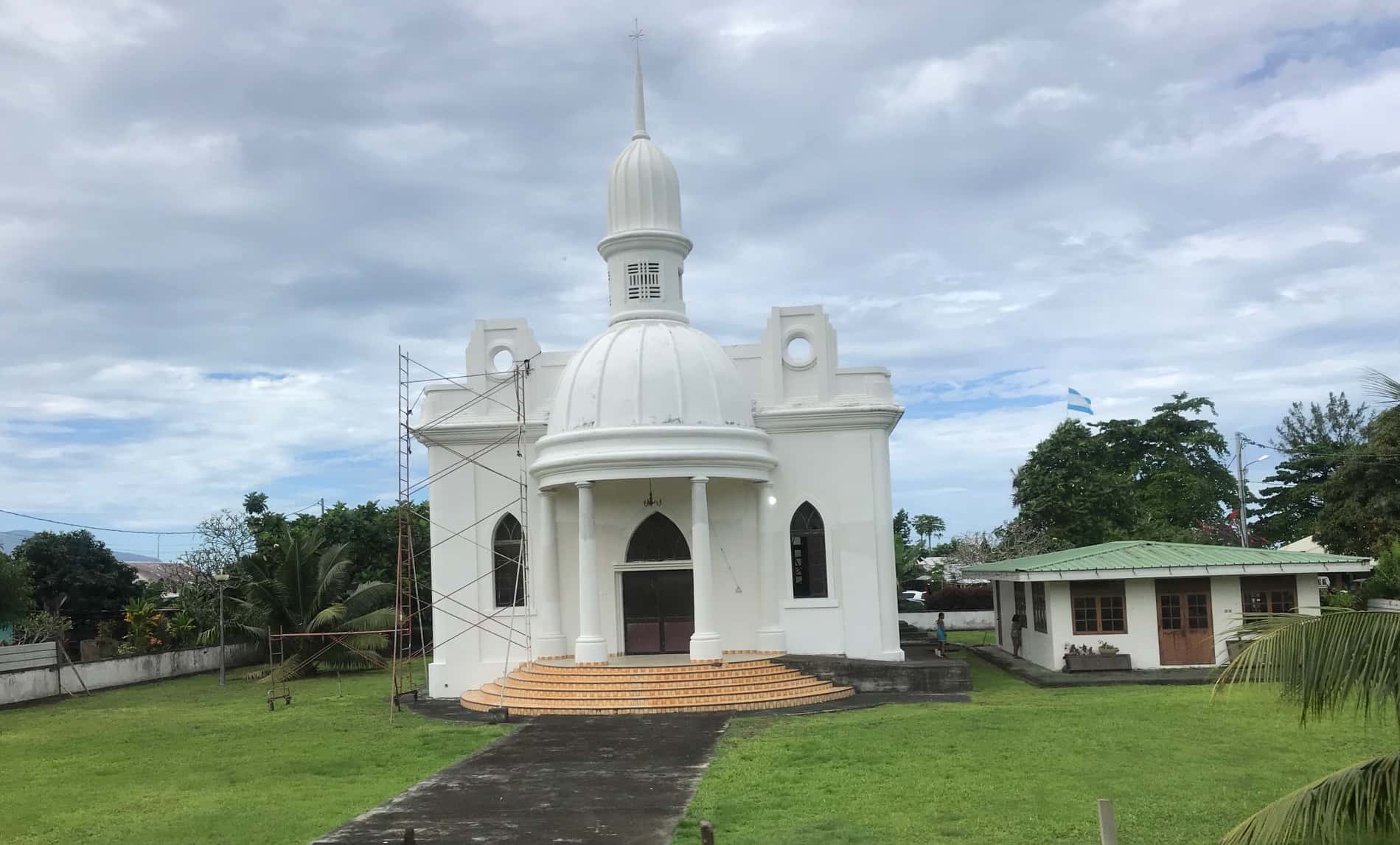
You can find beautiful churches throughout Tahiti, mostly protestant and catholic denominations. The church above was built by a local who had a friend in Saudi Arabia — he was inspired by a postcard he received from his friend, so they changed the top of the steeple.

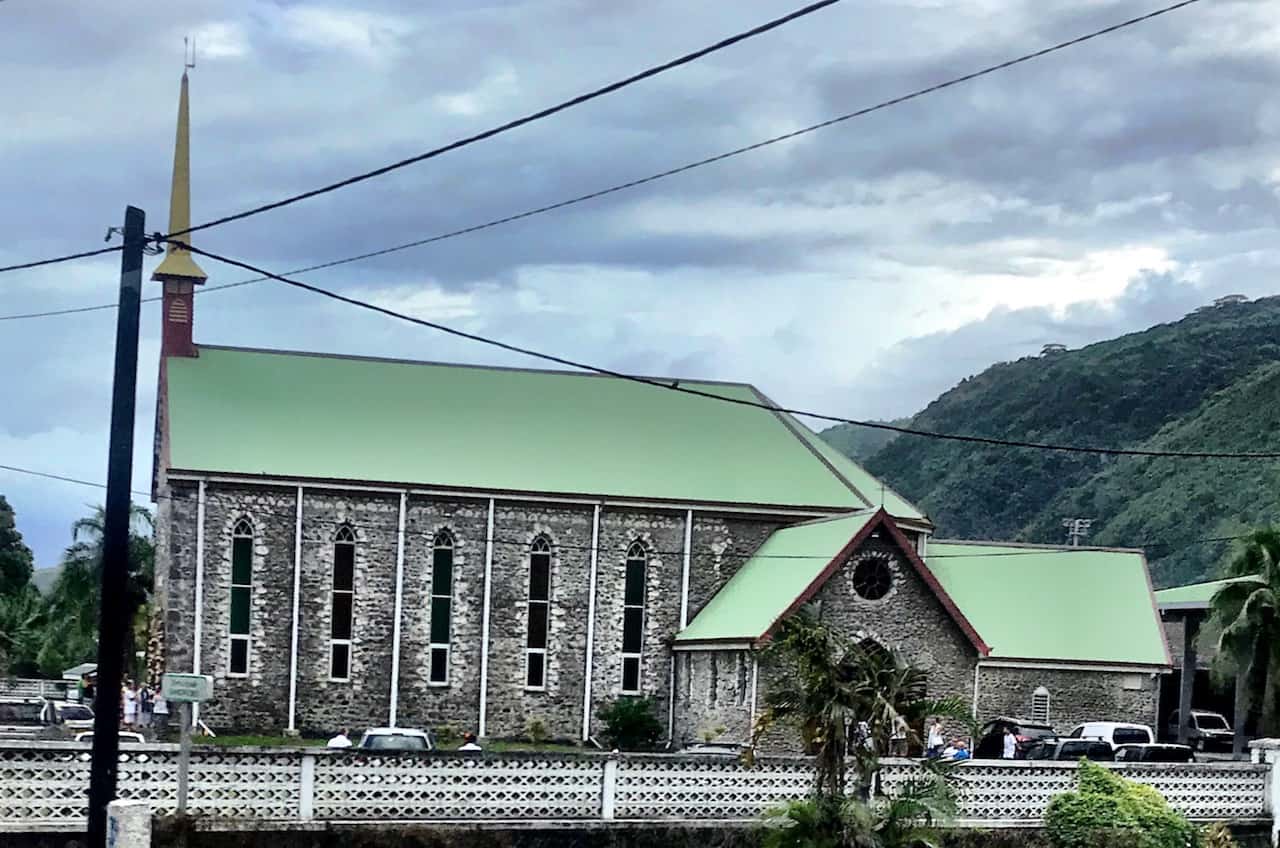
As for the timing of the history, the Christian influences date back to the late 1700’s. British missionaries from the London Missionary Society disembarked in Tahiti in 1797 to convert people to Protestantism and in 1844, the Mormons arrived, converting the first Polynesians in the nearby Tuamotu islands.
Because I was part of the inaugural French Bee flight from SFO to Tahiti in May, there was a ceremony held on the airport tarmac and a priest (Father Christophe) was on-site to bless the new plane. After a little digging, I learn that this type of ceremony is customary and pretty common. In other words, work, politics and the church are intertwined in many ways.
It turns out that pastors, priests and deacons participate in social, economical and political debates and political meetings actually start with a prayer. There’s an integrity from their faith that you feel in your everyday interactions with Tahitians.
Circle the Island by Car
The views as you drive around Tahiti are so breathtaking that even if you don’t have an adventurous spirit and want to be out in nature hiking, biking and walking, you can still absorb the healing powers that this rich mystical land offers.
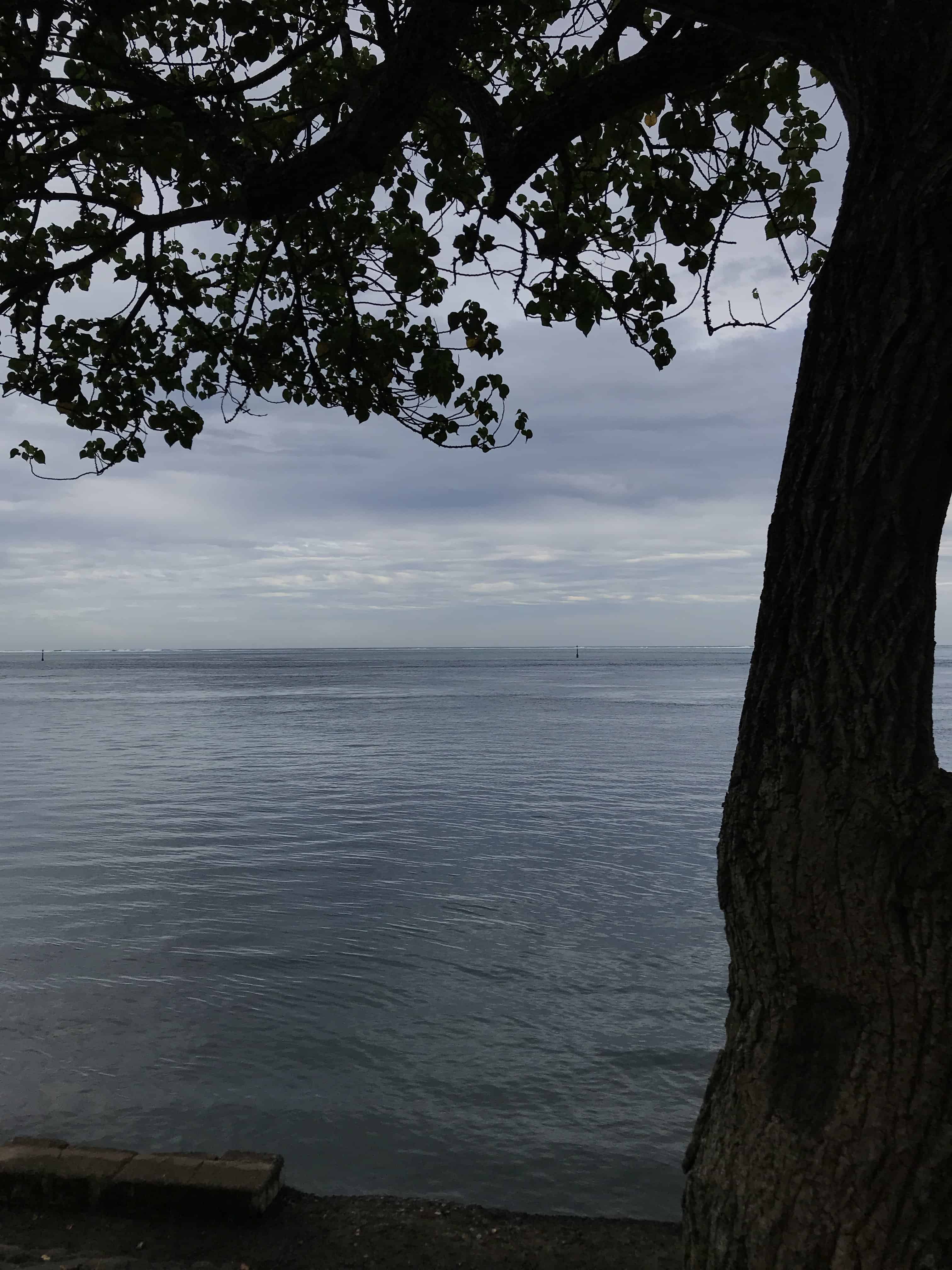
View of the water from the road — west side of Tahiti
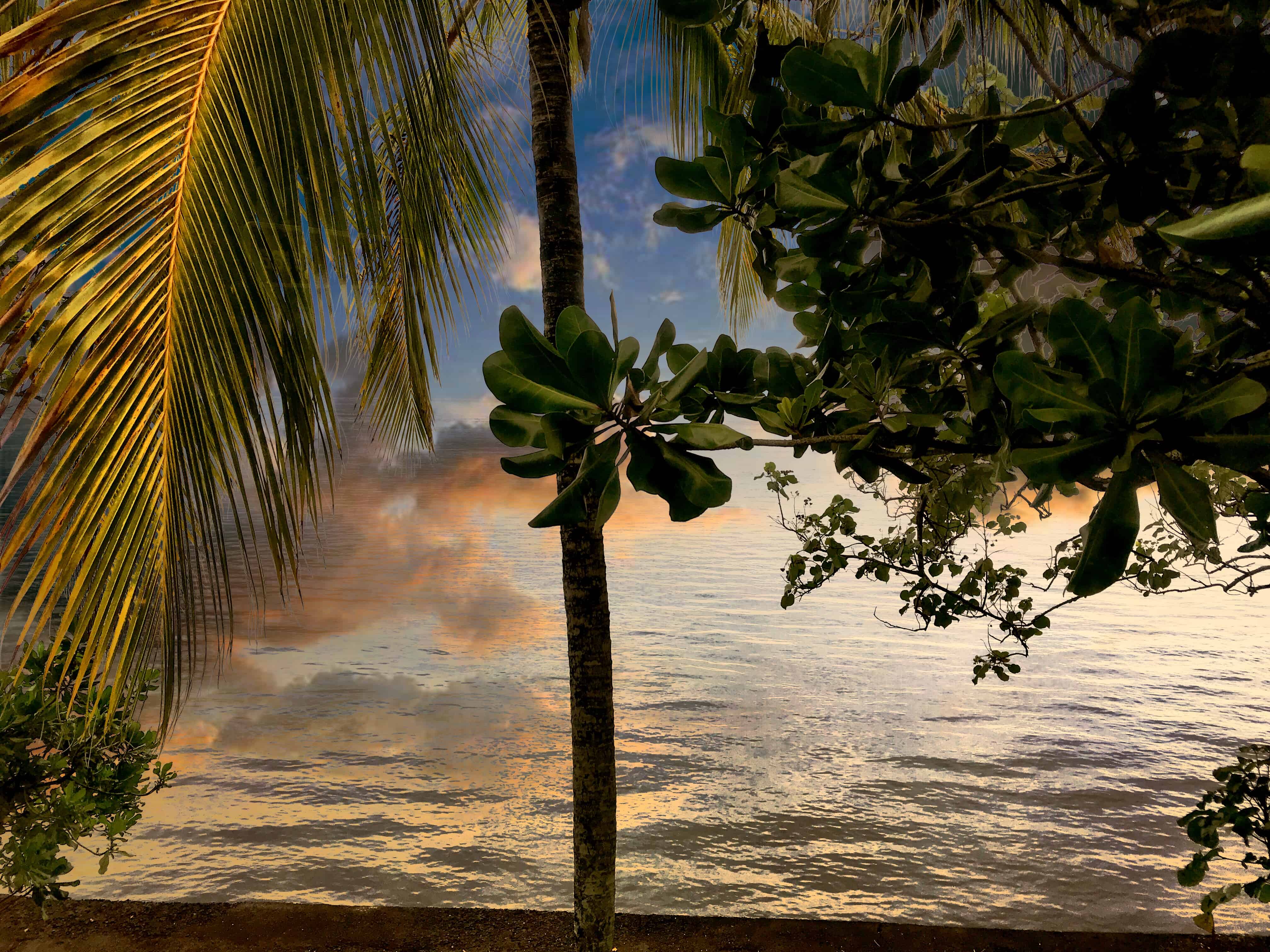
Sunset in Western Tahiti
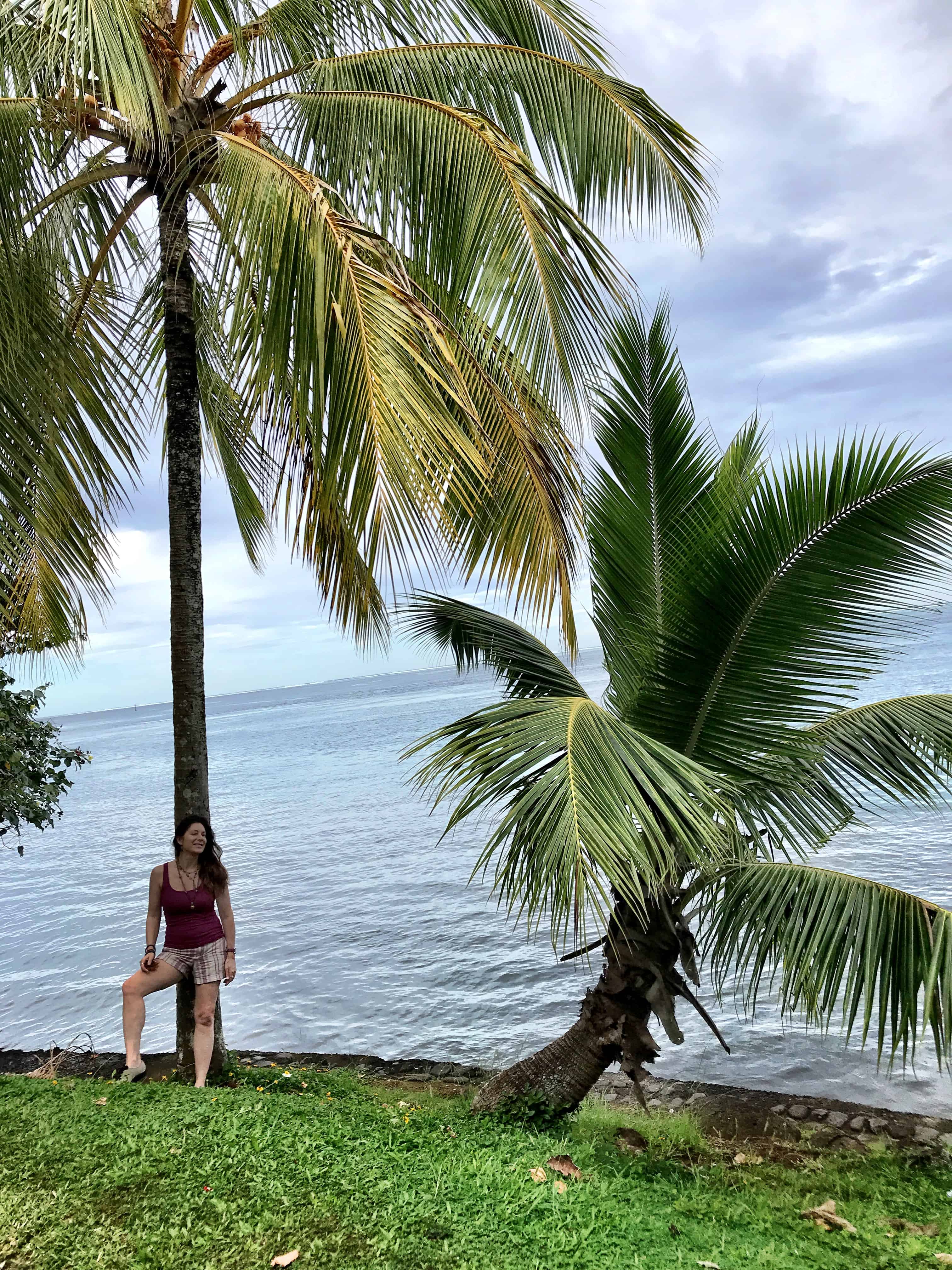
Alongside the road touring around the entire island of Tahiti starting in the west and going around to the east via the capital Papeete (or Pape’ete)
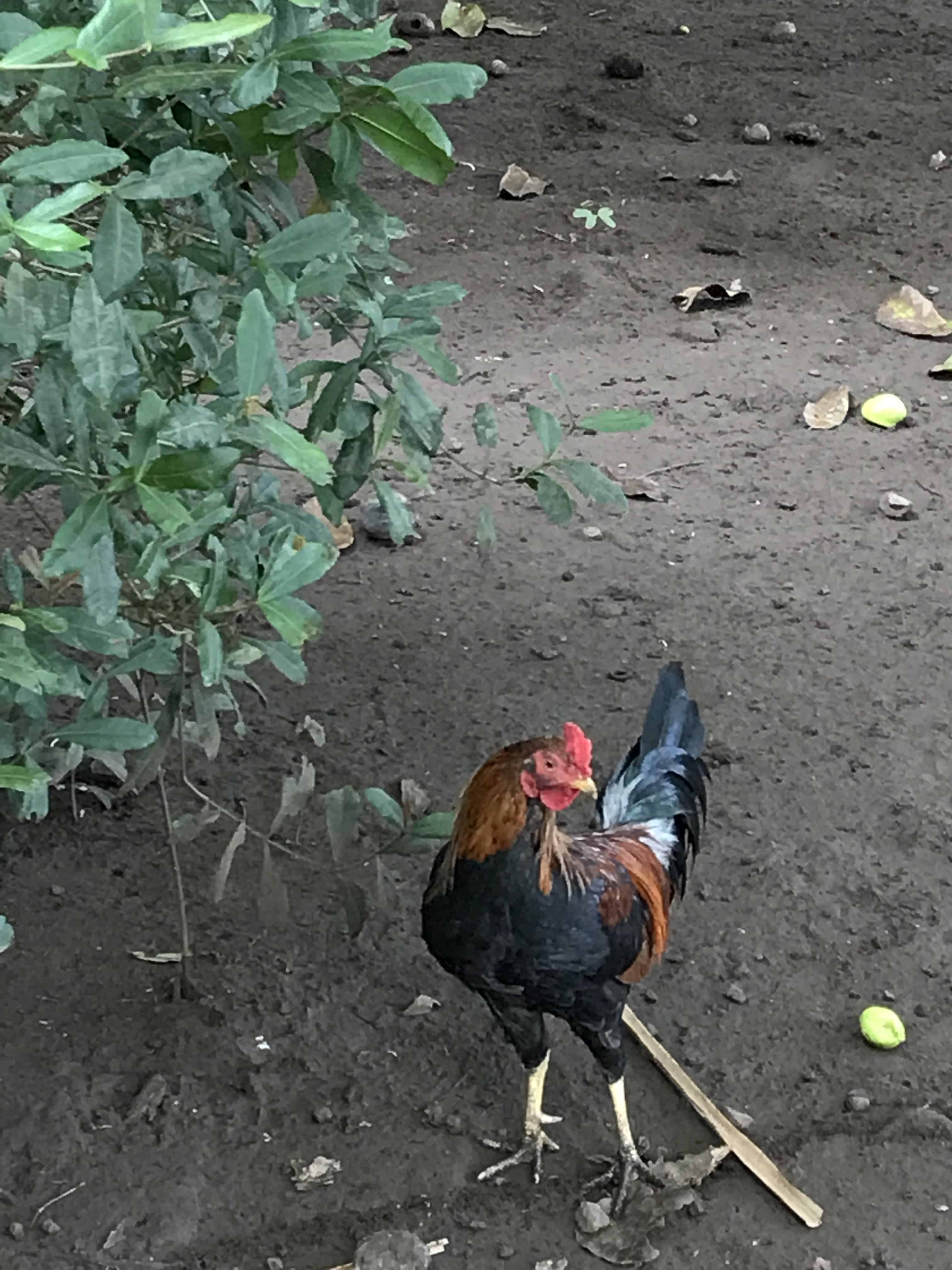
Chickens can be found everywhere.

Sweeping palms alongside the road and the beaches are beautiful everywhere
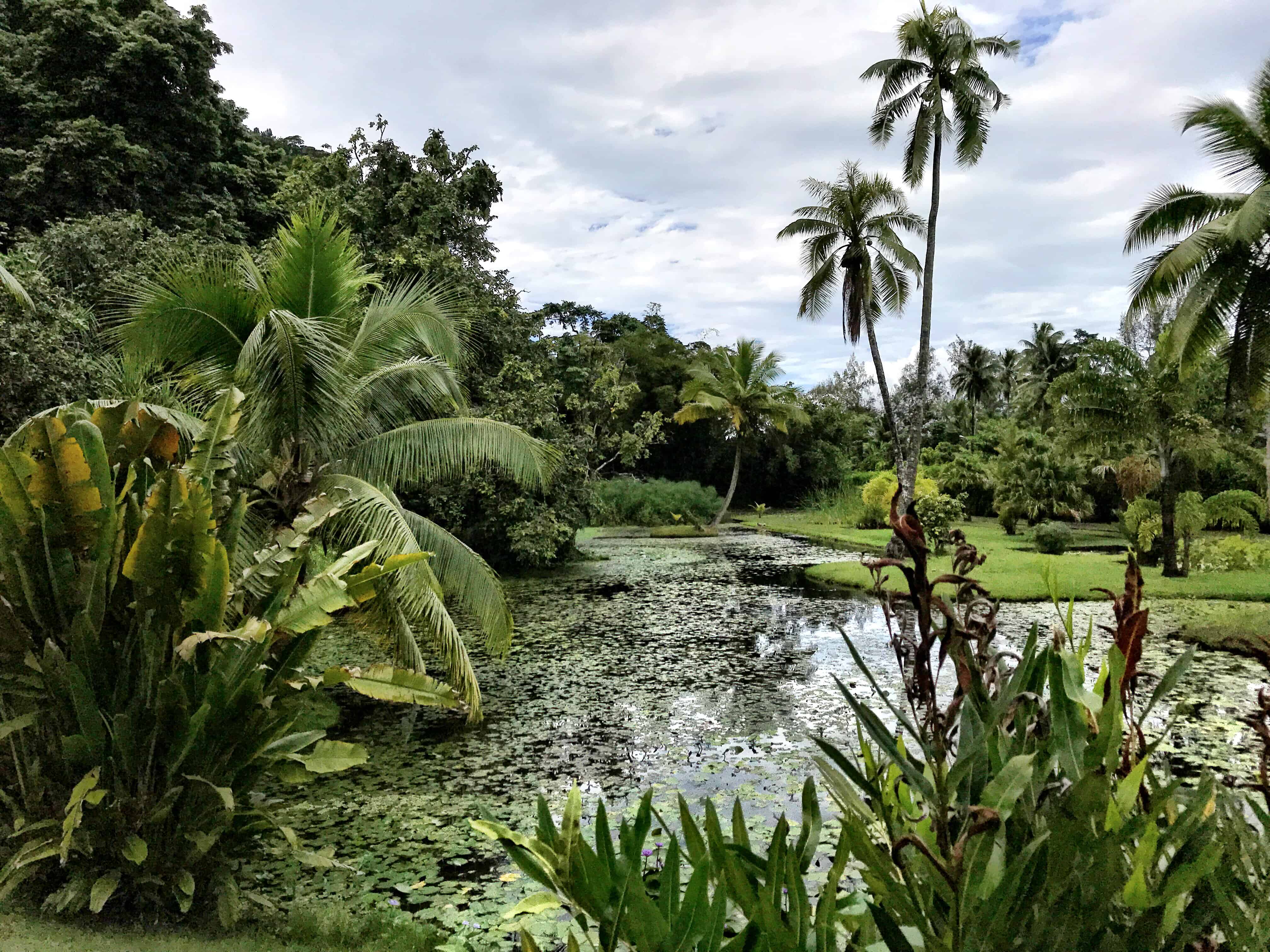
The vegetation is tropical and very green. Lily pads. Palm trees. Island flowers.
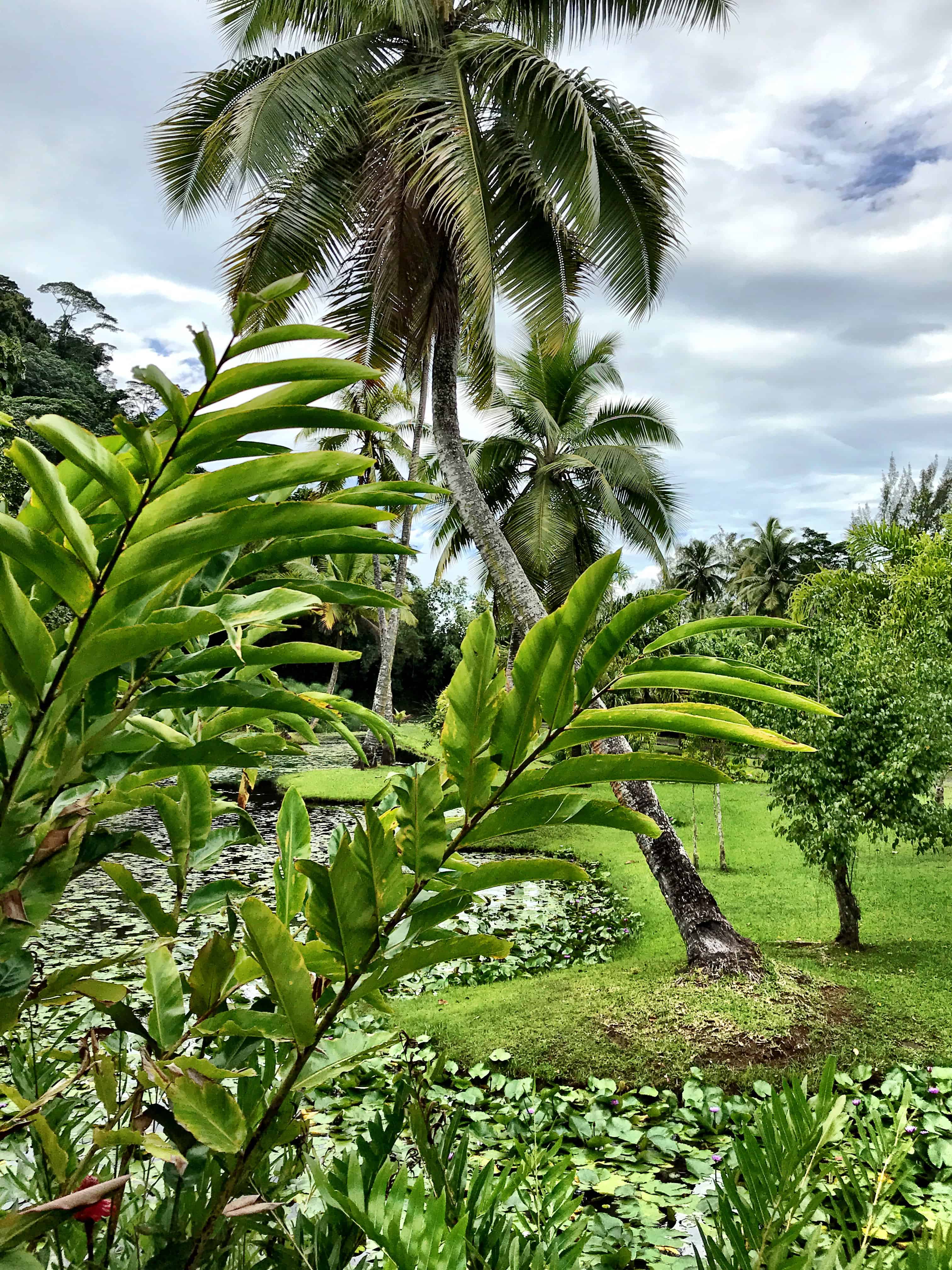
Picture perfect paradise
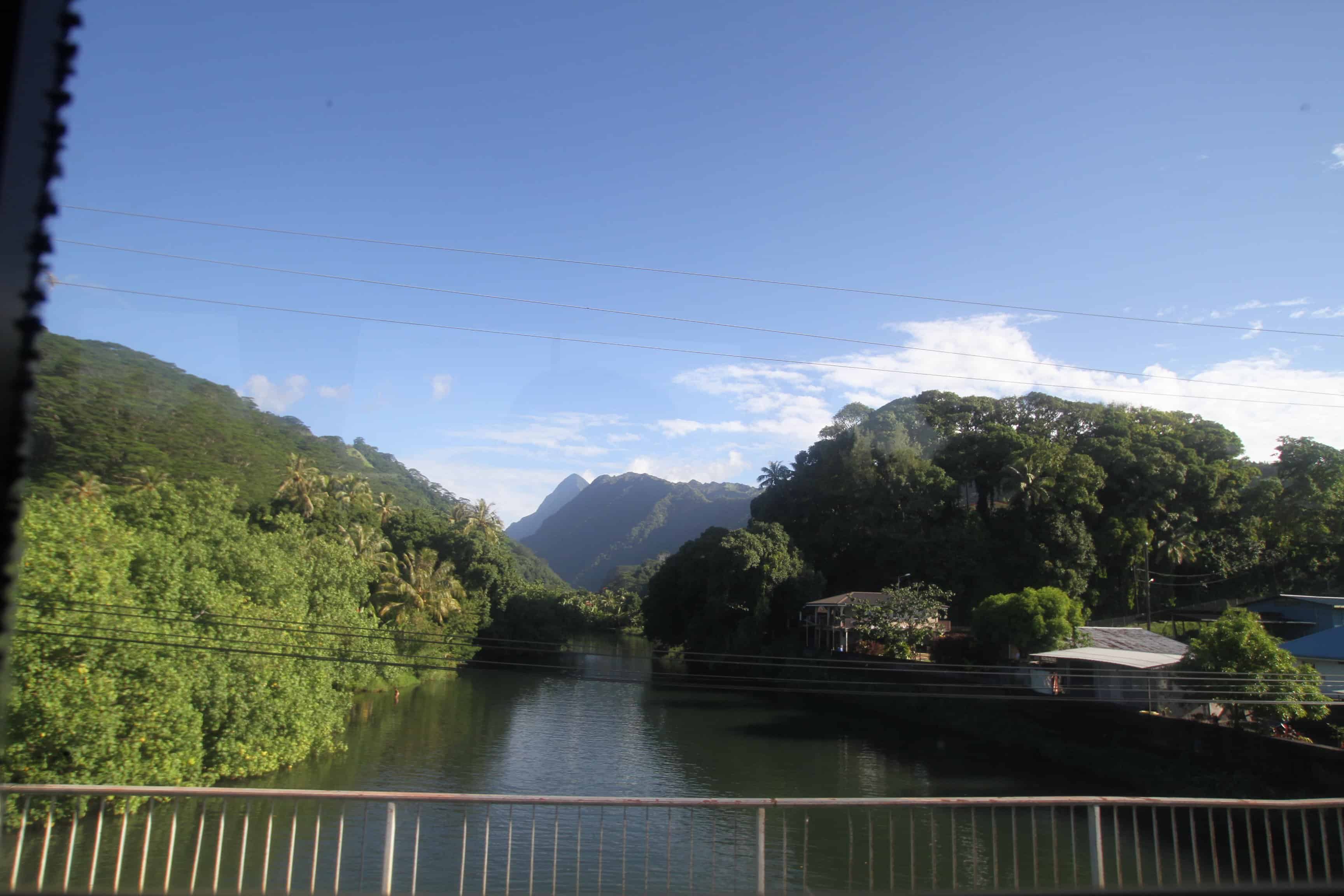
Mountain views are as stunning as the beaches are and can be found everywhere you turn.
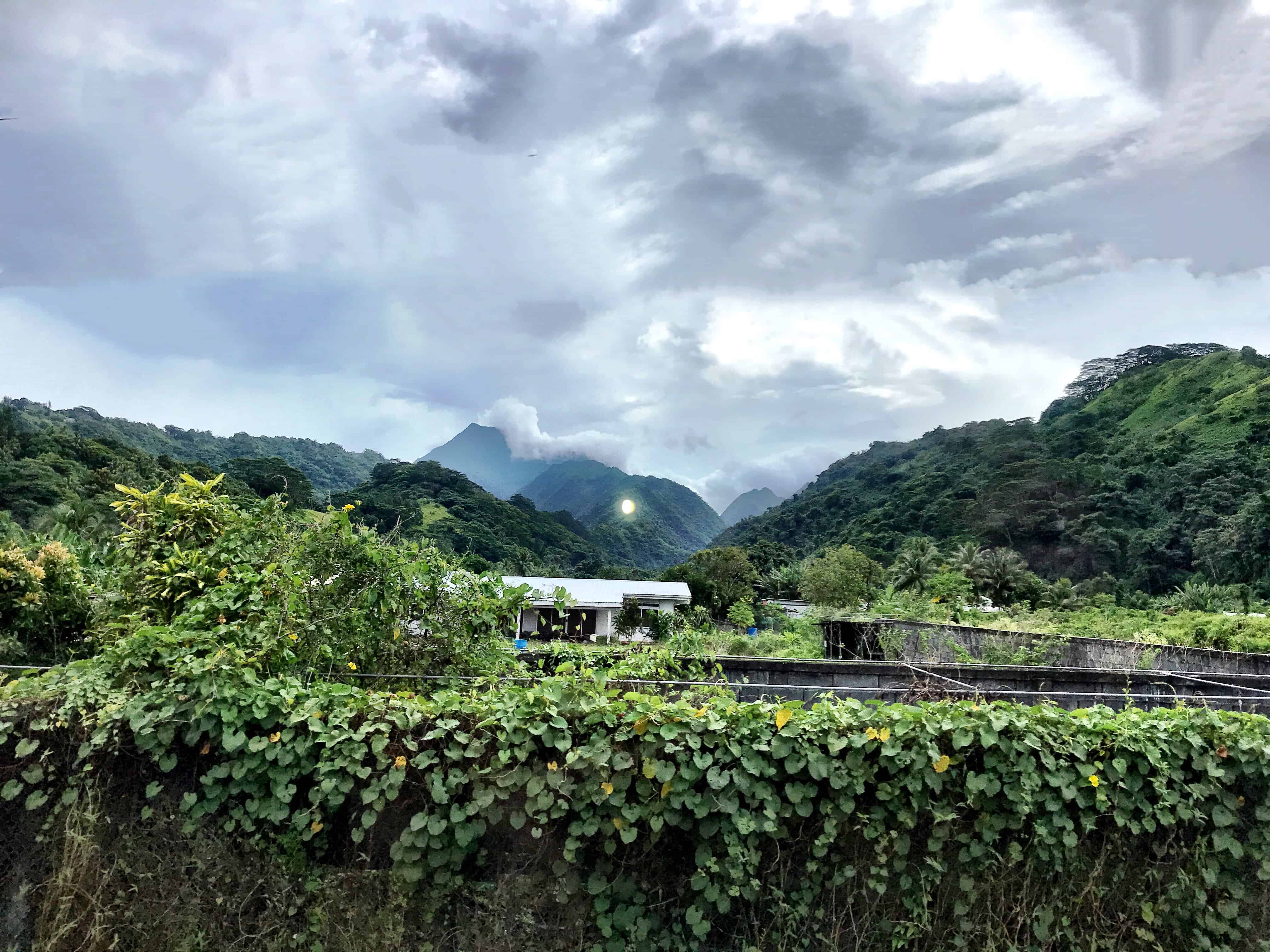
Even on cloudy days, you’ll be wowed by the views in all directions.
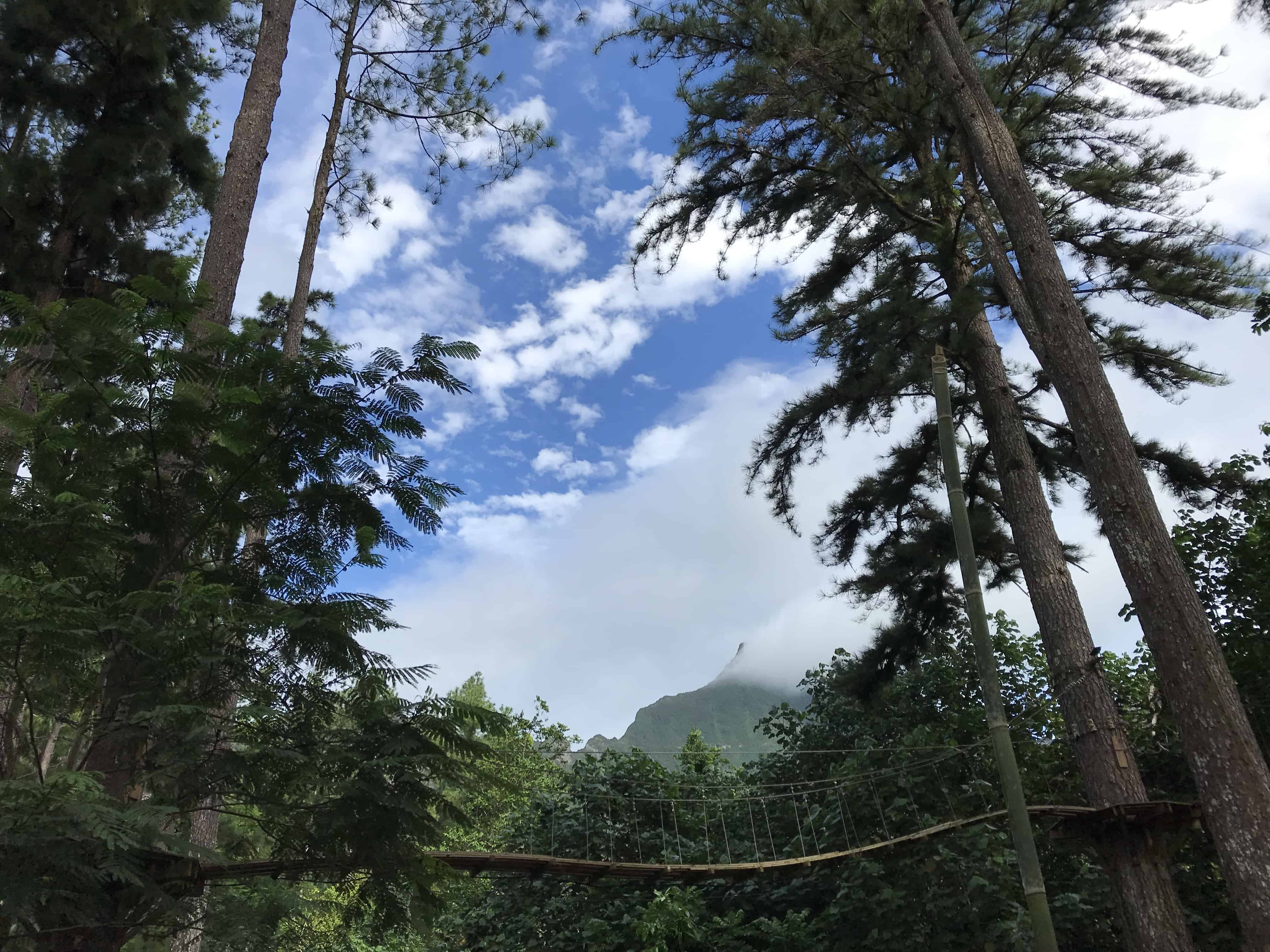
Tahiti in all her glory
The Tahitian People
Simply by walking around, you’ll absorb the culture. Because Tahitians are so friendly and many speak English in addition to French and their native language, you’ll find it easy to strike up conversations wherever you go.
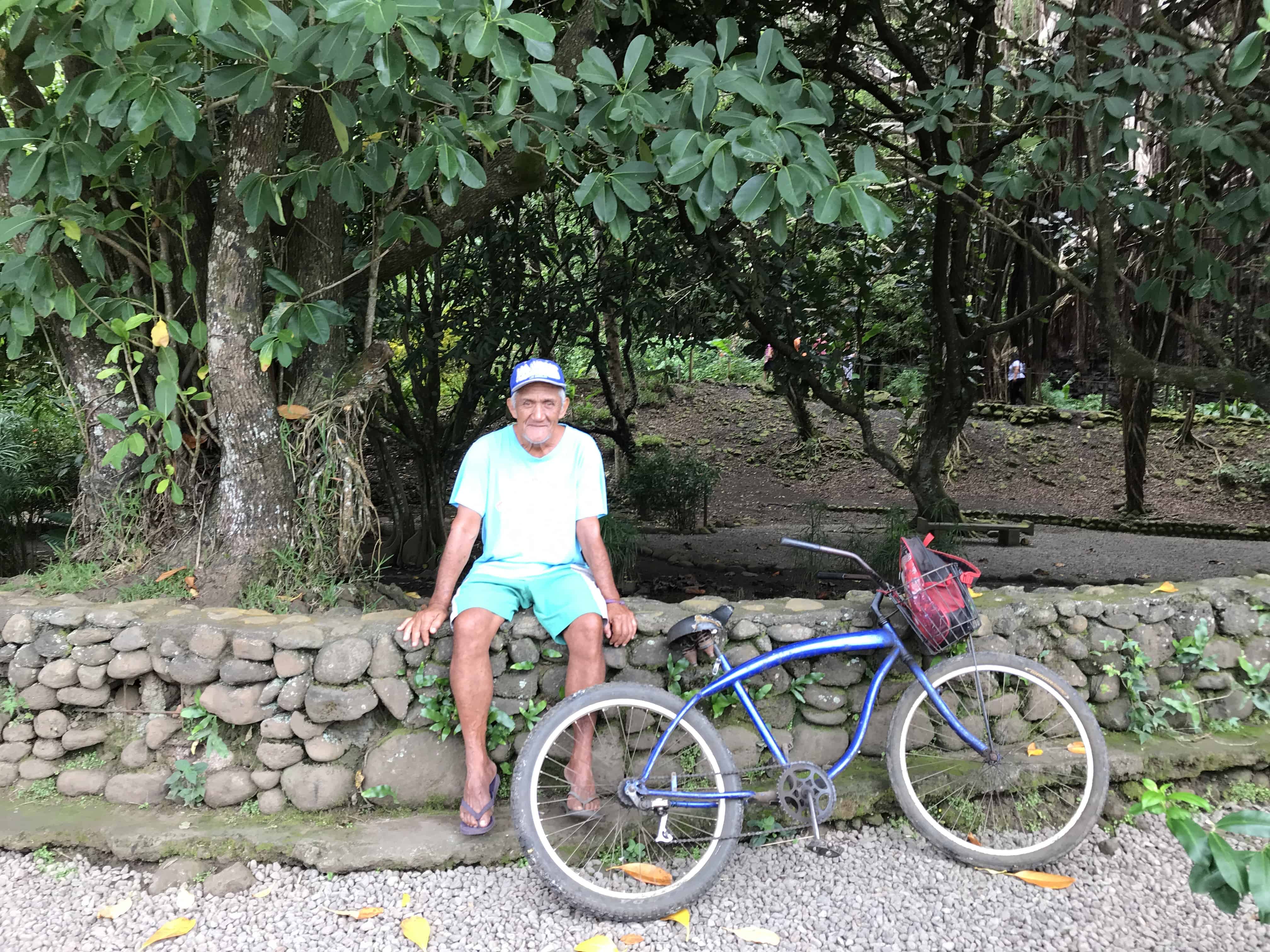
Tahitian people are friendly and warm and….there’s always a smile involved.

Just look at the sense of love this father has for his two children. This family was picnicking at the Double Waterfalls on the main island of Tahiti.
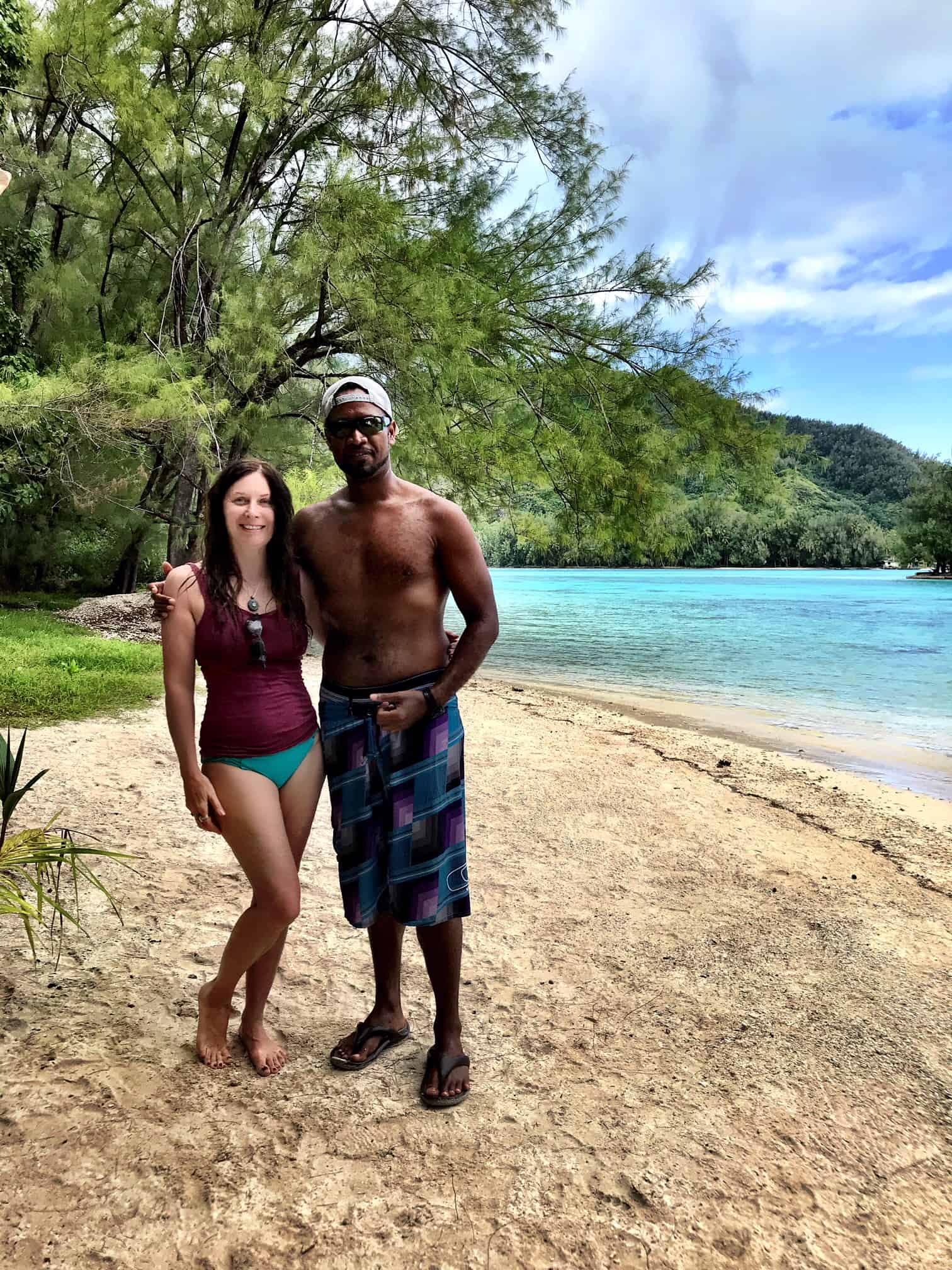
Our bartender at this private little enclave where we swam like dolphins and with stingrays and sharks. Taken near the Lagoon. Did I mention that the Tahitian men are incredibly handsome?
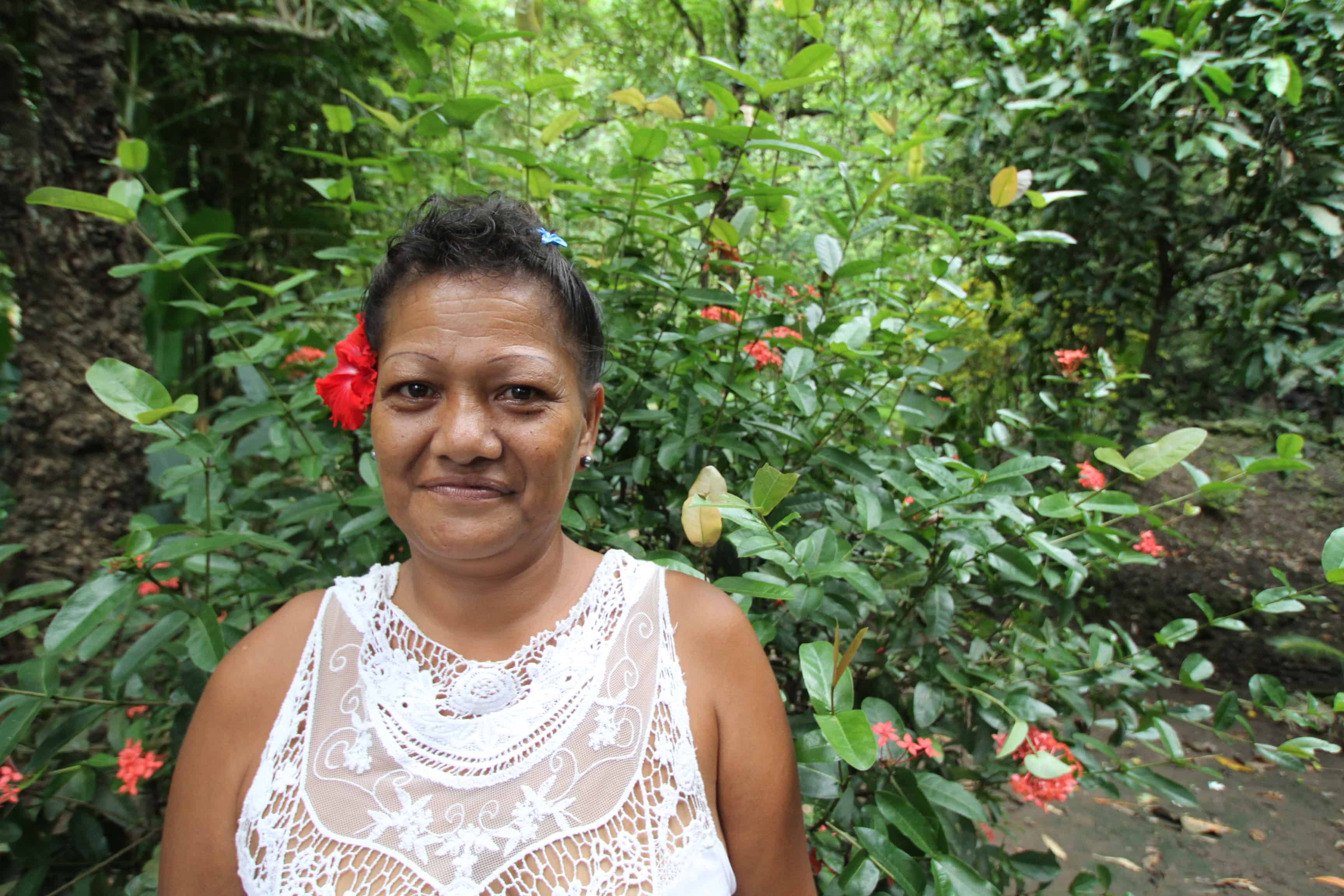
Taken at an off the road stop along the way. She helped direct me to where I could find more vibrant flowers like the one she is wearing in her hair. For those who don’t know this French Polynesian custom: when you wear a flower on the left side of your ear, it signifies that you are in a relationship, whereas behind the right ear, it lets others know you are single.
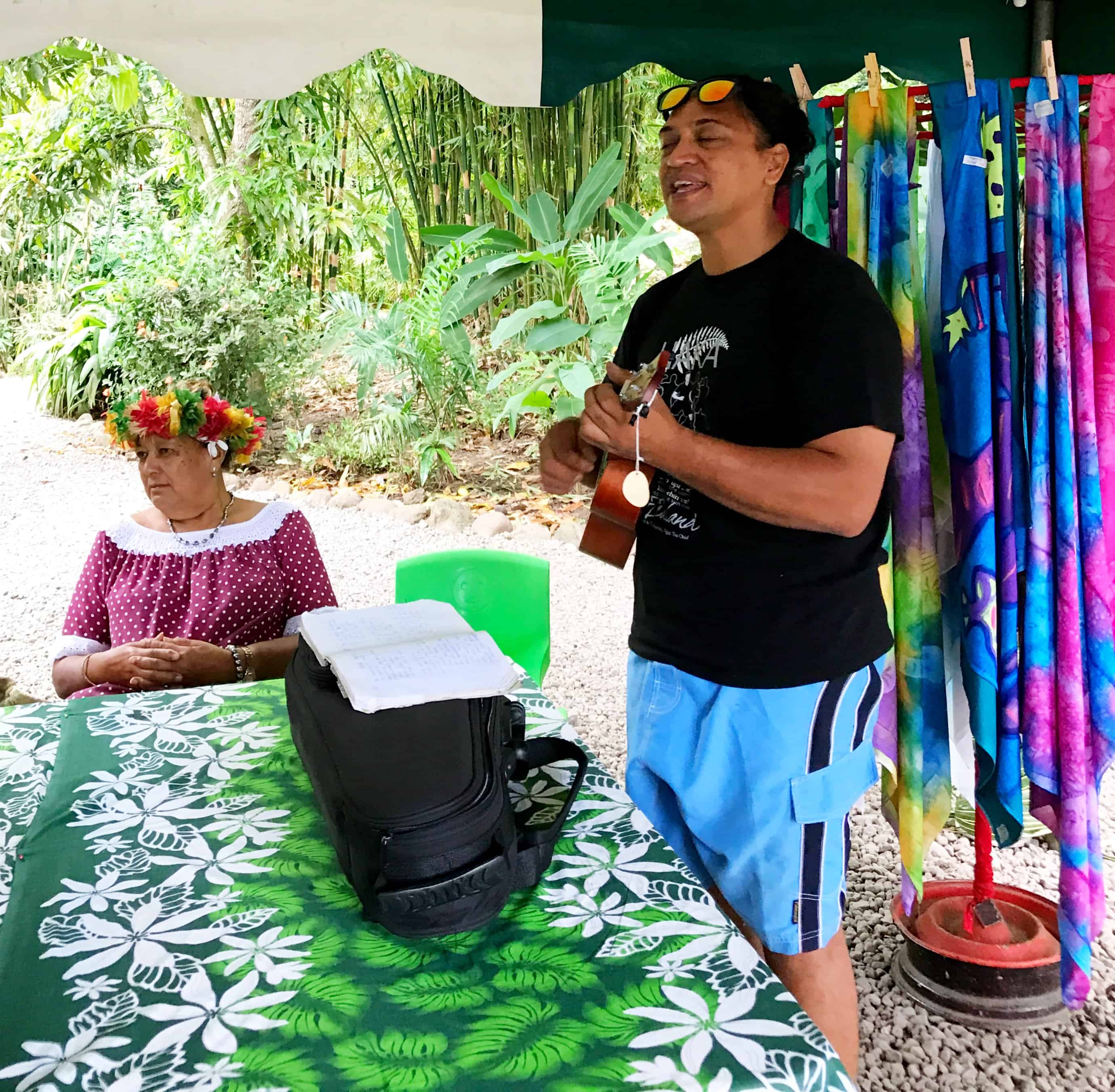
He was strumming away under a tent where they were selling sarongs near the Botanical Gardens. There was so much joy coming from his face as he sang.
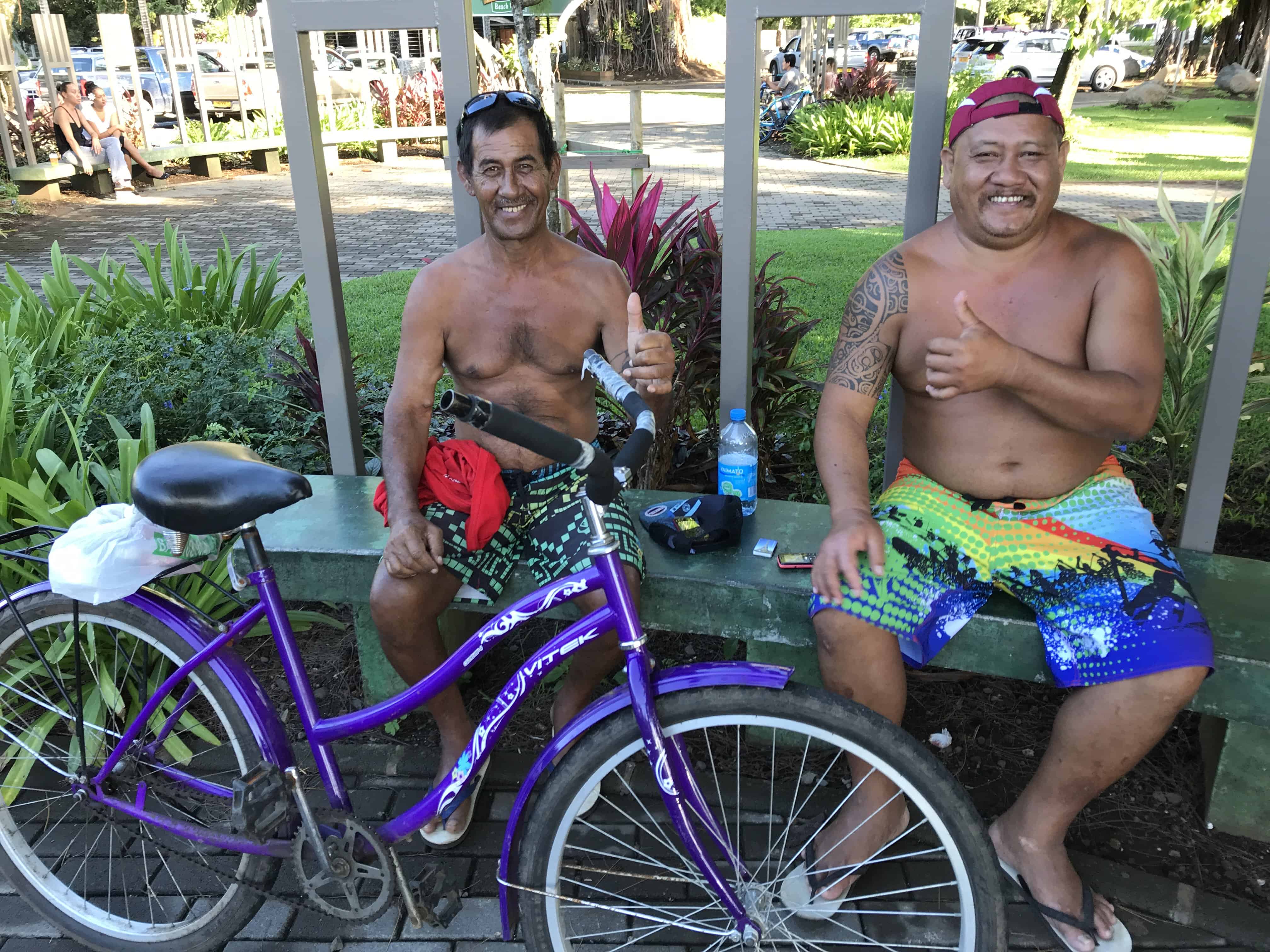
They’ll joke around with you too if you want to be playful. These two loved hamming it up in front of the camera.
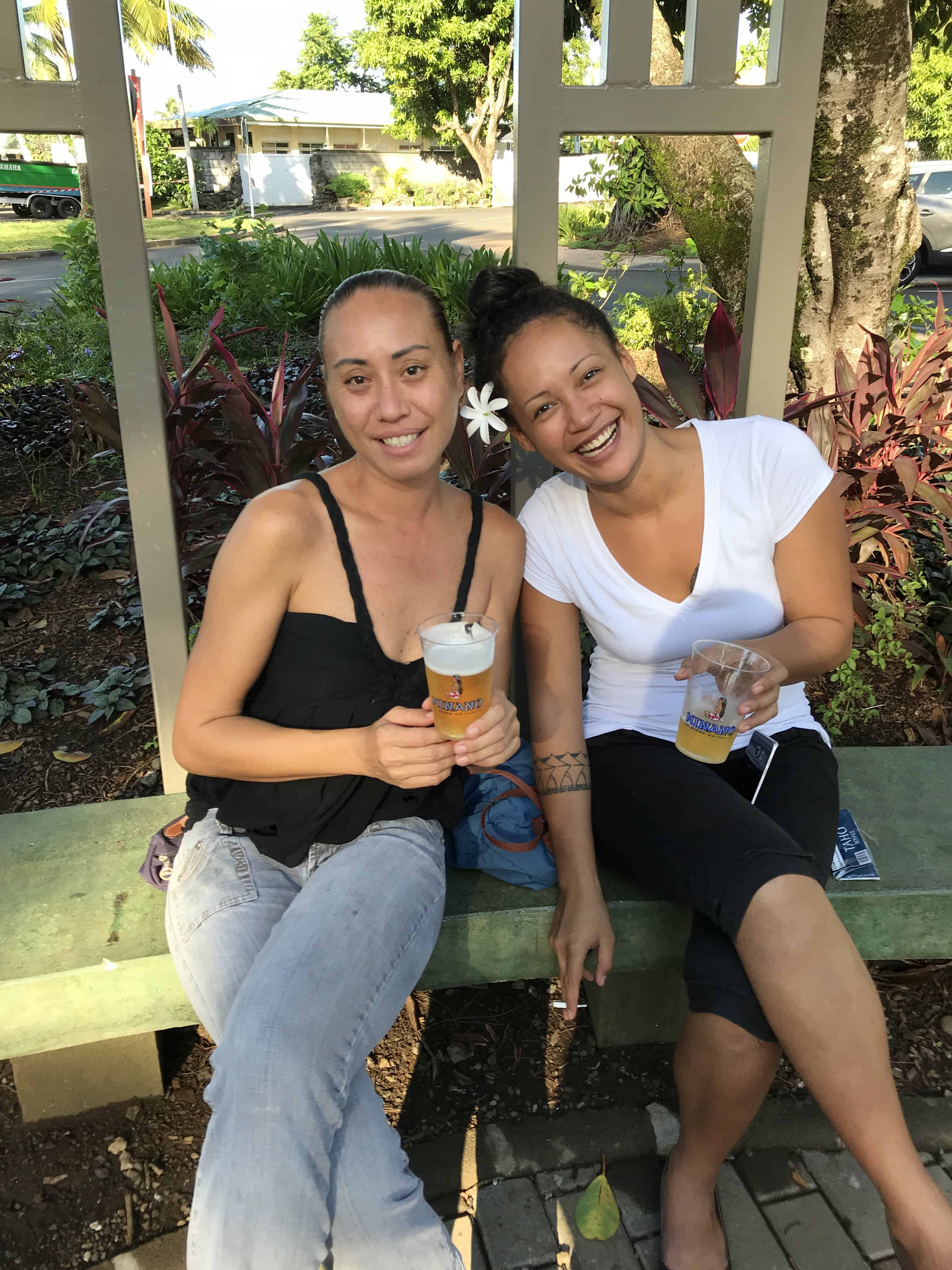
I ran across these two in a park not far from Venus Point. They wanted to make sure their beer was showing when I took the shot, indicating they’re having “girl time” fun and all is good!
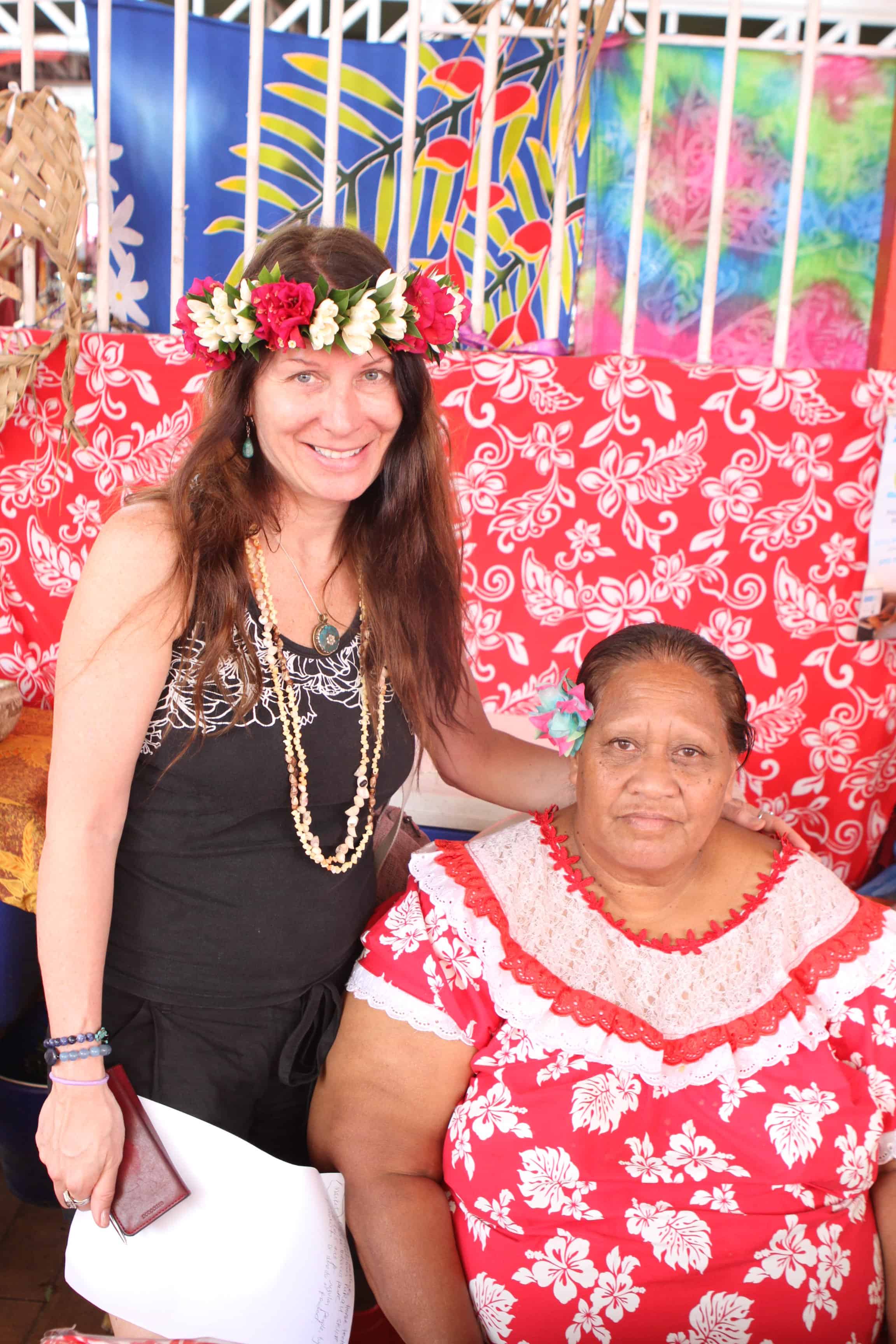
At the Arts Center
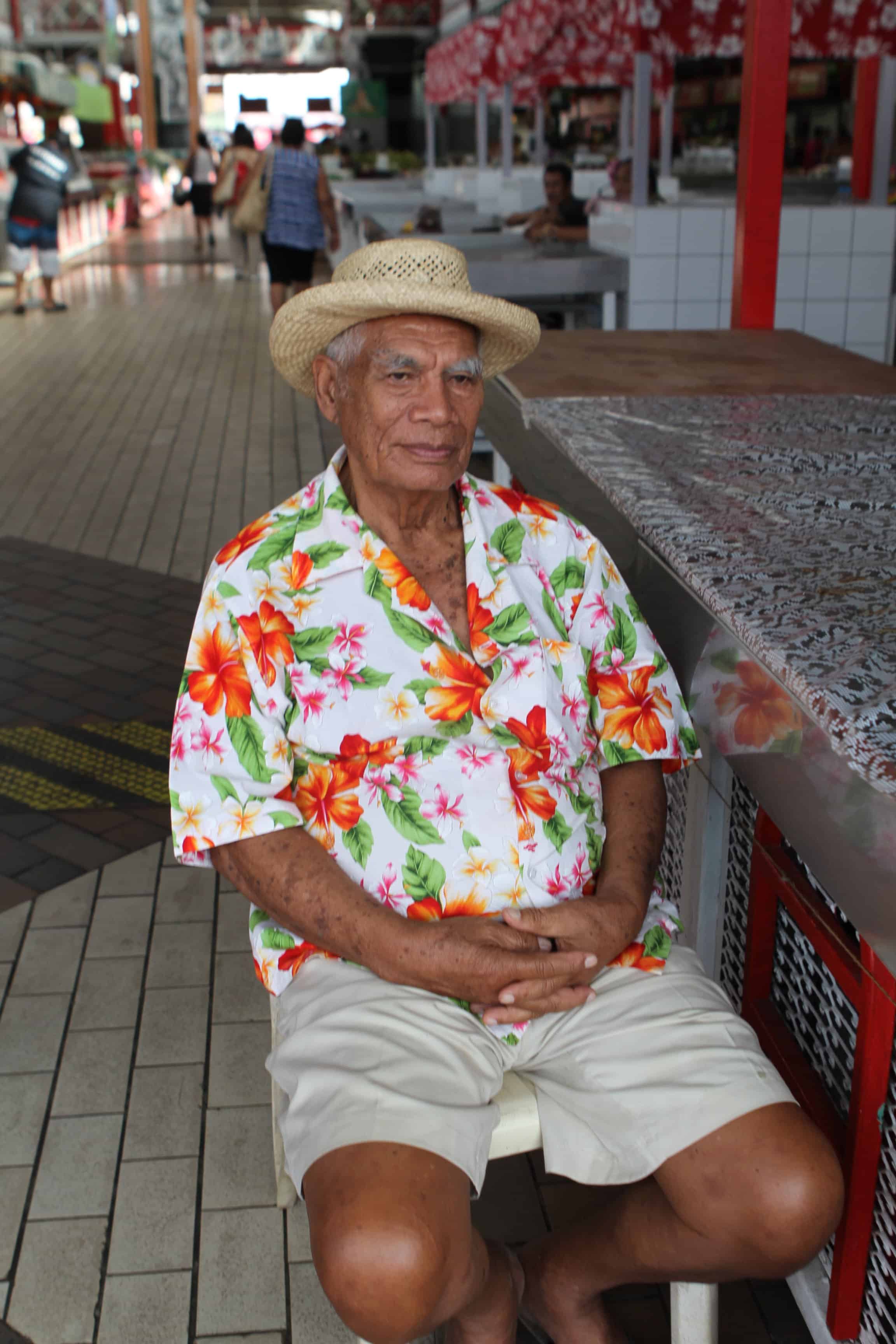
At the Market
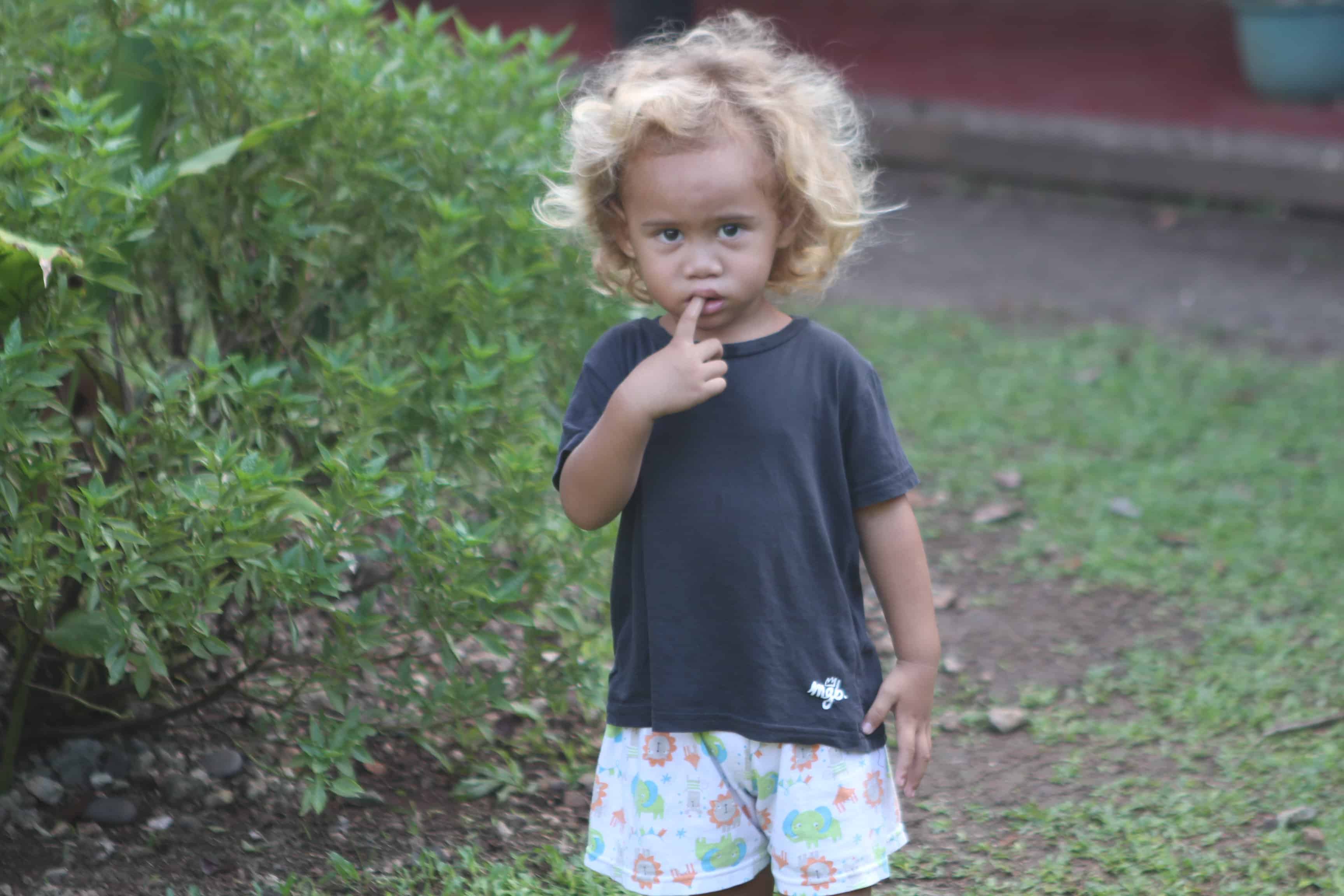
What a cutie!!

Inside the Arts Center Courtyard

Learning basket Weaving at the Tiki Village
Roberat Keeable House
This beautiful house with breathtaking views of the ocean is owned by Roger and his wife Juliette. She takes care of the gardens and shares her extensive knowledge of the flowers and plants and their healing and medicinal benefits for minor ailments as well as more serious diseases and conditions.
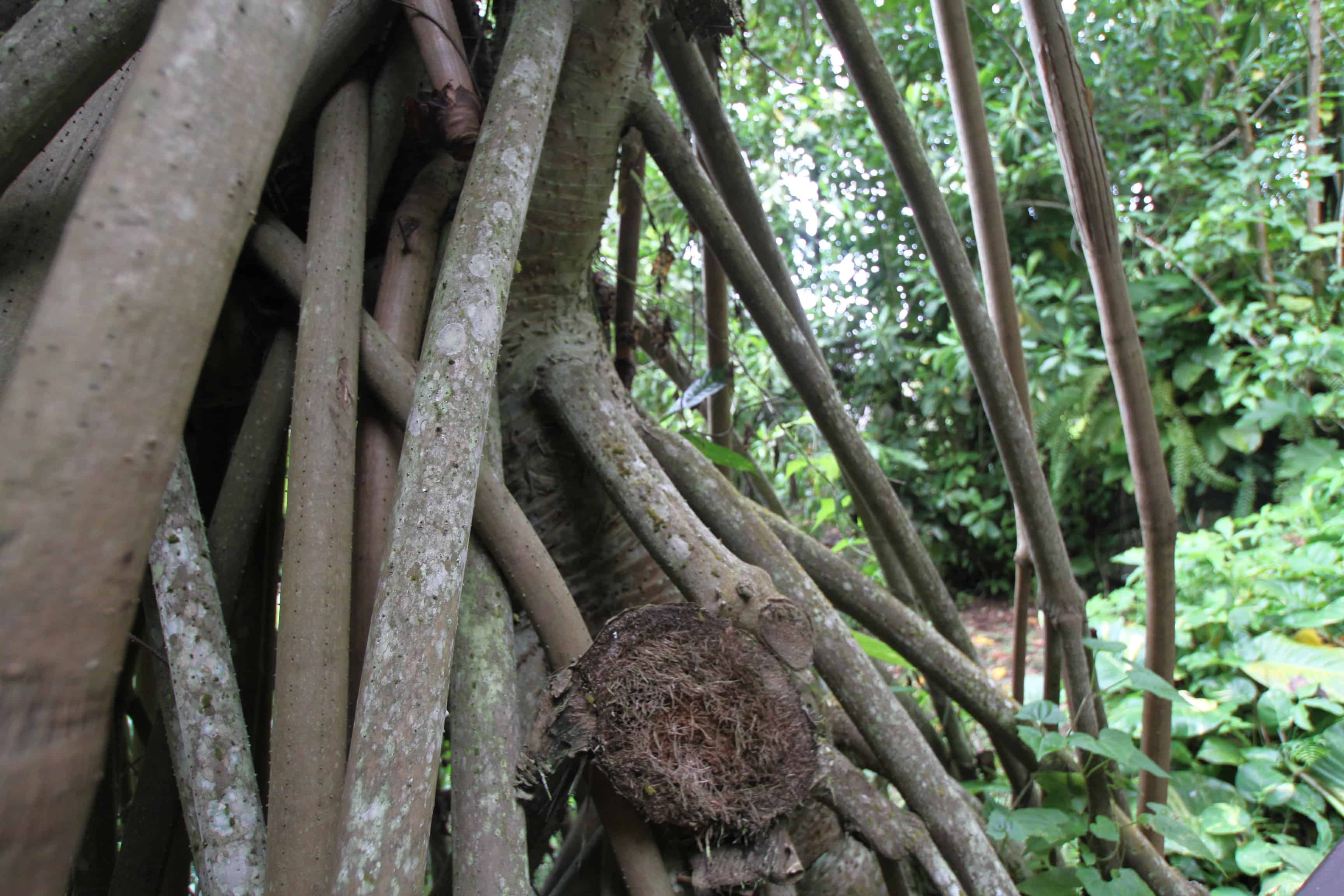
Incredible tree trunks in their back yard
Juliette walks us through their grounds by foot. We spoke of leaves and roots of plants but also of the health benefits to local food sources. Breadfruit (or uru) can be found in abundance in French Polynesia and there are apparently countless varieties of uru, including round, oval, smooth, rough and so on. Its bark is used to make tapa, which is a cloth used by women in the kitchen.
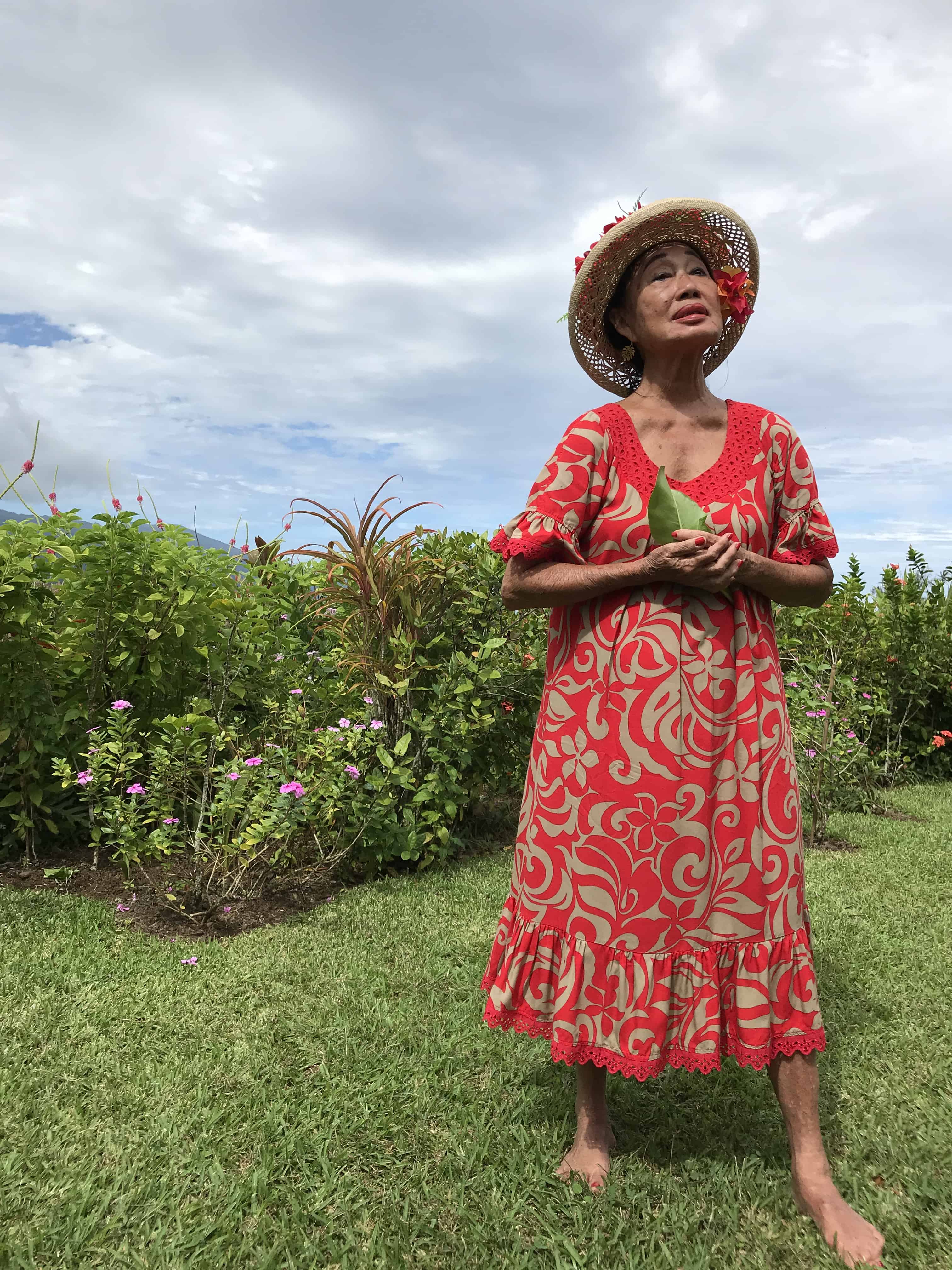
Juliette shares her knowledge of medicinal plants and their healing properties
It is believed that the Noni plant has been used for over 2,000 years for its medicinal properties and that around 40 traditional remedies can be derived from its roots, leaves, bark or noni fruit, mainly to treat wounds and inflammations. It has also been used to help prevent cancer, diabetes, hypertension, allergies, migraines, arthritis and even obesity. You can also get Noni in juice form or as a dietary supplement, and it is meant to act as a stimulating antioxidant.
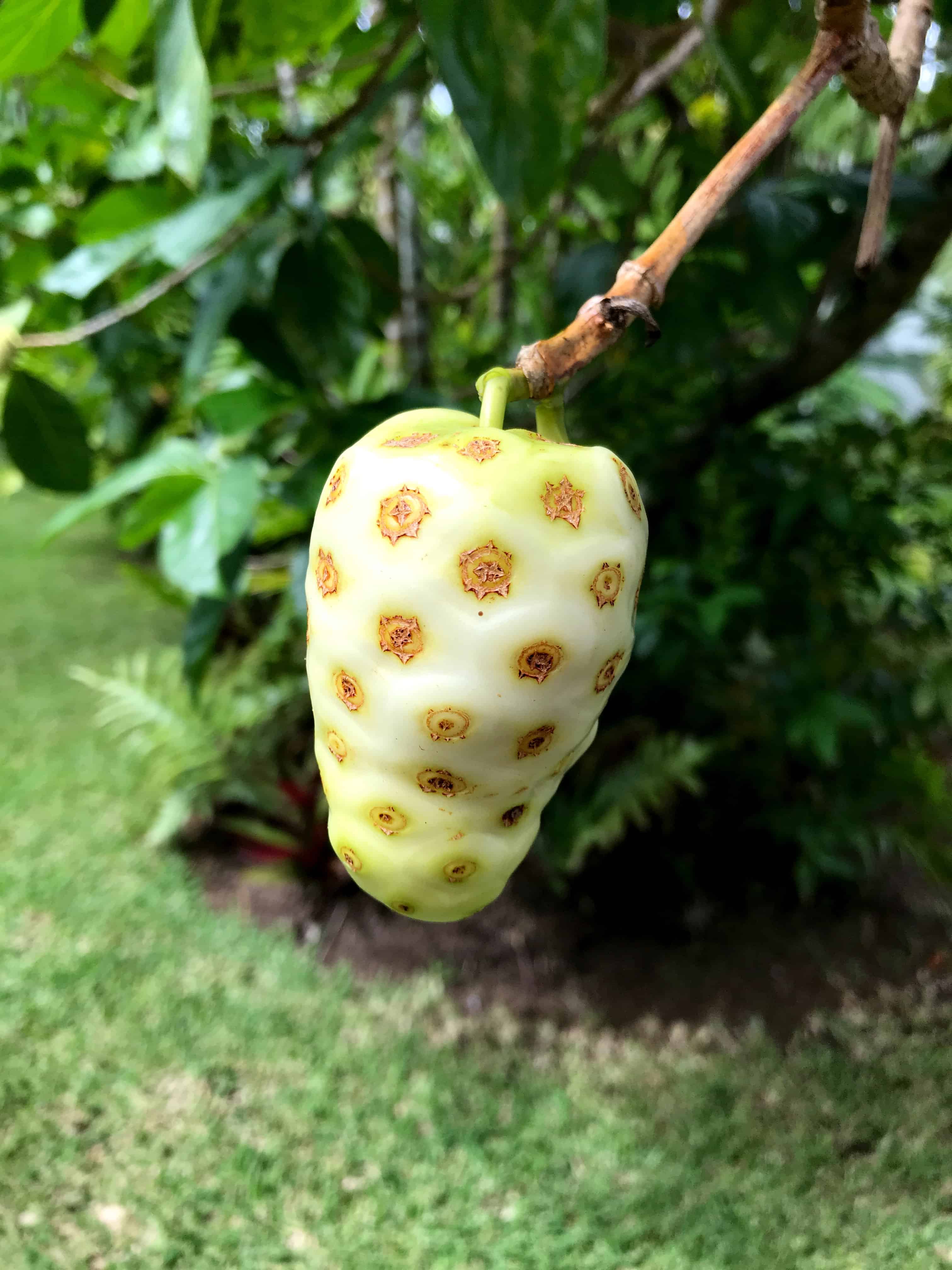
Nori can be found throughout French Polynesia. It is a great source of micro-nutrients, containing more vitamins and minerals than most vegetables and fruit. It is particularly full of vitamins B12 and C as well as the minerals iron, calcium and zinc. The above Noni fruit was hanging in Juliette and Roger’s garden.
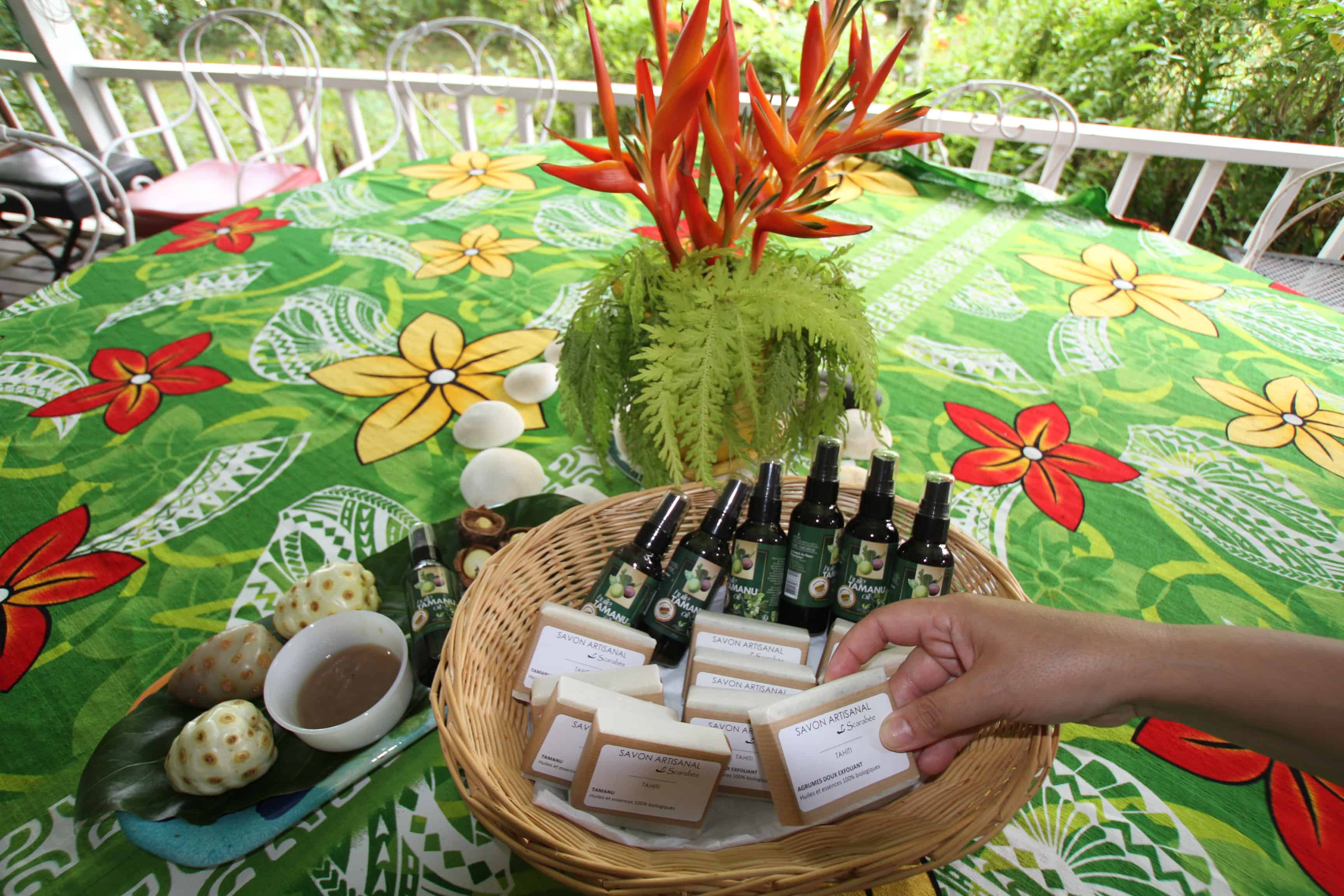
Natural Noni oils and soaps they sell on-site
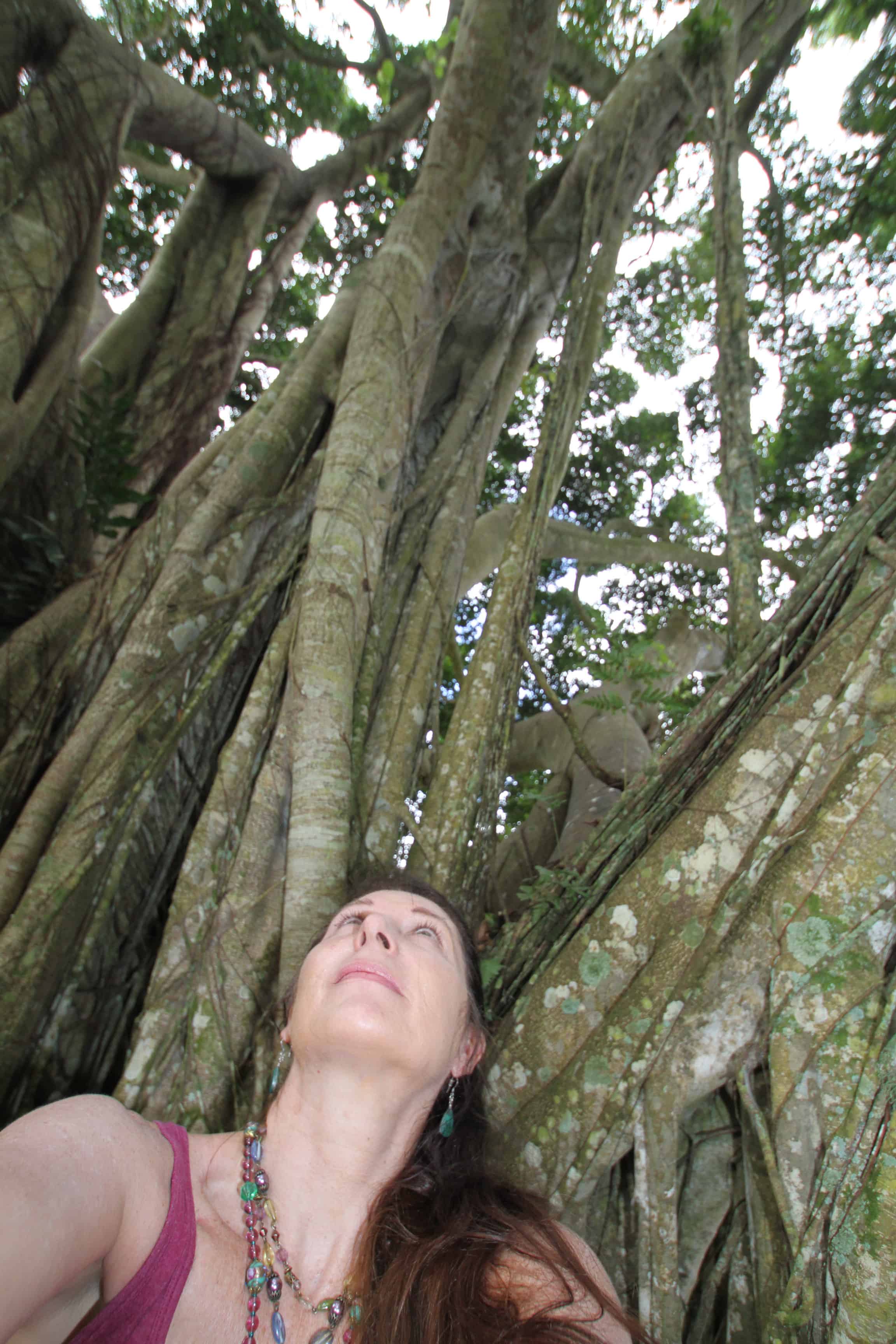
Their majestic trees in the backyard
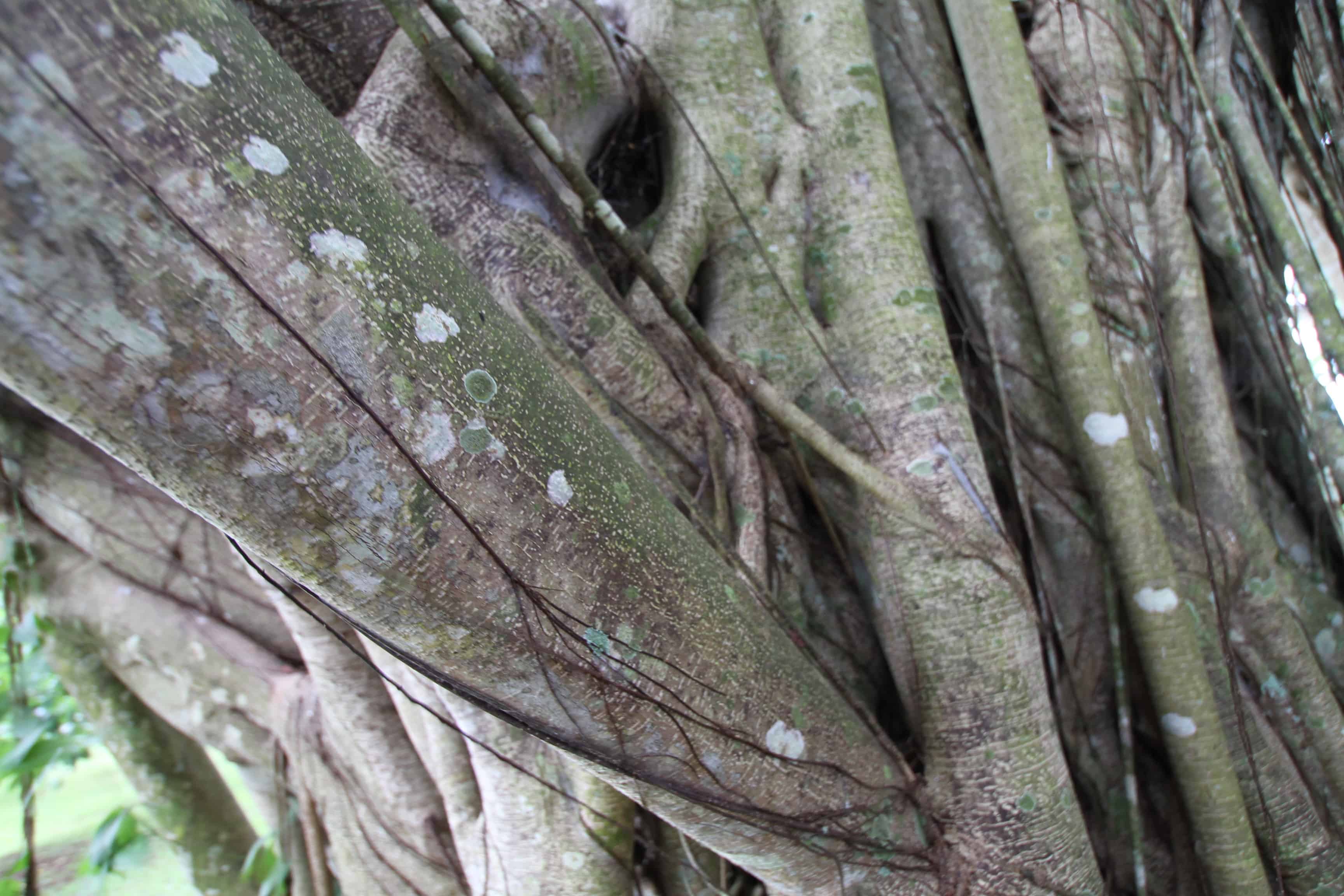
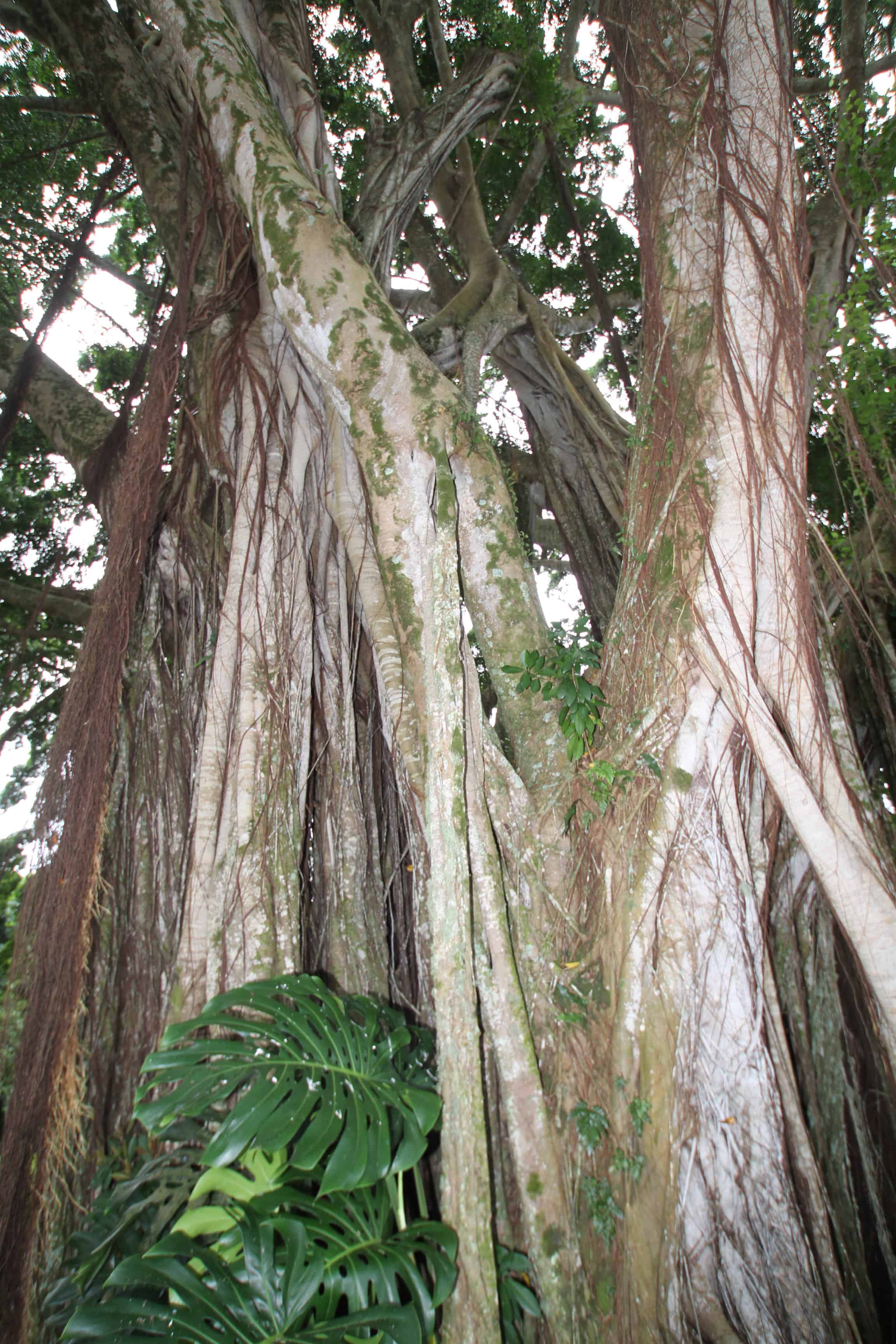
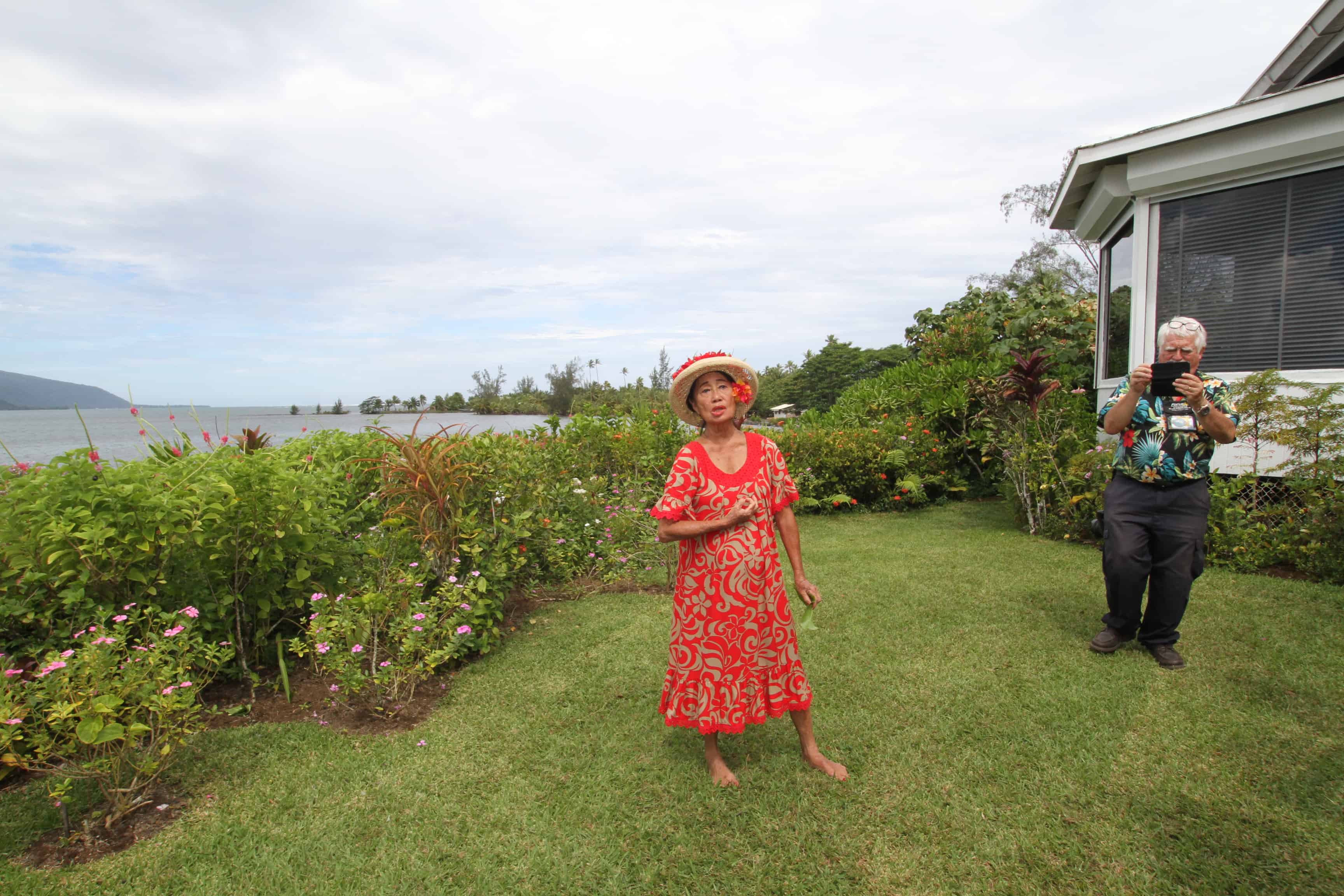
Juliette speaks to us in the front garden – just look at these breathtaking views!
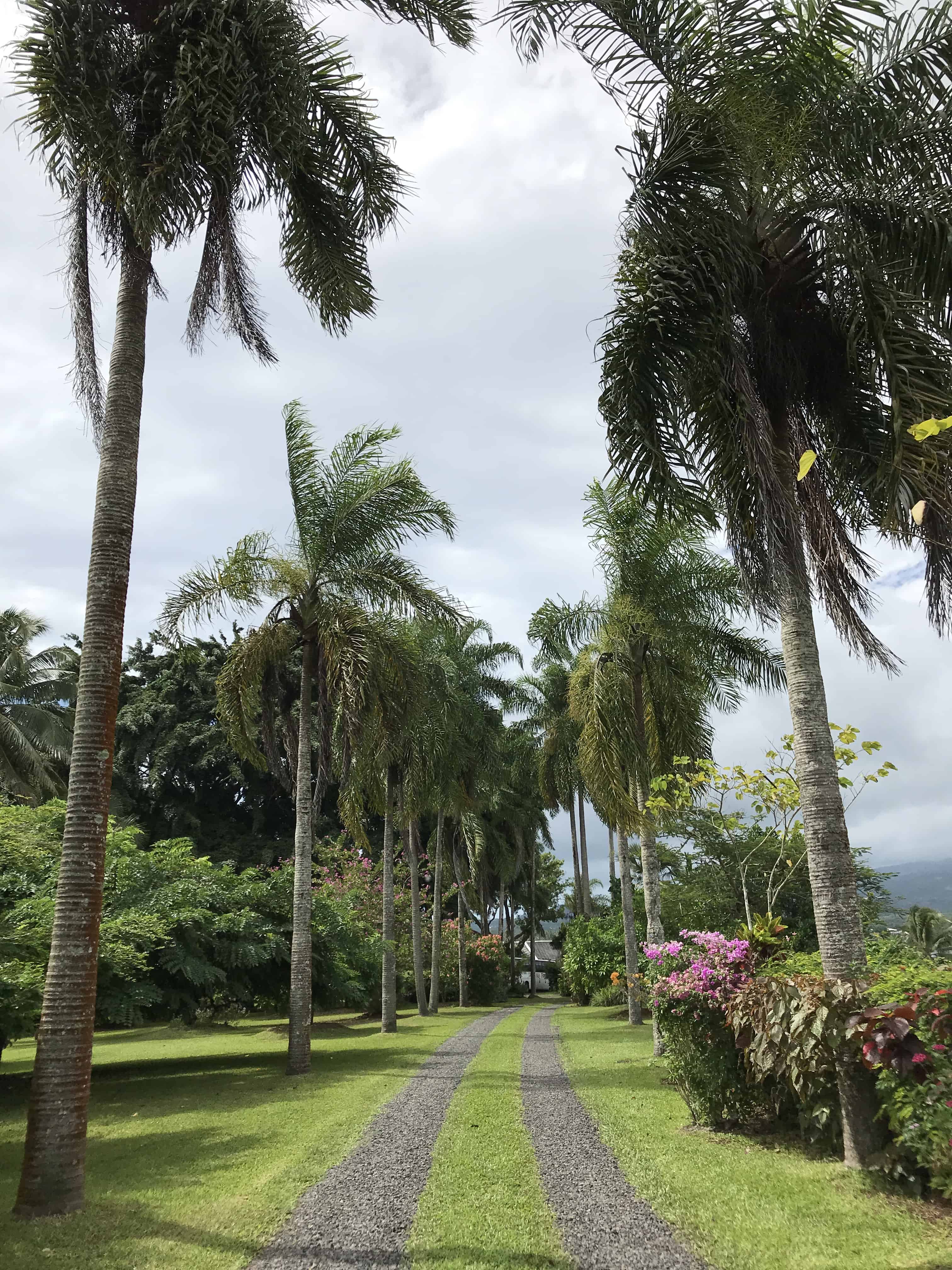
The driveway leading up to Juliette and Roger’s house in Tahiti
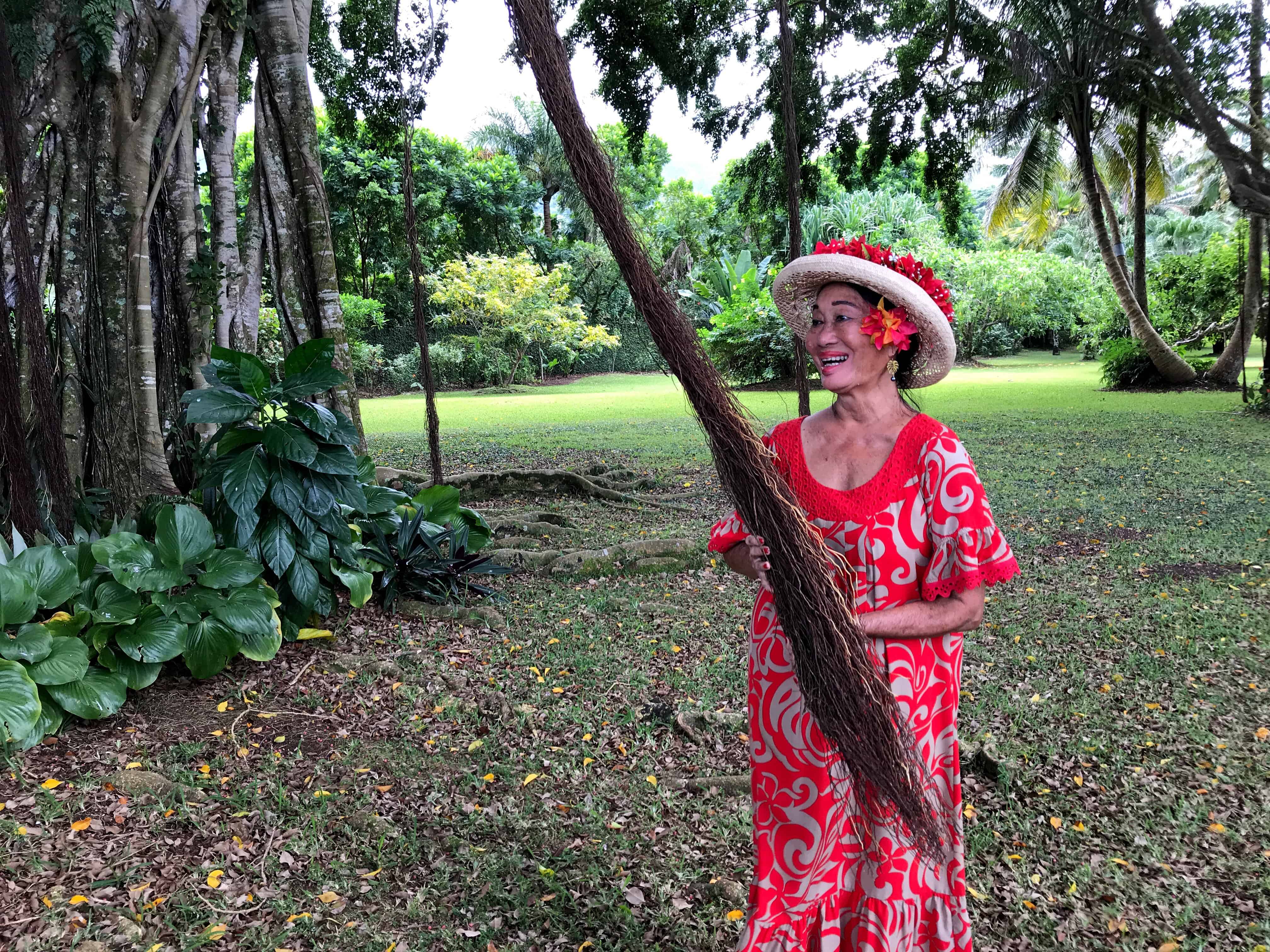
Juliette shares one story after another before we are let loose to walk around and absorb it all.
In their garage sits a vintage car.
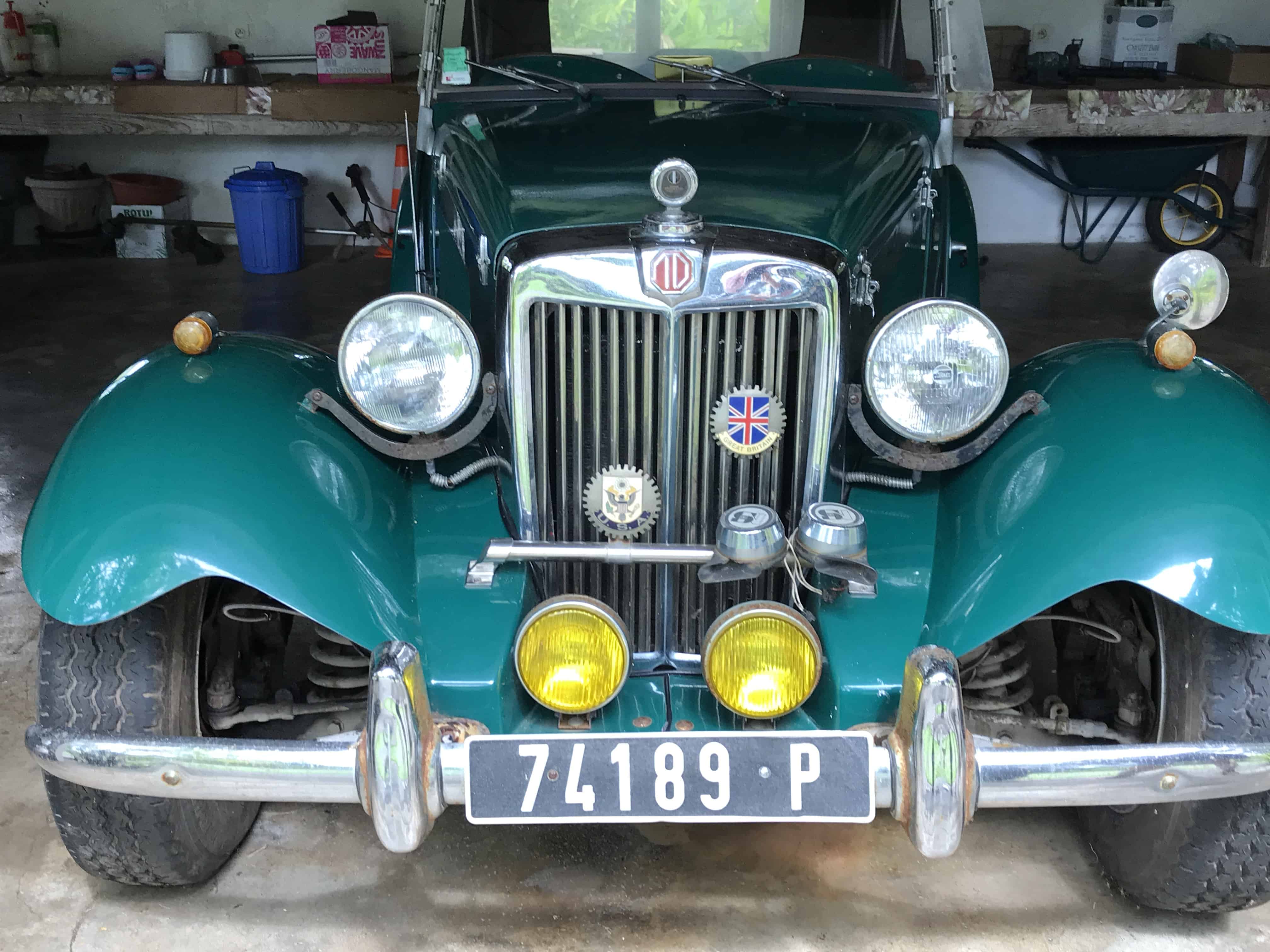
Vintage car in their several car garage.
The inside of the house is well preserved and impeccably decorated. Classics of all kinds can be found throughout the house, from an old fashioned grandfather clock and mahogany furniture to a baby grand piano and Tahitian influenced artwork on the walls.
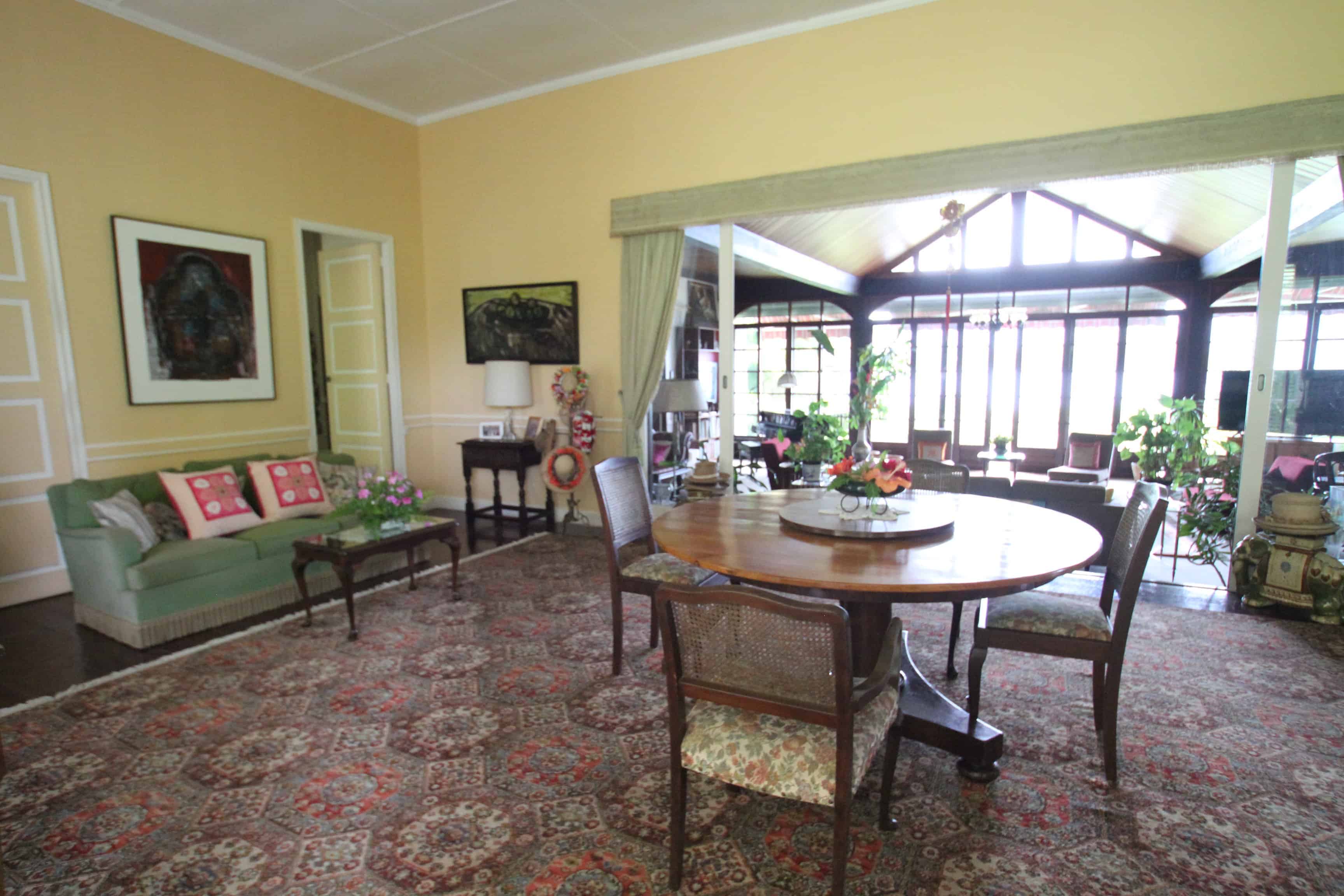
Inside the Roberat Keeable House (above and below)
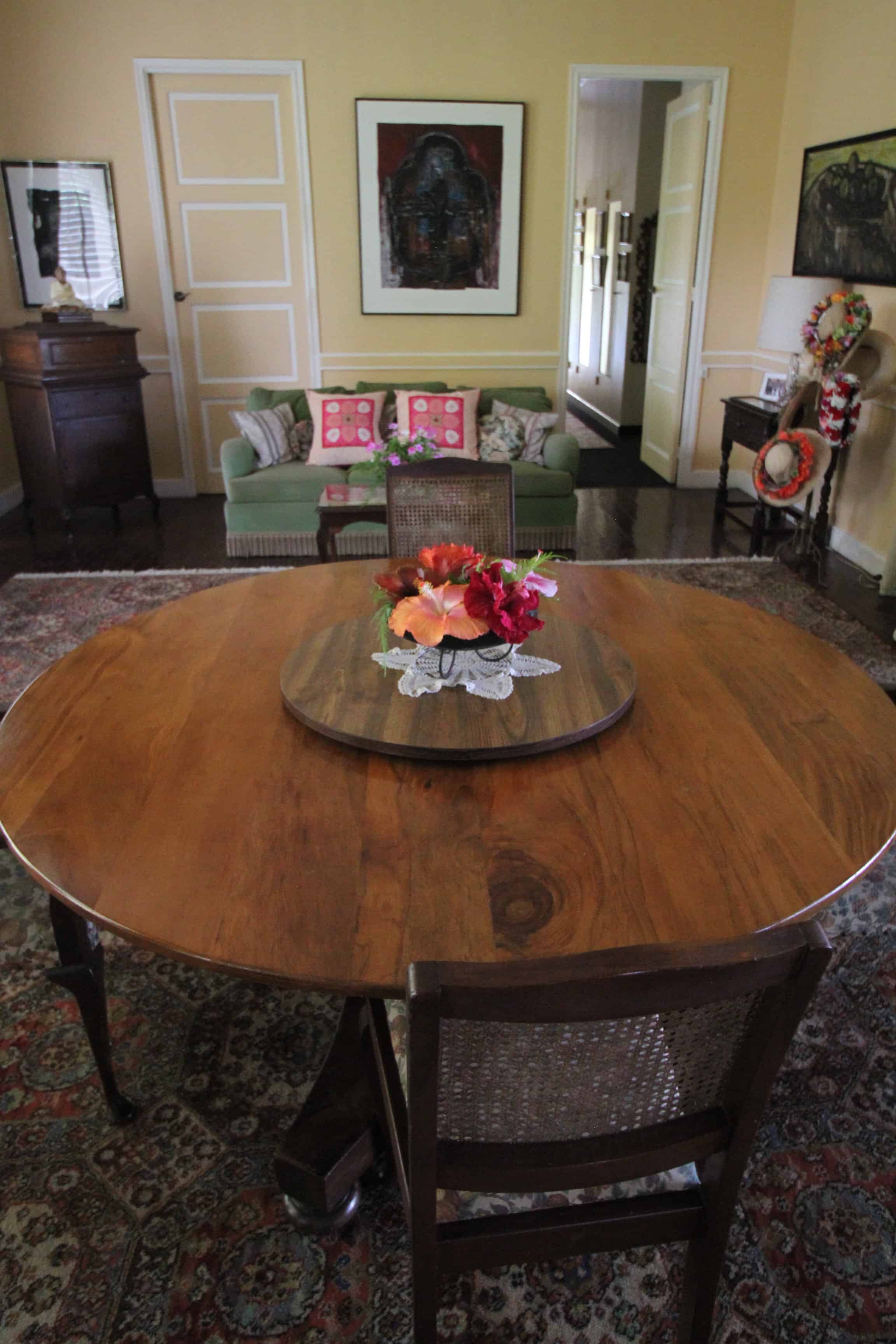
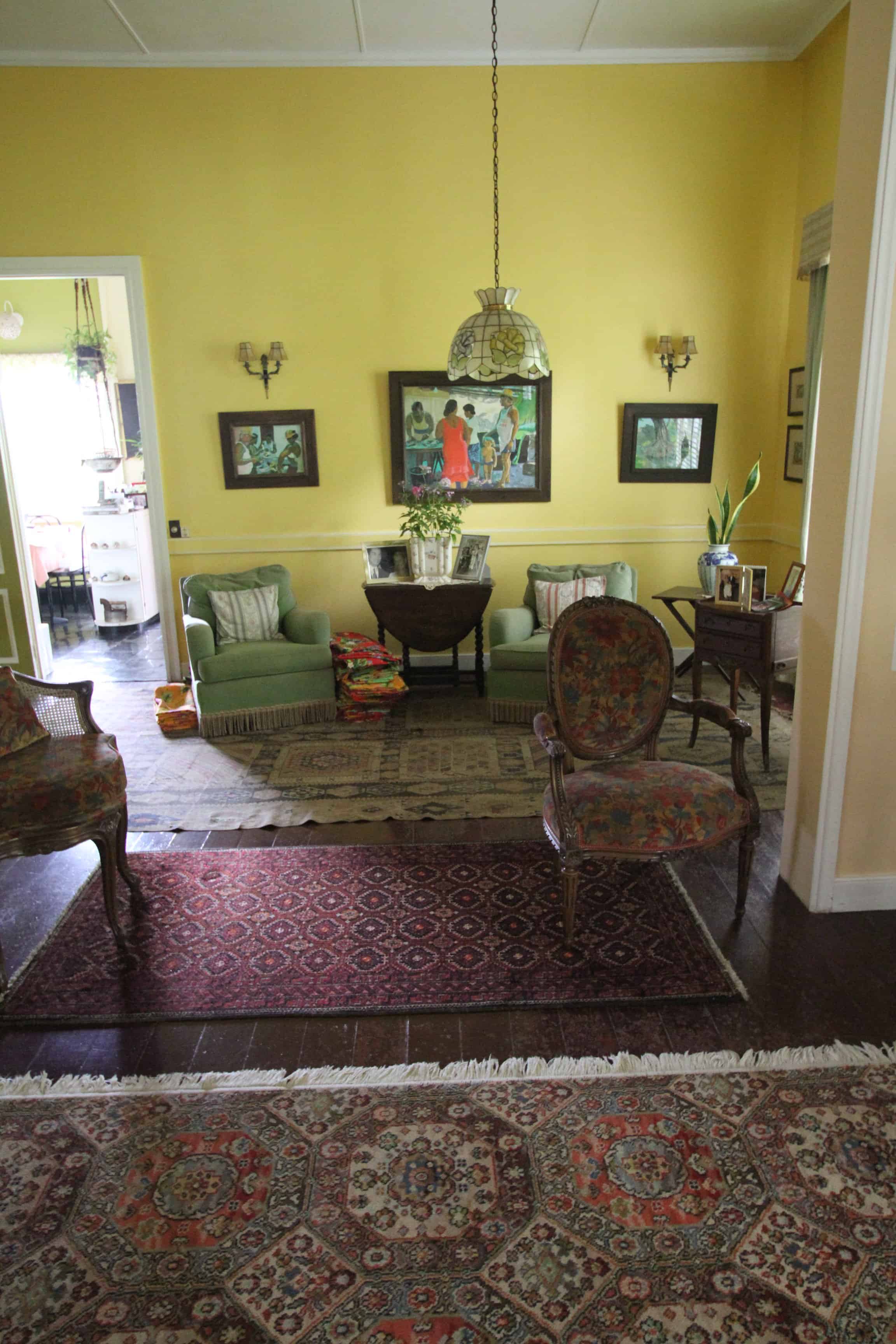
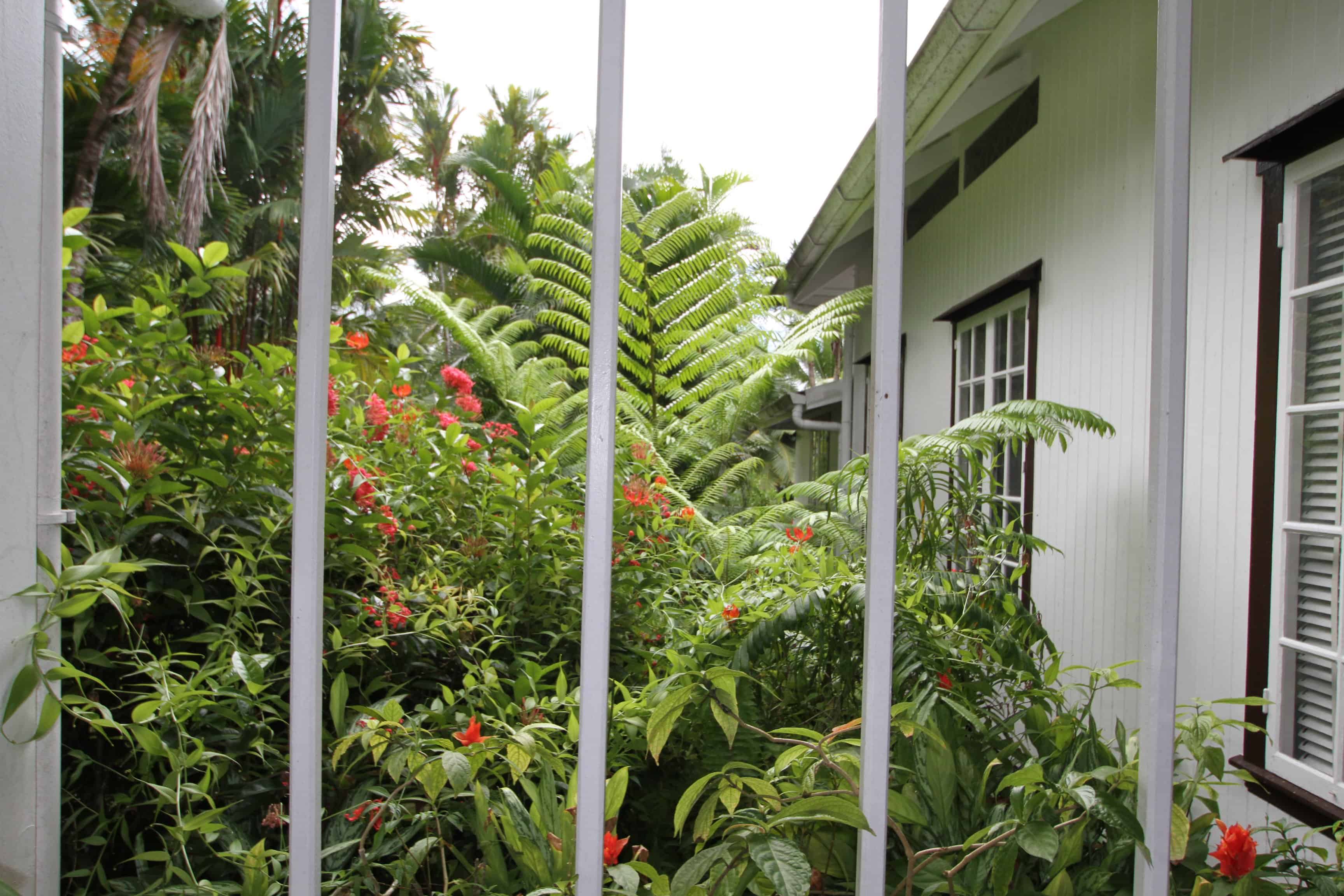
Exiting the side of the house
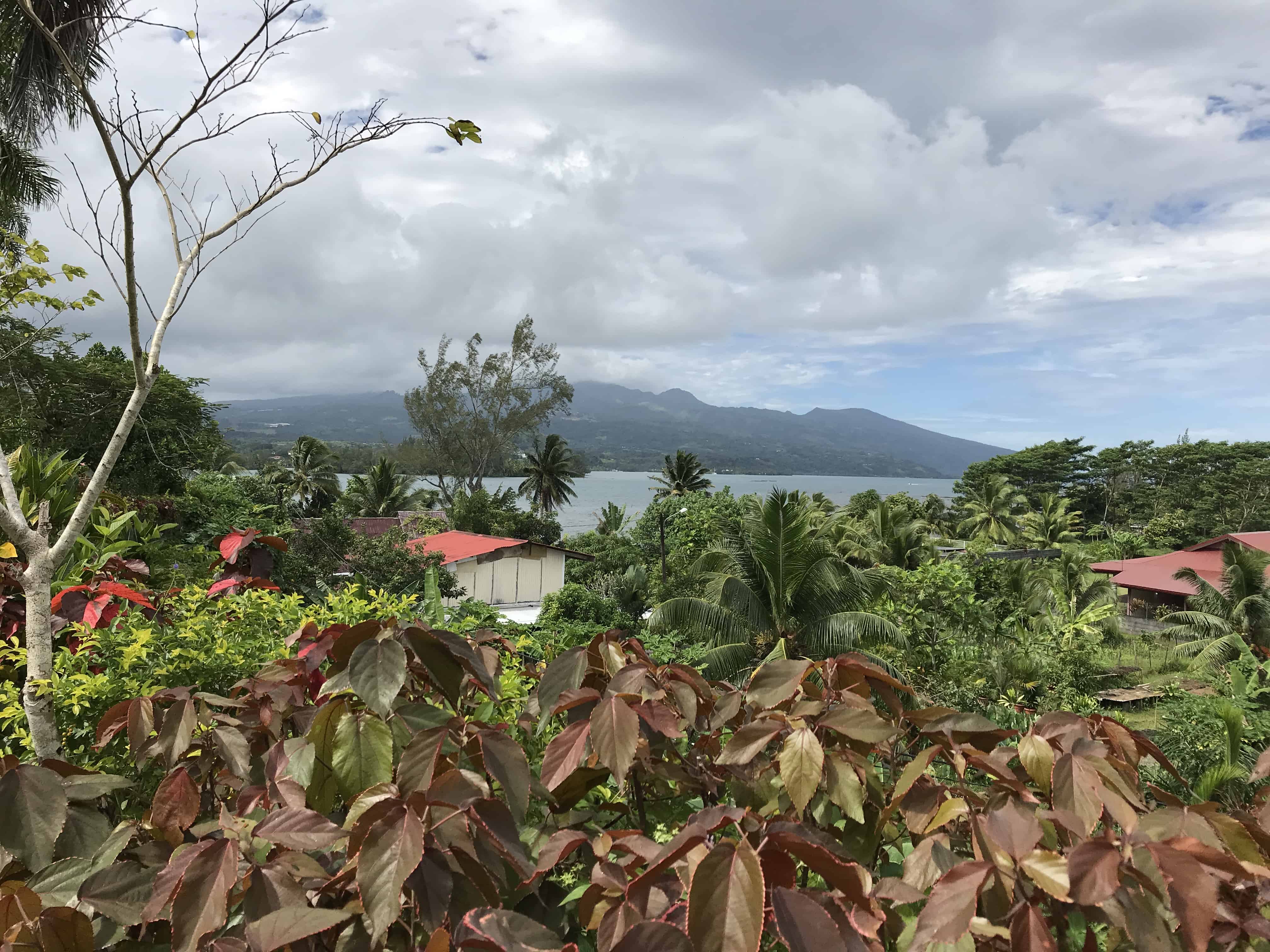
View from their driveway
Marae Arahurahu
This spot is apparently the best example of Marae (ancient Polynesian temples and meeting places) in all of French Polynesia that has been fully restored. It is now maintained like an outdoor museum of sorts.
The marae is used for the reenactment of old Polynesian ceremonies during July Heiva Nui celebrations.
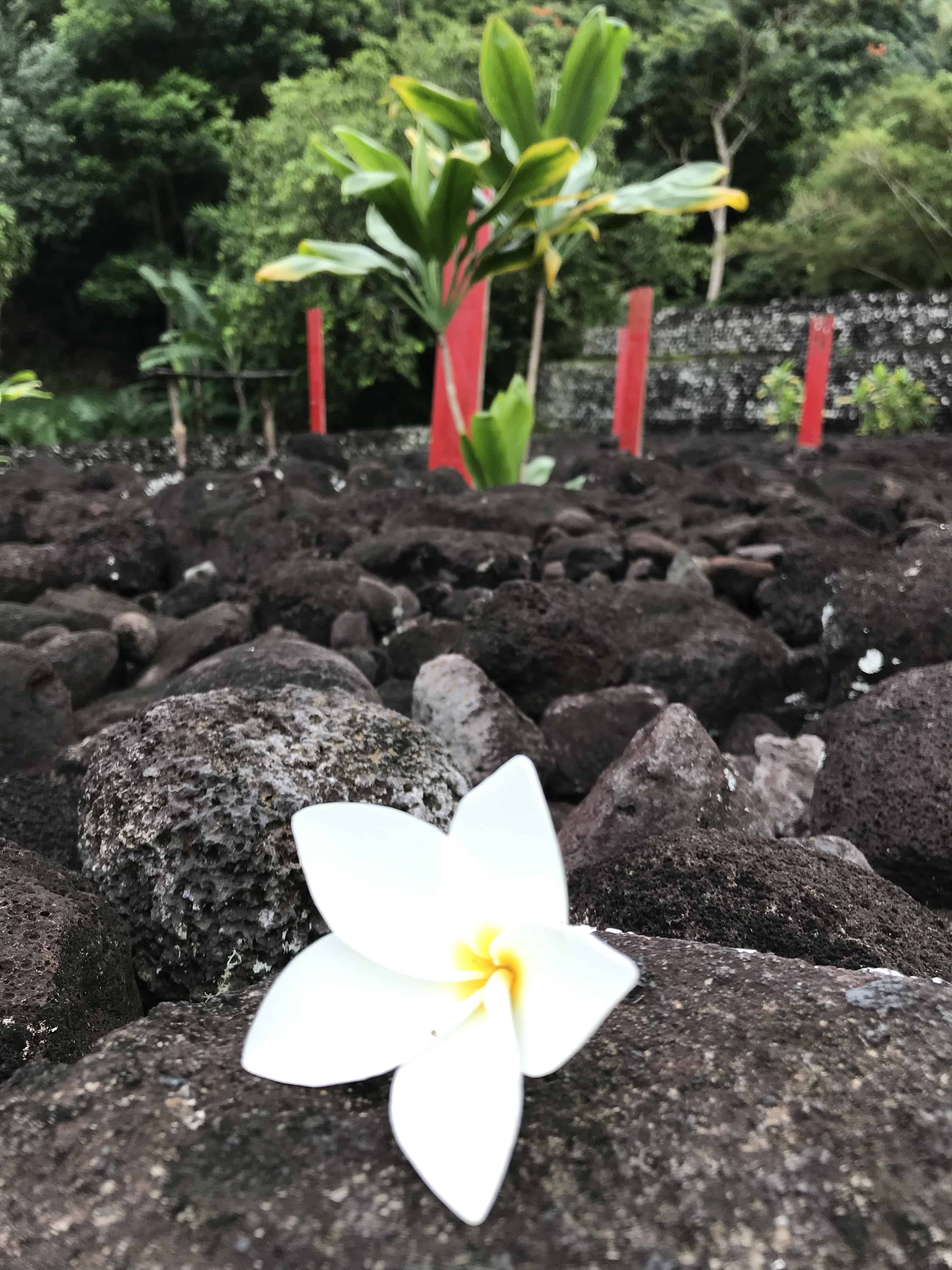
Flower and gardens at the Marae Arahurahu
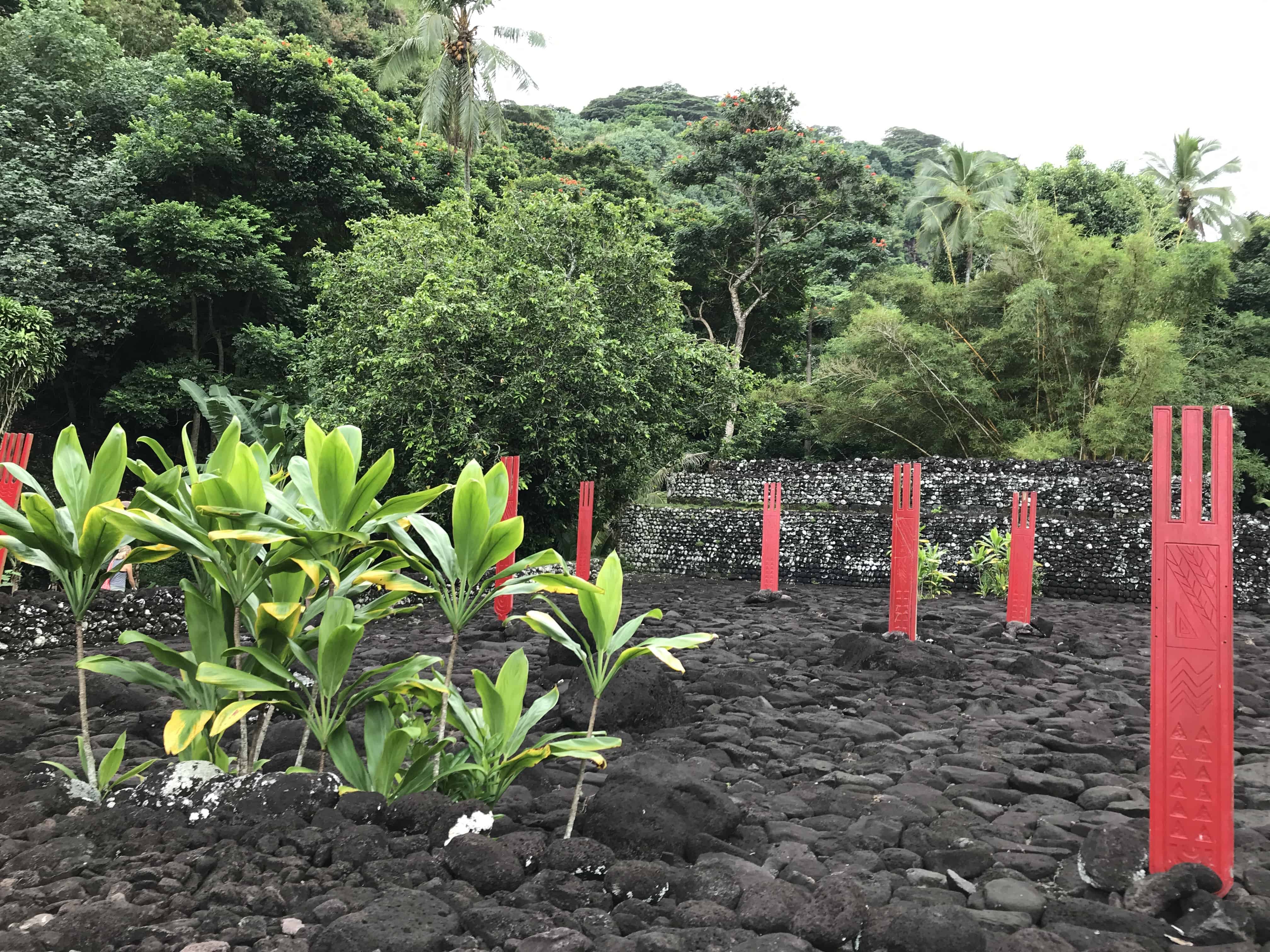
Plants and vegetation on site at the Marae Arahurahu. Note that bright red wooden sculptures portray ancestors which remain vital to Polynesian traditions.
This particular marae is a powerful one historically. Housed on Tahiti’s western coast, the Marae Arahurahu Temple was an ancient meeting place and shrine which celebrated the powers of the tiki sacred statue. It is still a ceremonial area and you can almost feel the energy of the Tahitian Gods and Goddesses on-site. The trees here also seem to have a mystical quality to them.
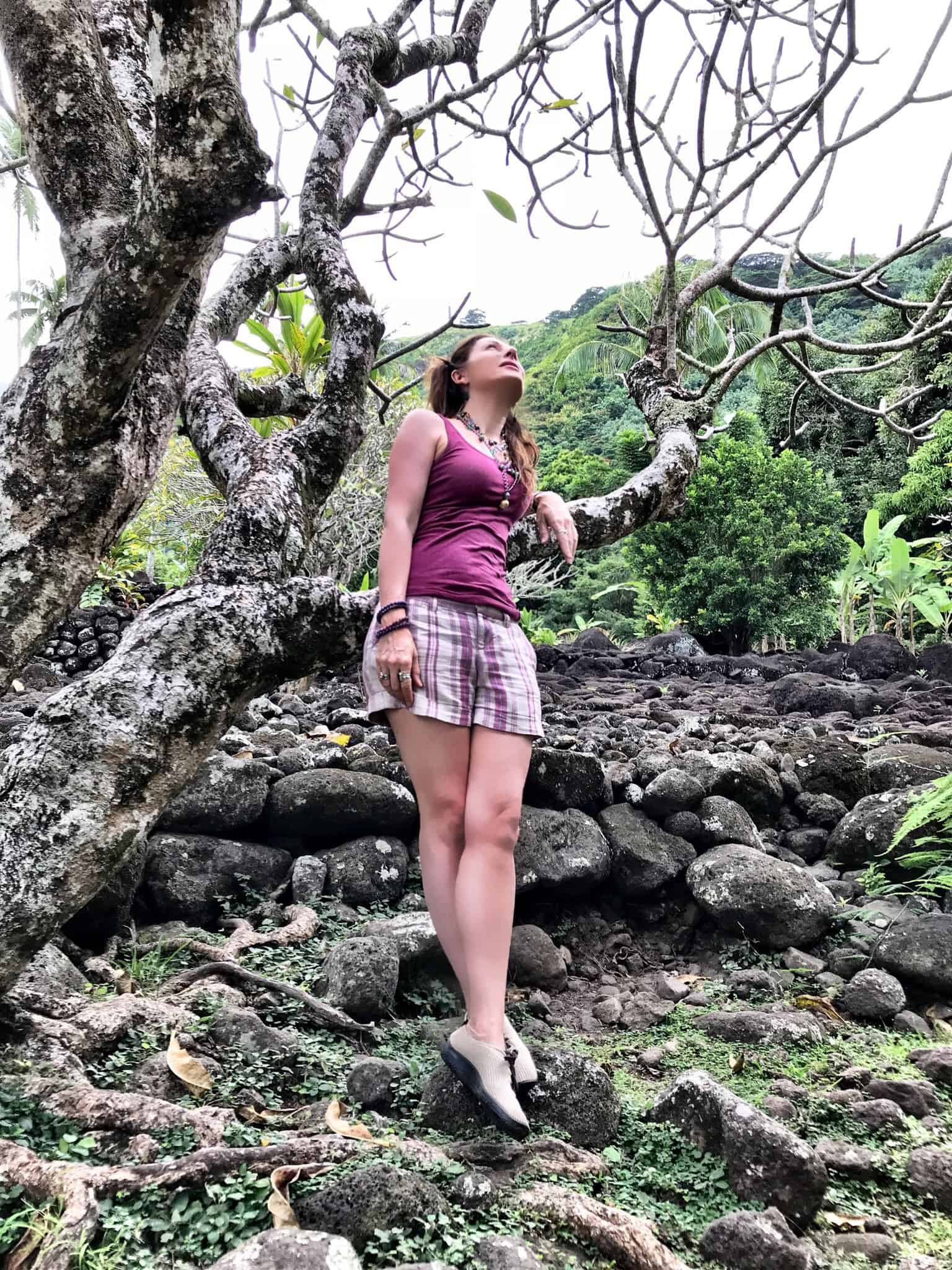
As you enter, you’ll be greeted with these mystical trees as well as two stone tiki replicas from 1983. Stone pens on the premises were once used to keep pigs which were apparently offered to the Tahitian Gods as sacrifices.
Once upon a time, locals held religious rituals, weddings and military victories and in this celebration, food and other offerings were given to the deities.
The ahu (altar) sits around ten feet above the ground and is made up of a combo of stones and monuments.
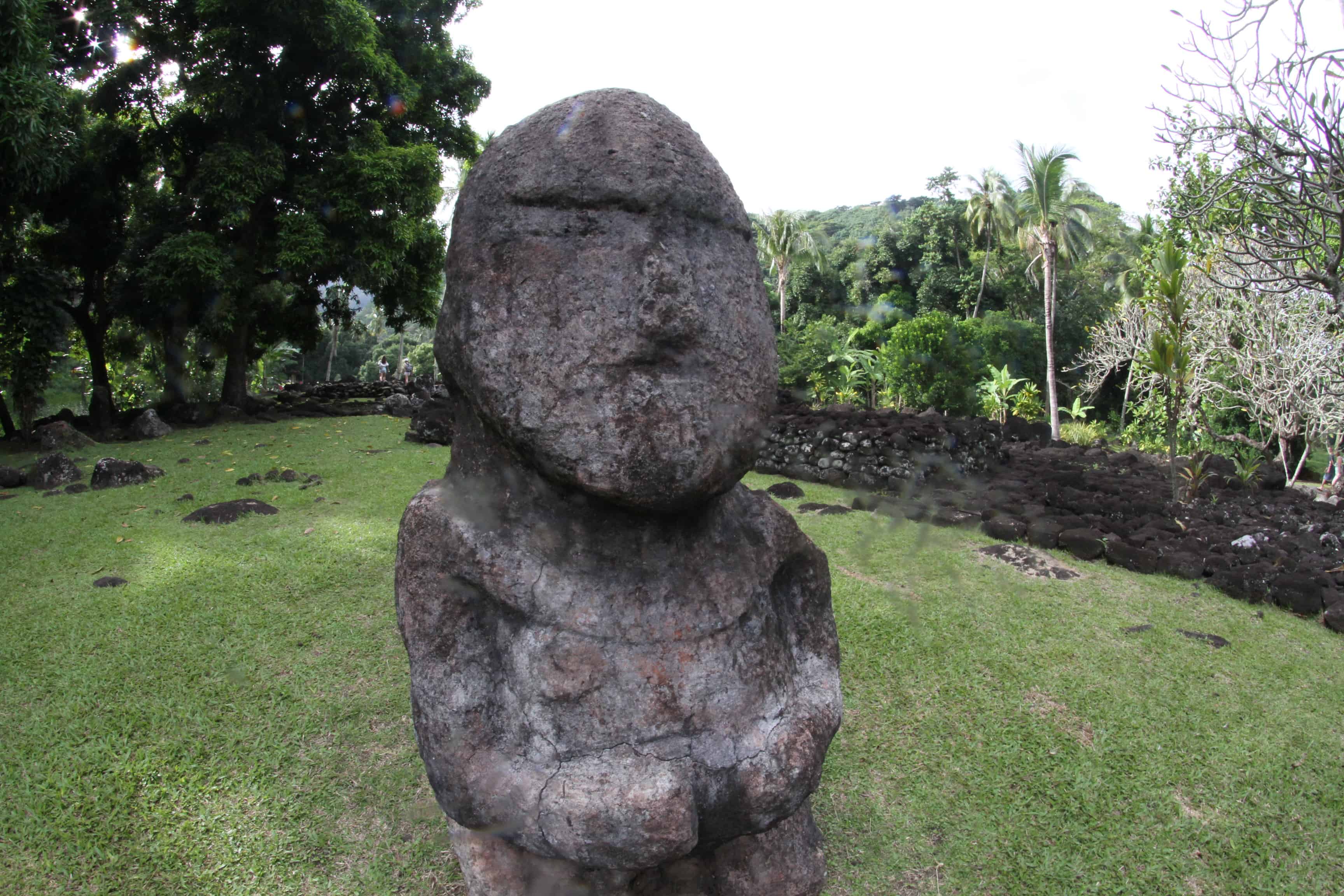
The temple itself was partially reconstructed in 1953 (thanks to the Department of Culture & Heritage) and was previously known as the Tu Matamata Hia. Legend says that it changed names after a fierce battle between warriors, specifically the heroes of kings Tu-Mata-ira and Tutu-Ai-Aro.
According to Tahiti Heritage:
“The battle lasted until sunset. During this clash, the most famous warrior Tu-Mata-ira was pierced by a spear & his body was deposited in a Tahitian oven covered with yellow leaves of auti (cordyline). After two days and two nights, the oven was discovered. The warriors shouted: “O our king, the oven is well heated, and nothing remains but coal!”
Then King Tu-Mata-Ira said to them, “From that day on, this marae will no longer be called the Tu-Matamata-Hia mare, but will bear the name of Arahurahu Marae until the end of the time.”
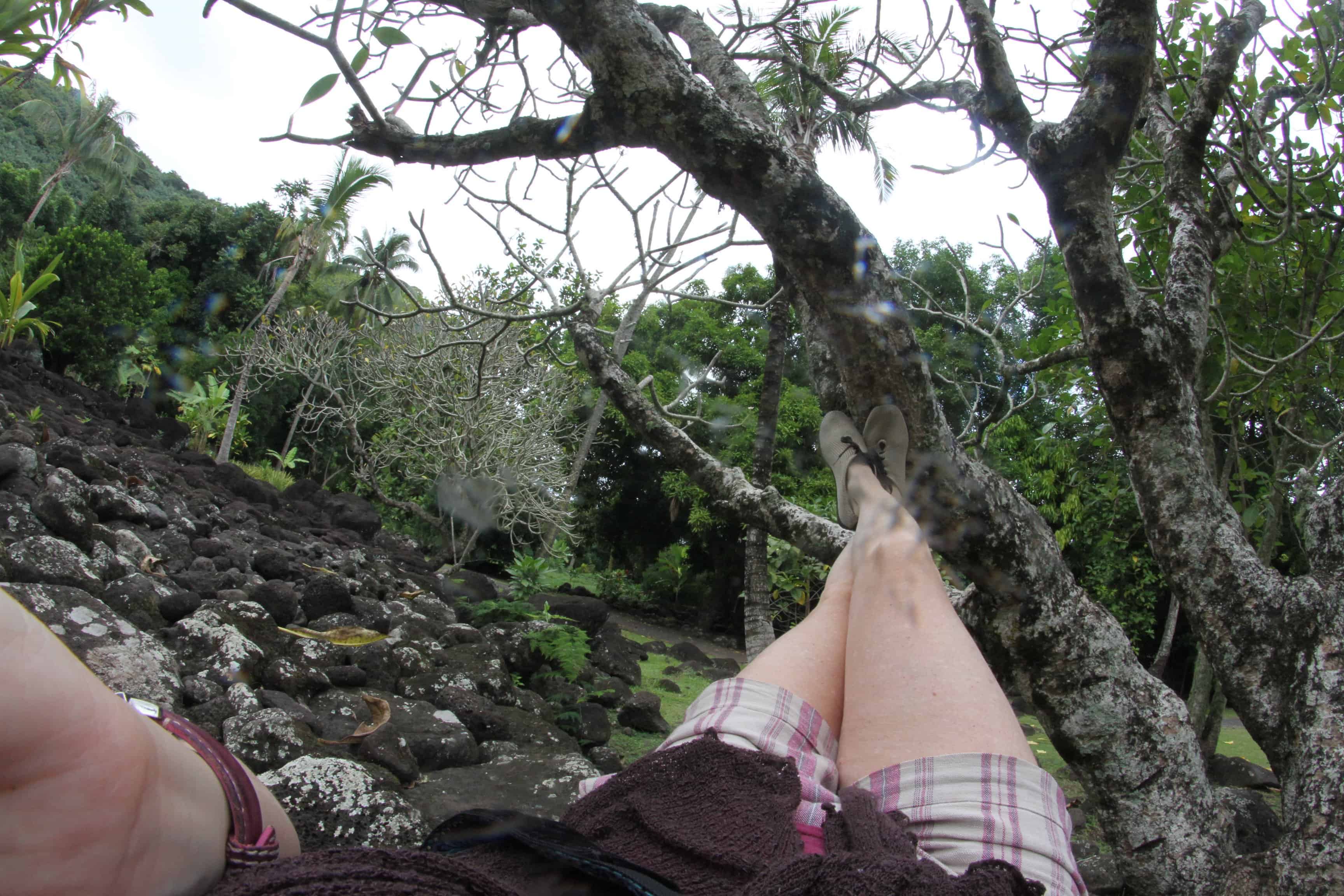
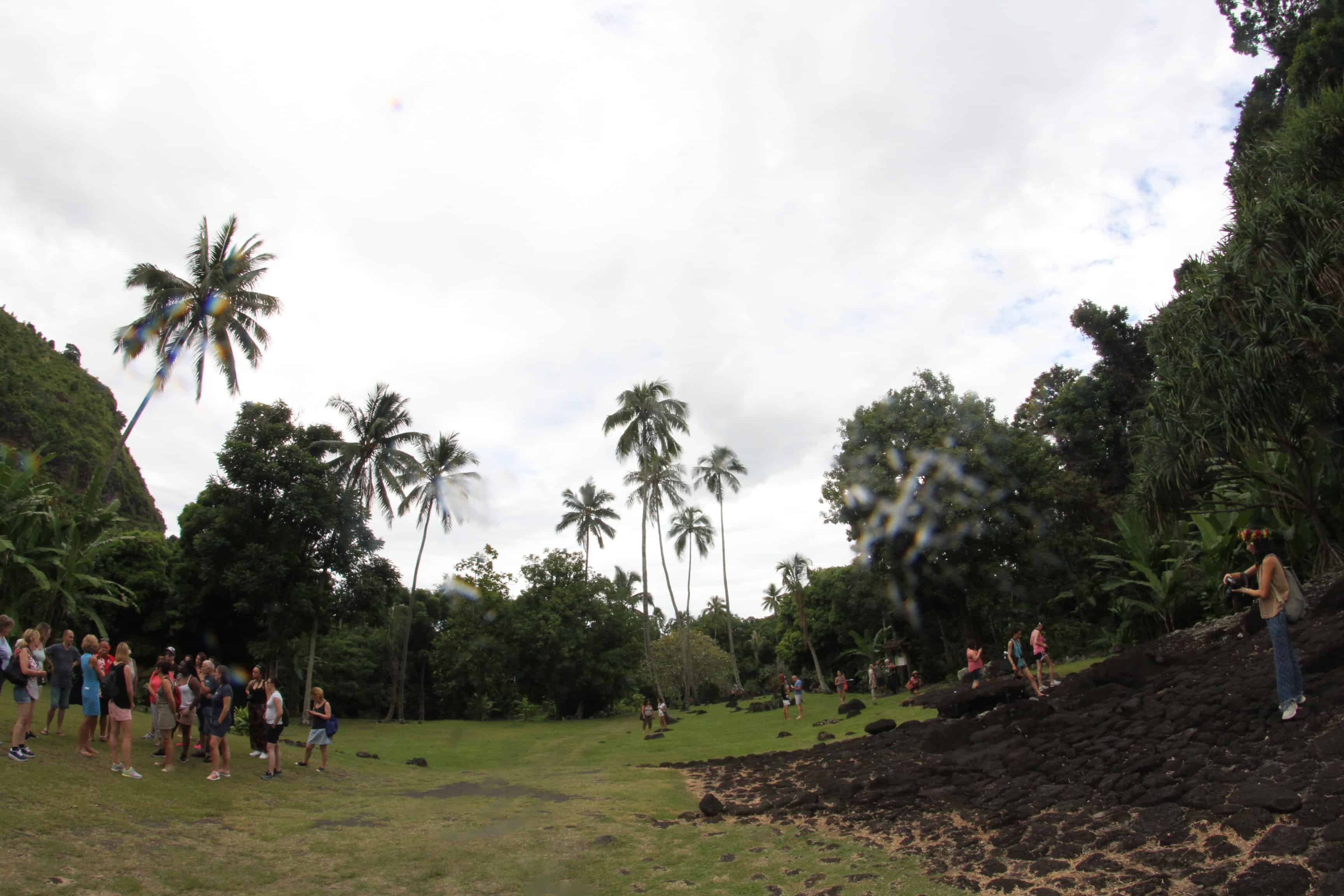
At the Arahurahu Marae on a cloudy day
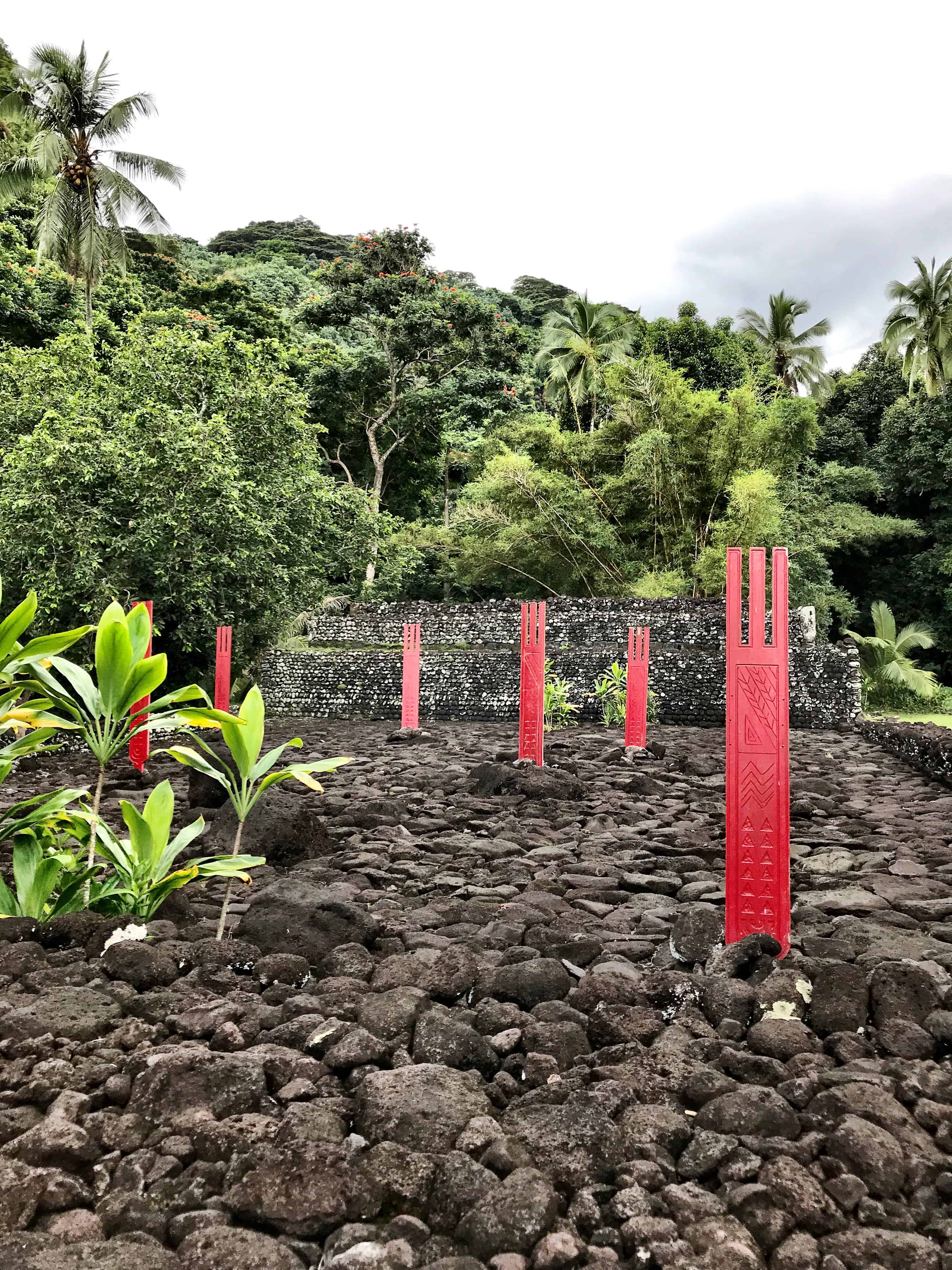
Surrounded by palms and lush tropical vegetation
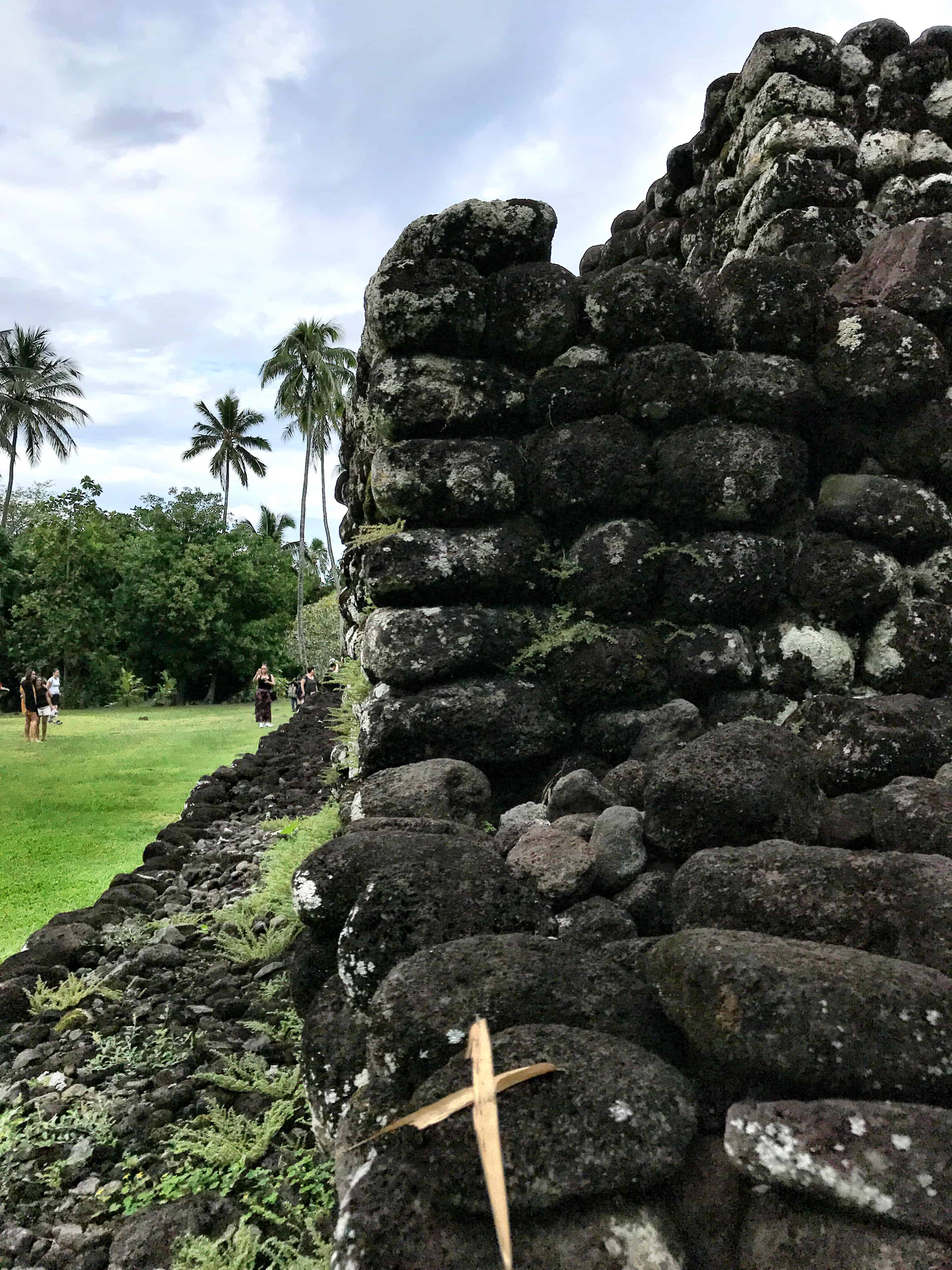
The back of the Arahurahu Marae
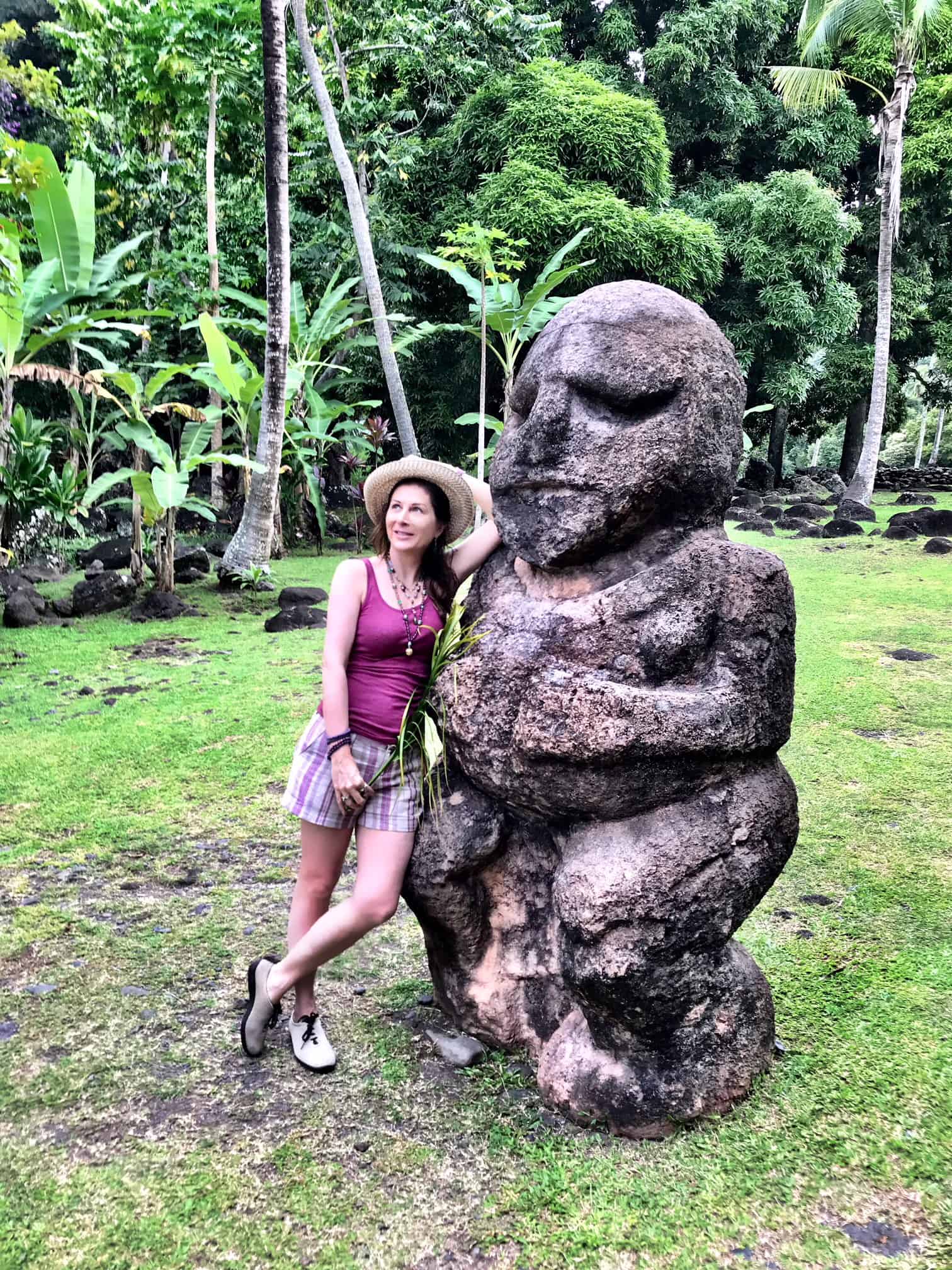
The spiritual energy here is profound!
Waterfall Stops
While we cover waterfalls in our Mo’orea & Tahiti Travel Guide by Sea, we mention them here also since Tahiti’s epic waterfalls will be part of any tour you will take and something you can’t ignore if you’re touring in your own car.
Tahiti is known for its extremely high waterfalls. They all seem to have a mystical quality to them as well — the energy is so peaceful and tranquil wherever you pull of the road.
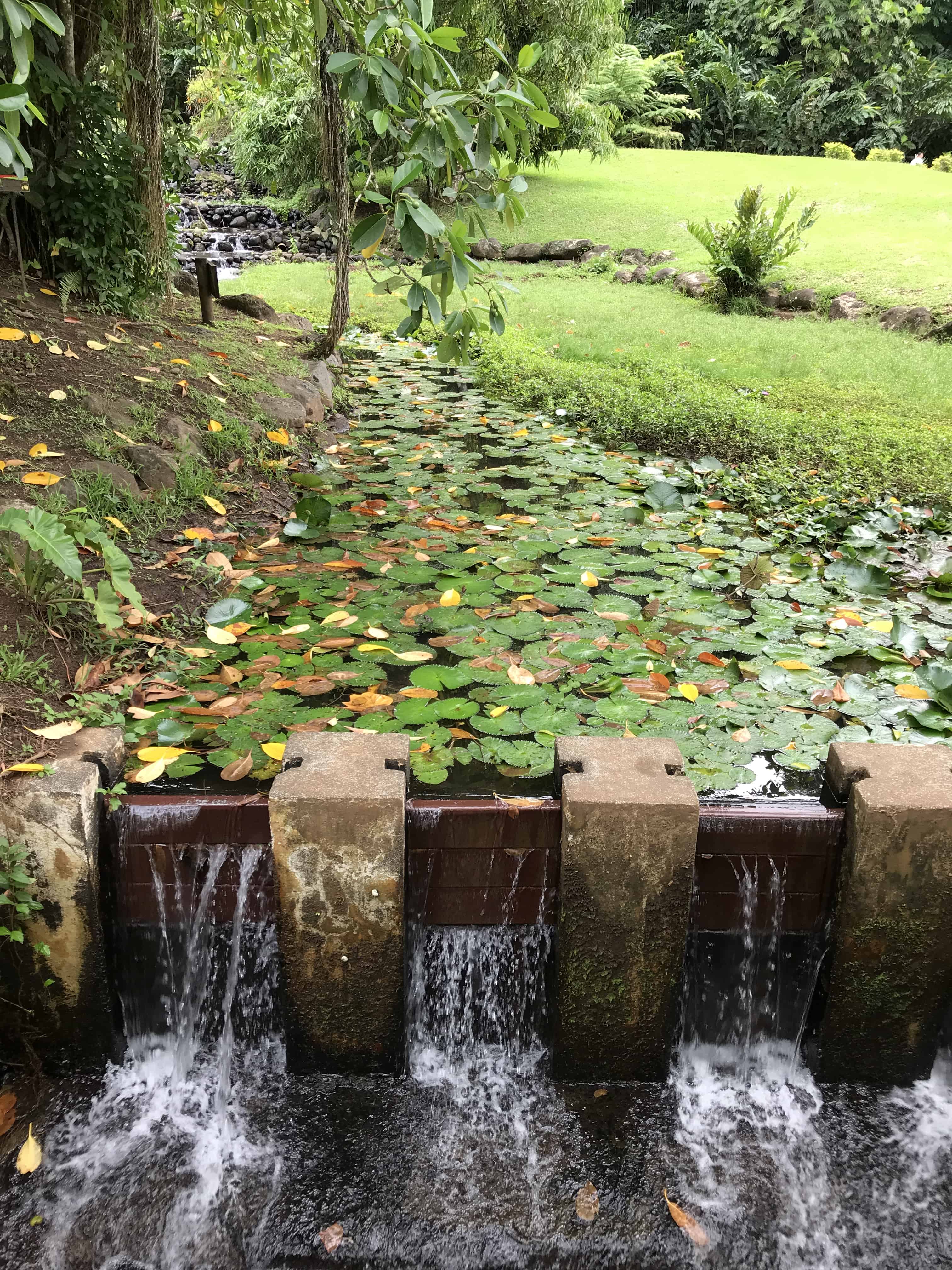
Falls on the property of Julia and Roger, who also own the Restaurant Gauguin. They are both a wealth of knowledge of medicinal plants and the history of Tahiti.
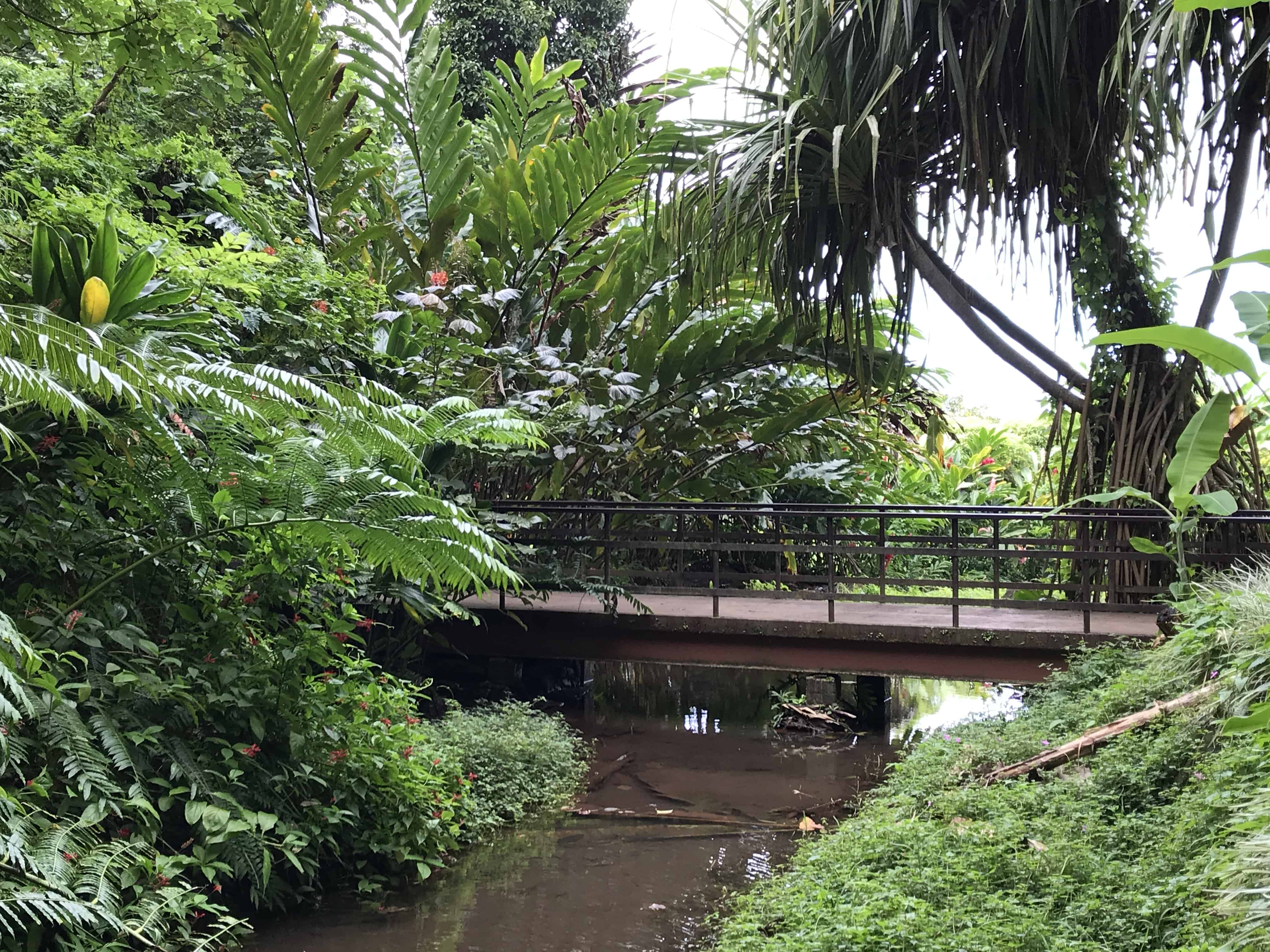
On one side, there’s a waterfall and behind you a lovely bridge that takes you through tropical trees and vegetation like this. Taken on the east side of Tahiti.
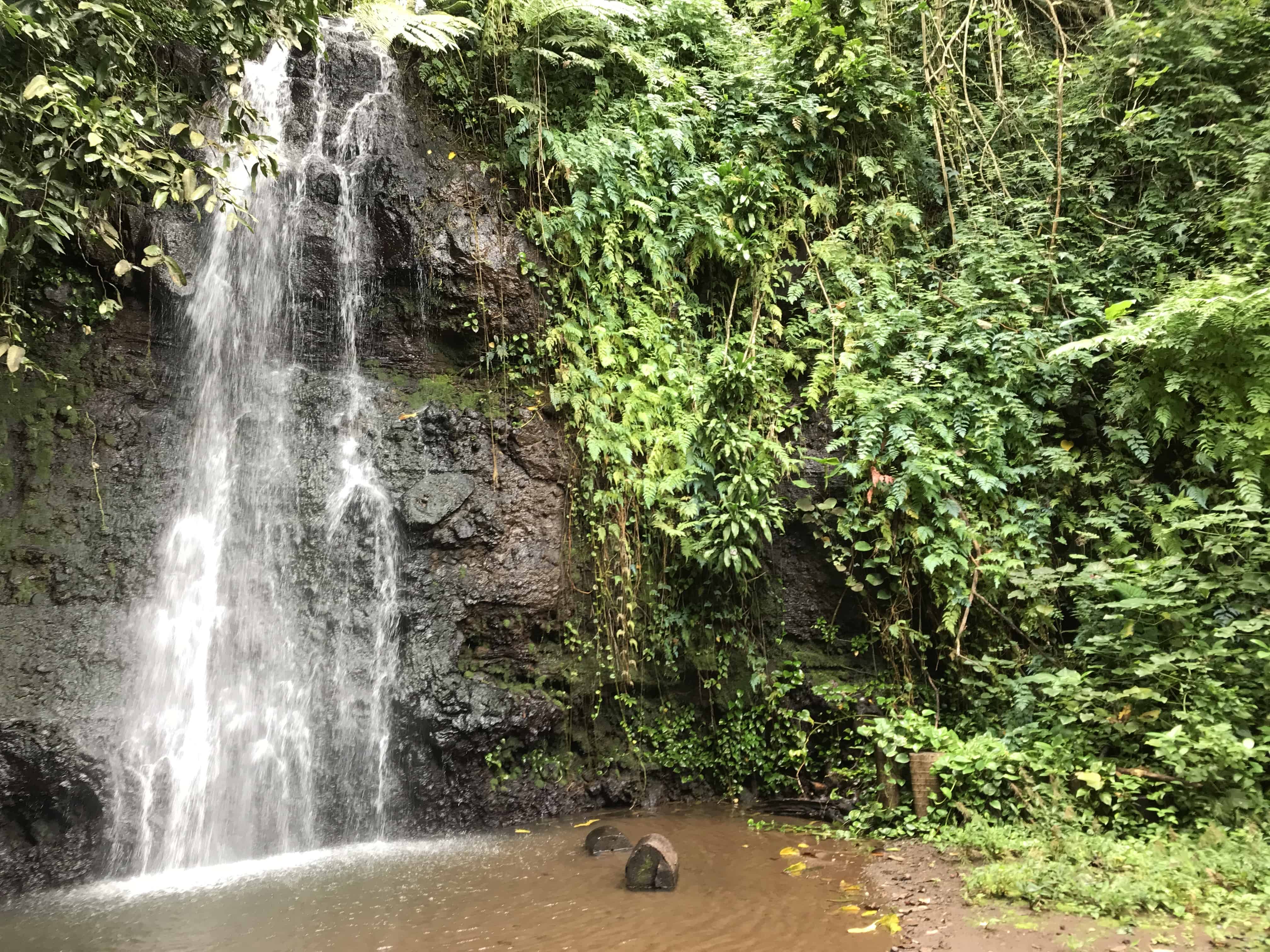
Serenity from above
On your way, a stop at Vaipahi Waterfalls is a must for historical buffs. Here, you can discover the history of waterfalls built on top of a Marae (sacred open air temple).
There are extra tall falls like Cascade de Fachoda and the Faarumai Waterfalls as well as the Afareaitu Waterfalls in Mo’orea.
A smaller but equally lovely waterfall stop are the Cascades de Faone, which makes a great place for a family picnic or to simply relax for an hour or so. These double waterfalls are located in a remote and peaceful area of the community of “Faaone” on the east coast of Tahiti. Not well known by many, they cascade down in a pool and finish into the sea.
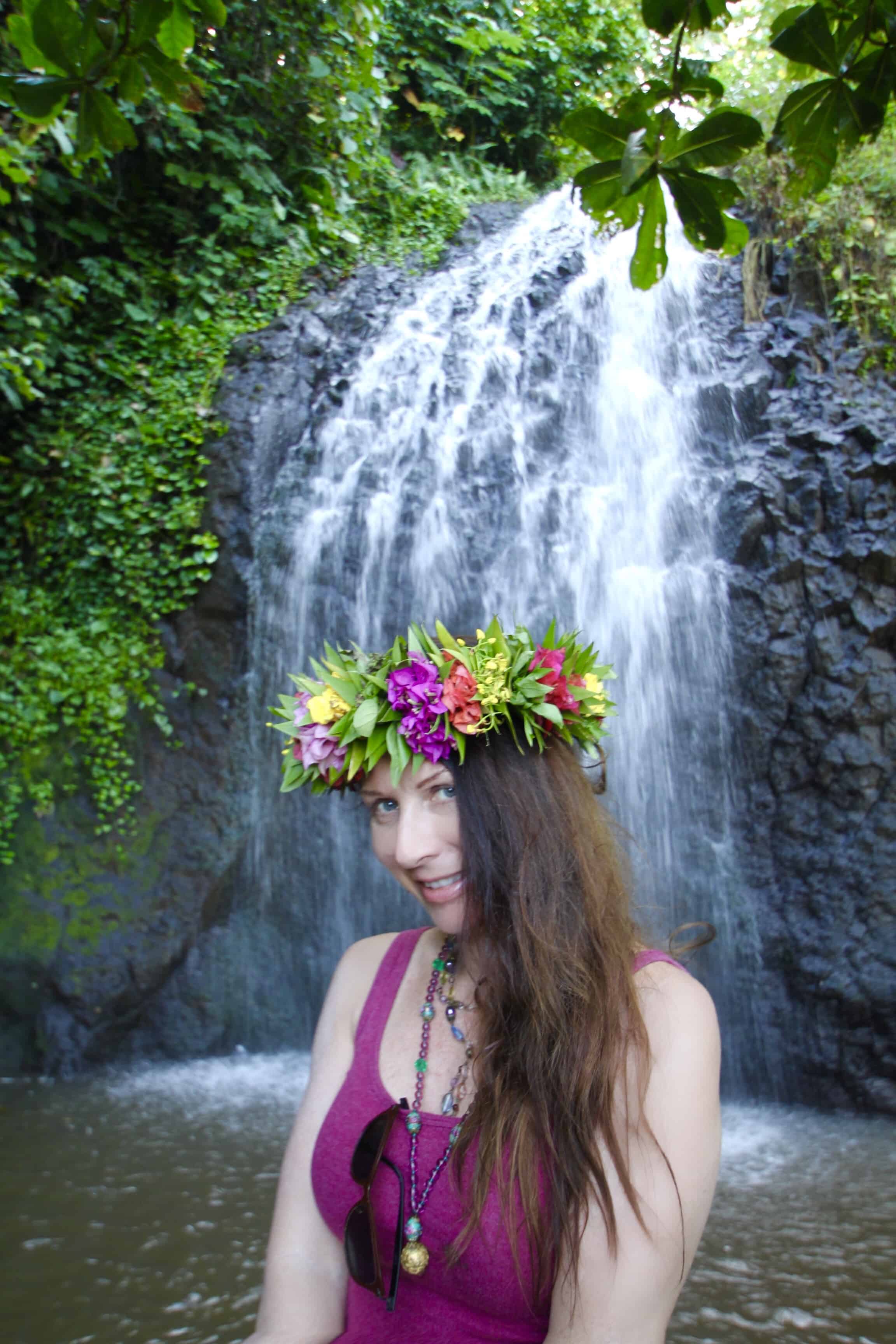
Taken at the Cascades de Faone
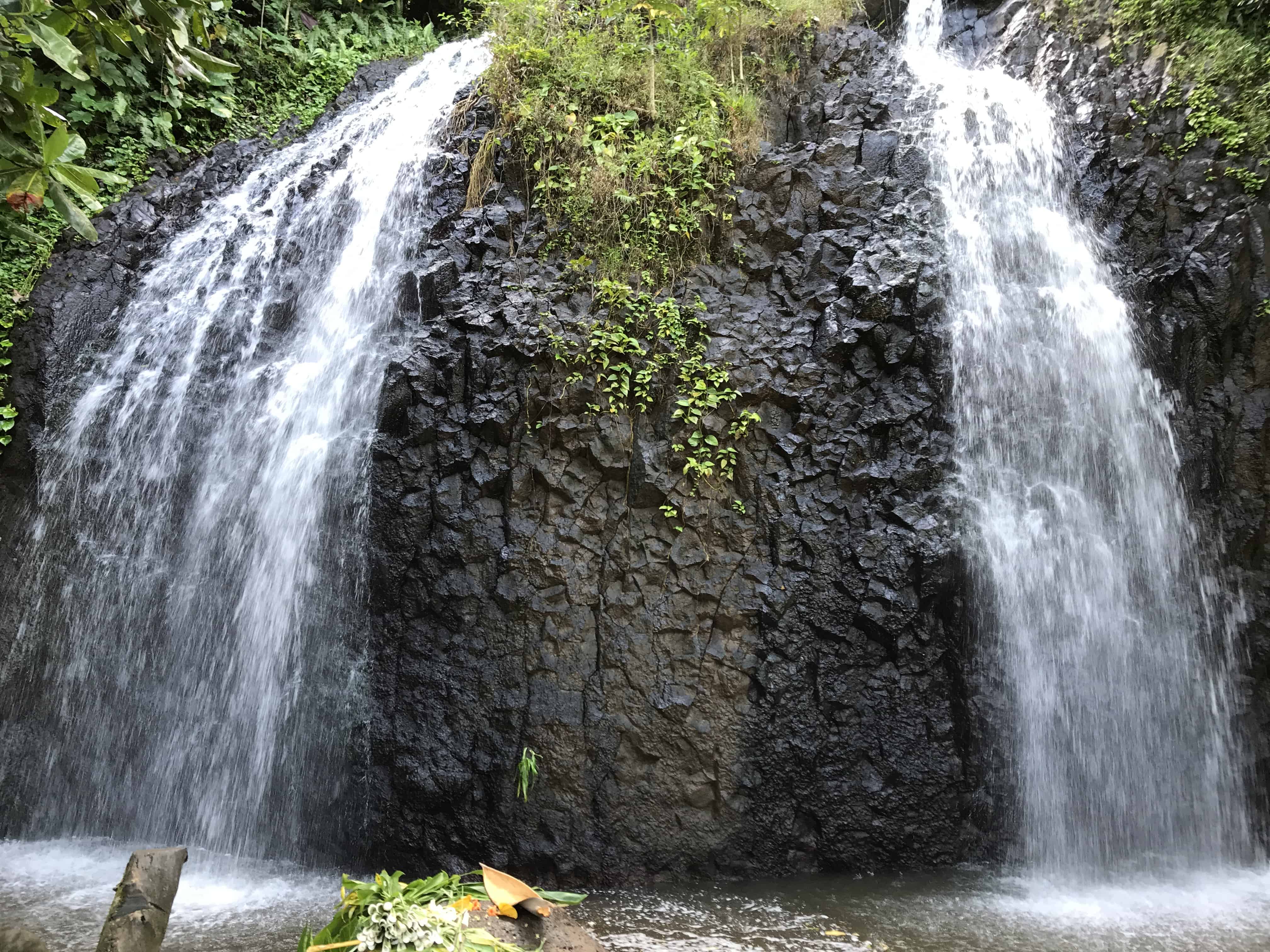
The double waterfalls at Cascades de Faone!
The Botantical Gardens
Harrison W. Smith Botanical Gardens is a beautiful little stop on the circuit around the island of Tahiti. While it’s not that large (around a hectare), you will find yourself wanting to stop in several places to reflect for awhile. There is so much serenity and a sense of peace as you walk through the gardens; you can hear the birds singing and the soft breezes blowing through the trees and flowers.
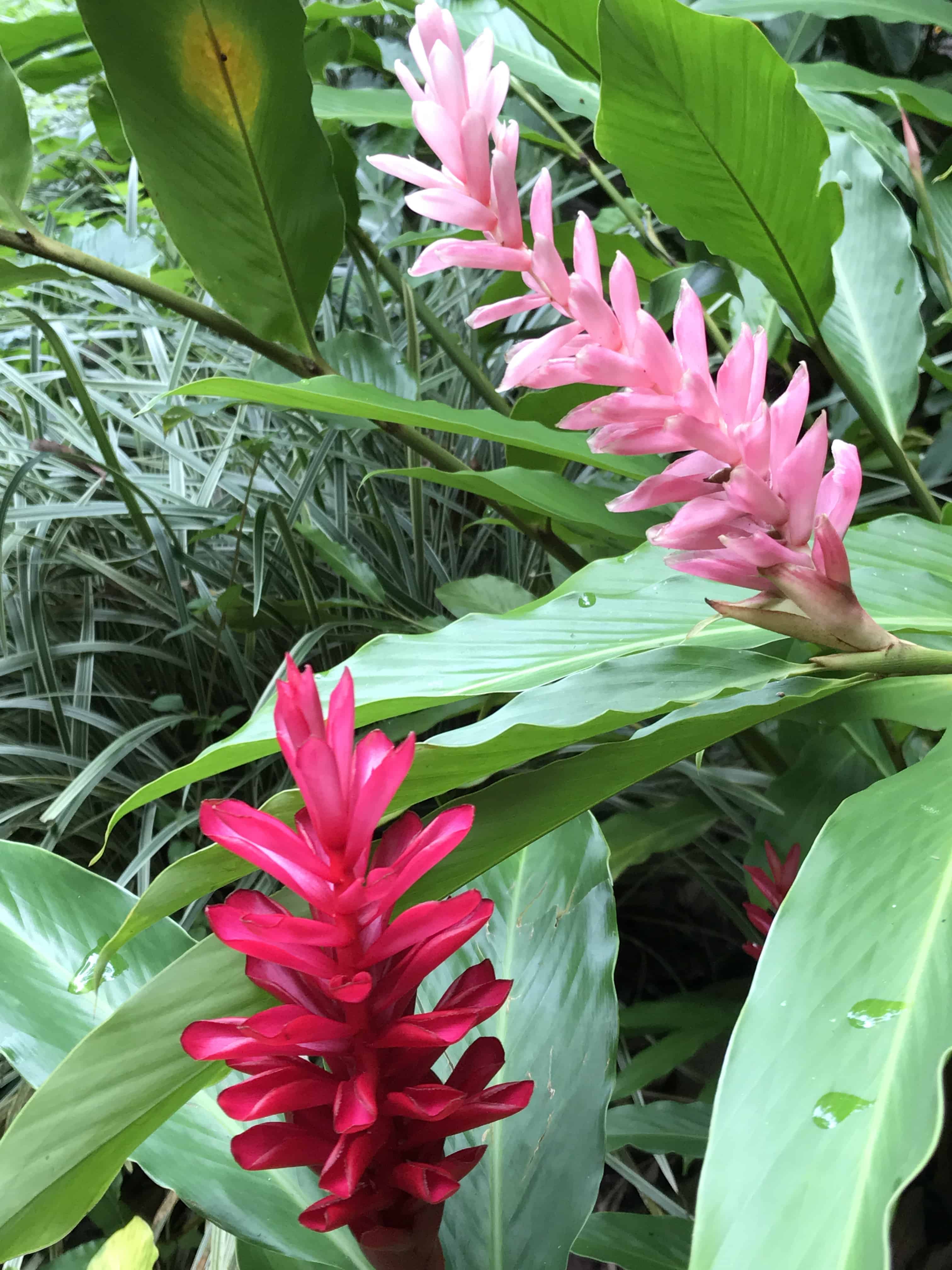
Flowers at the Botanical Gardens
More inspiring shots below, all taken inside the gardens. There are nearly 75 different plant species, all of which is close to the basins and waterfalls which flow directly into Lake Vaihiria.
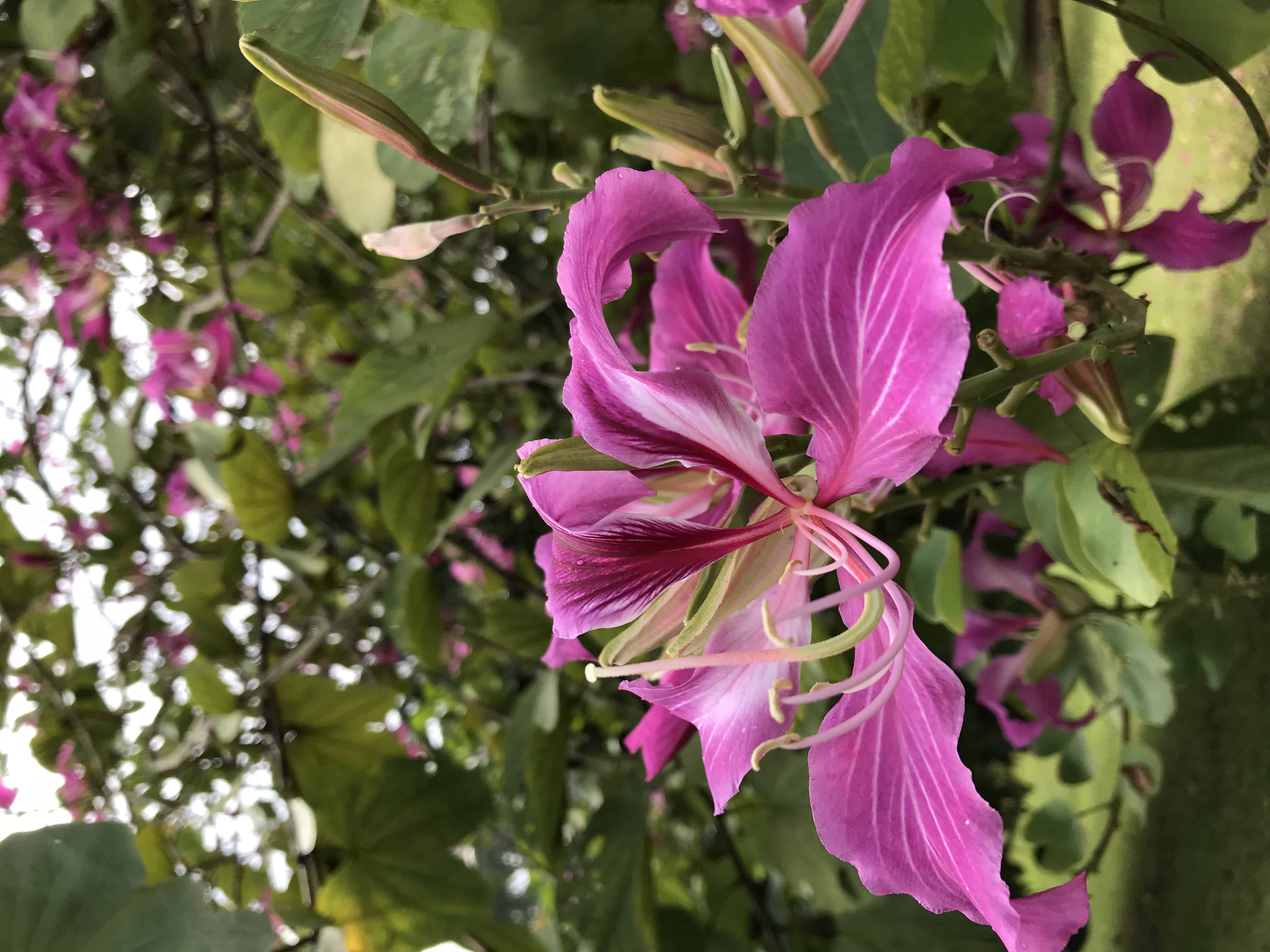
Botanical Garden beauty
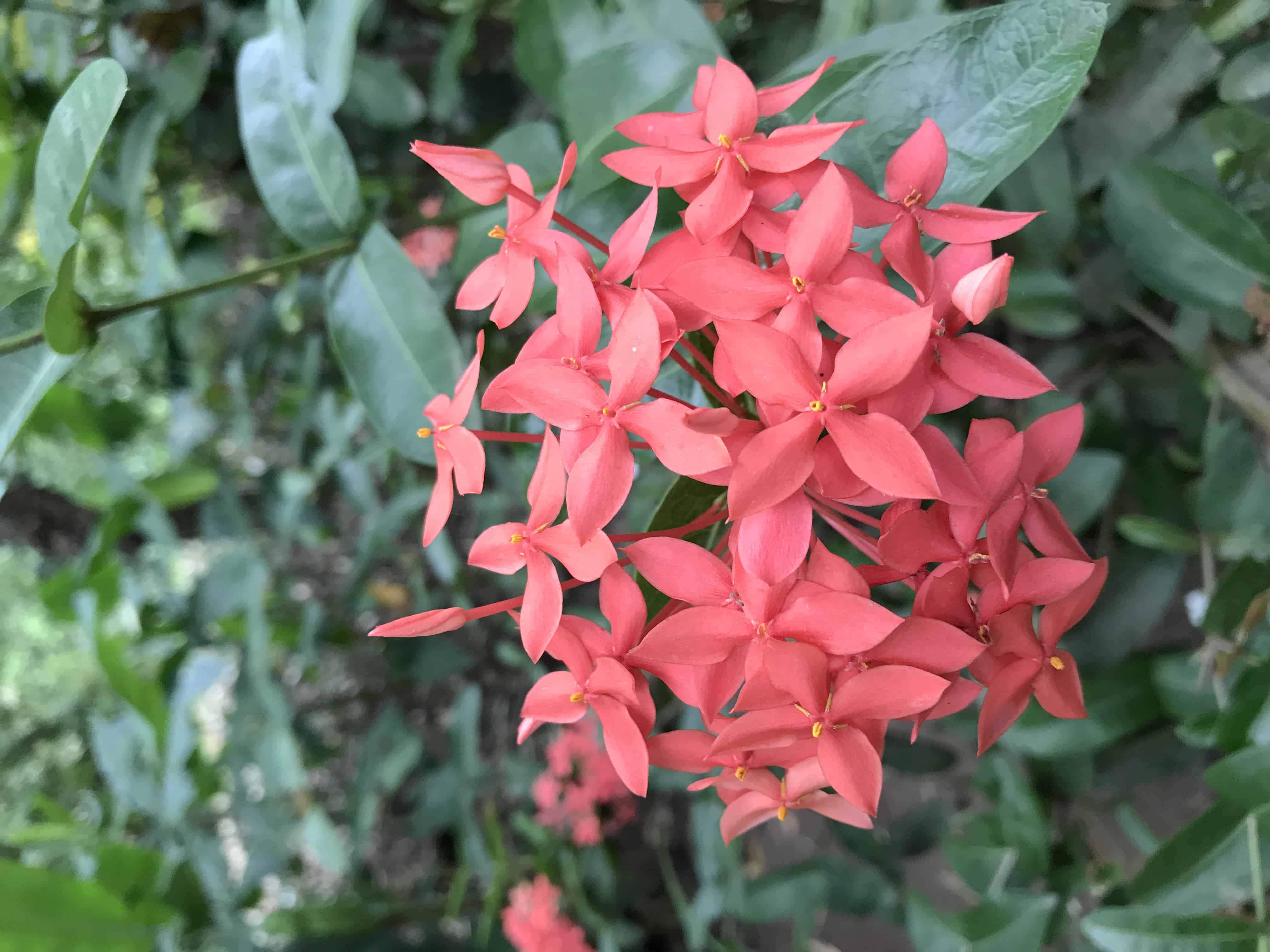
More tropical flower beauty

Vibrancy throughout the gardens
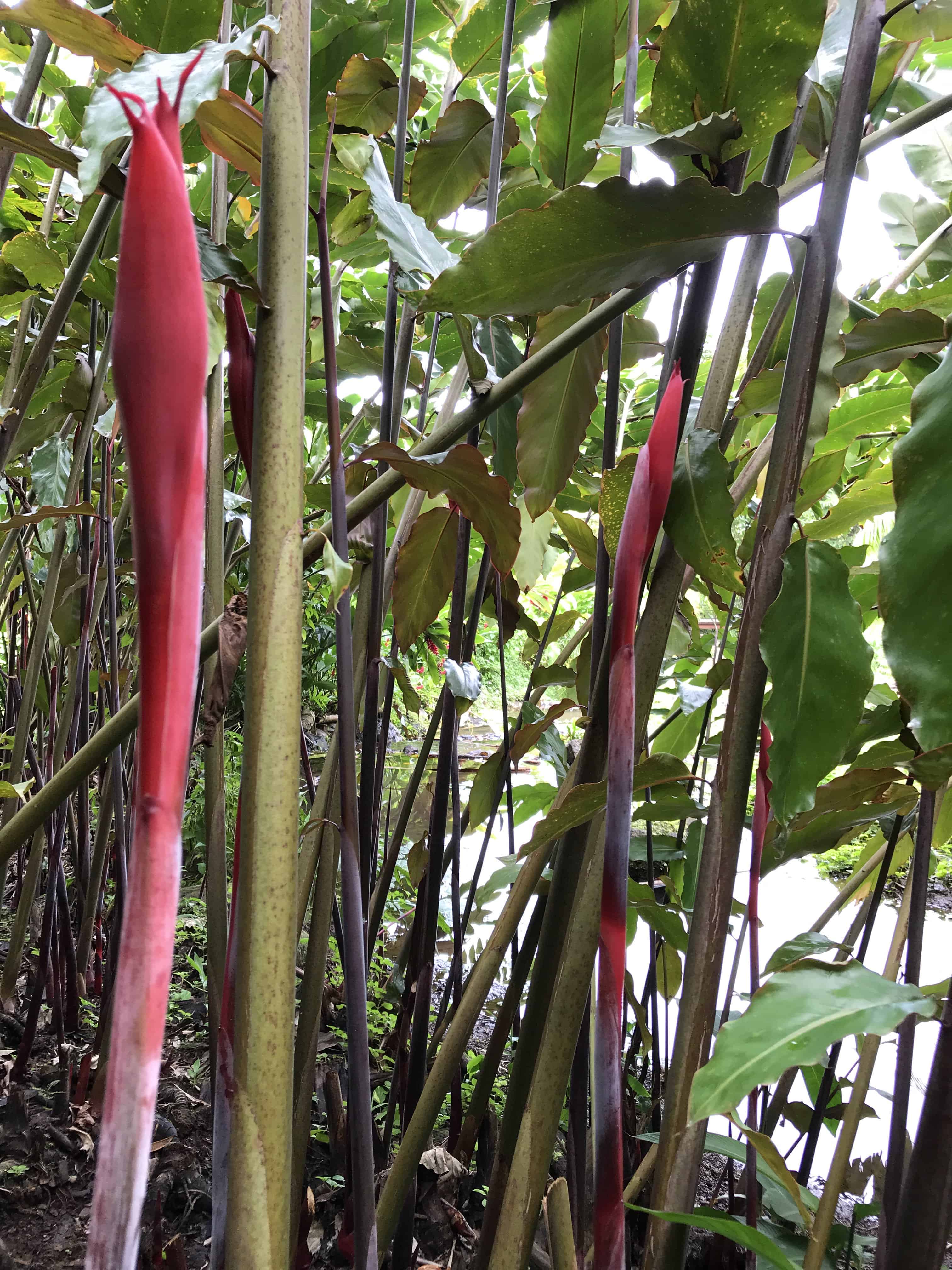
Bamboo: #BendNotBreak, a good metaphor for life.

Blossoming Pinks
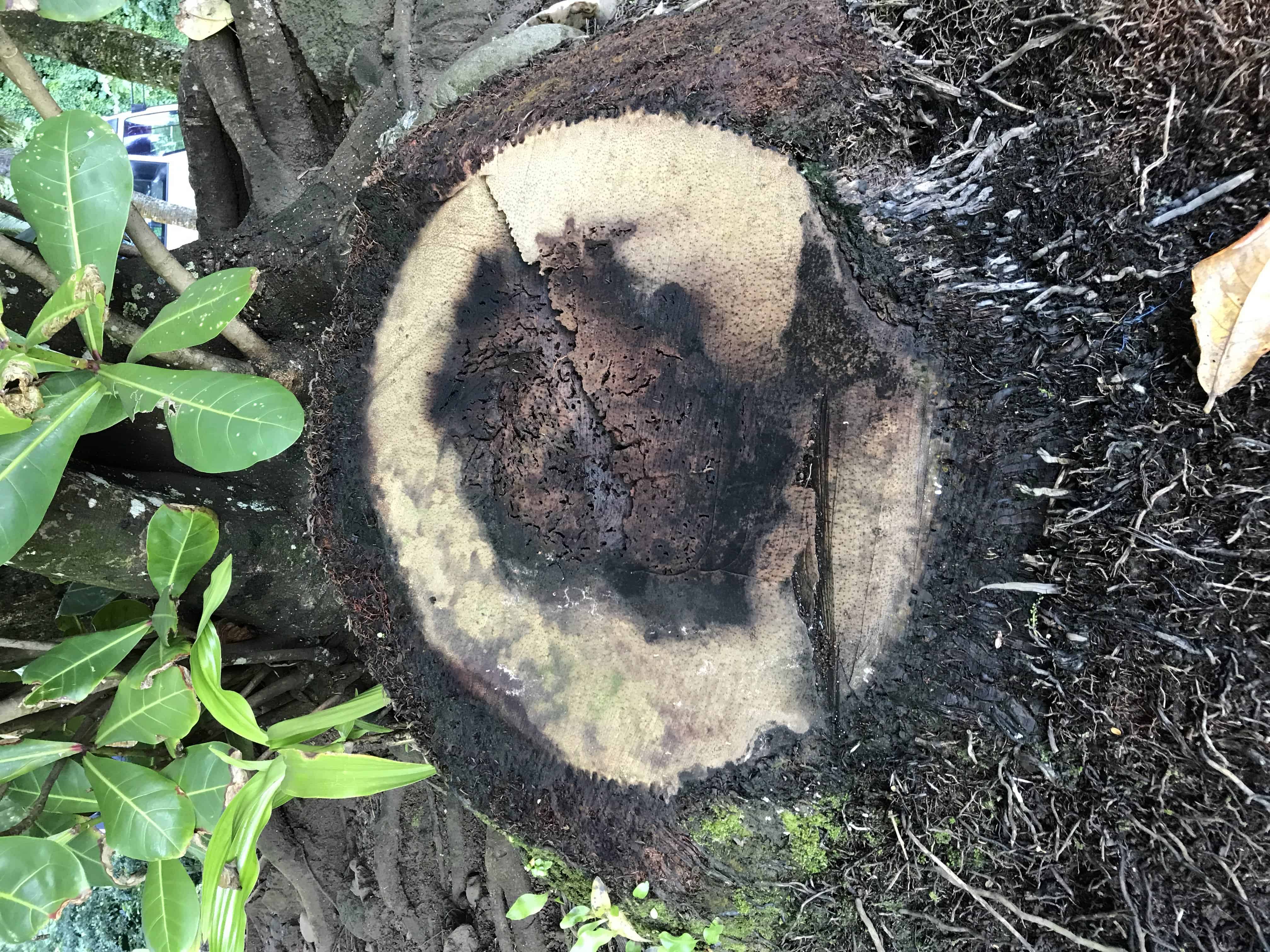
Inside the gardens
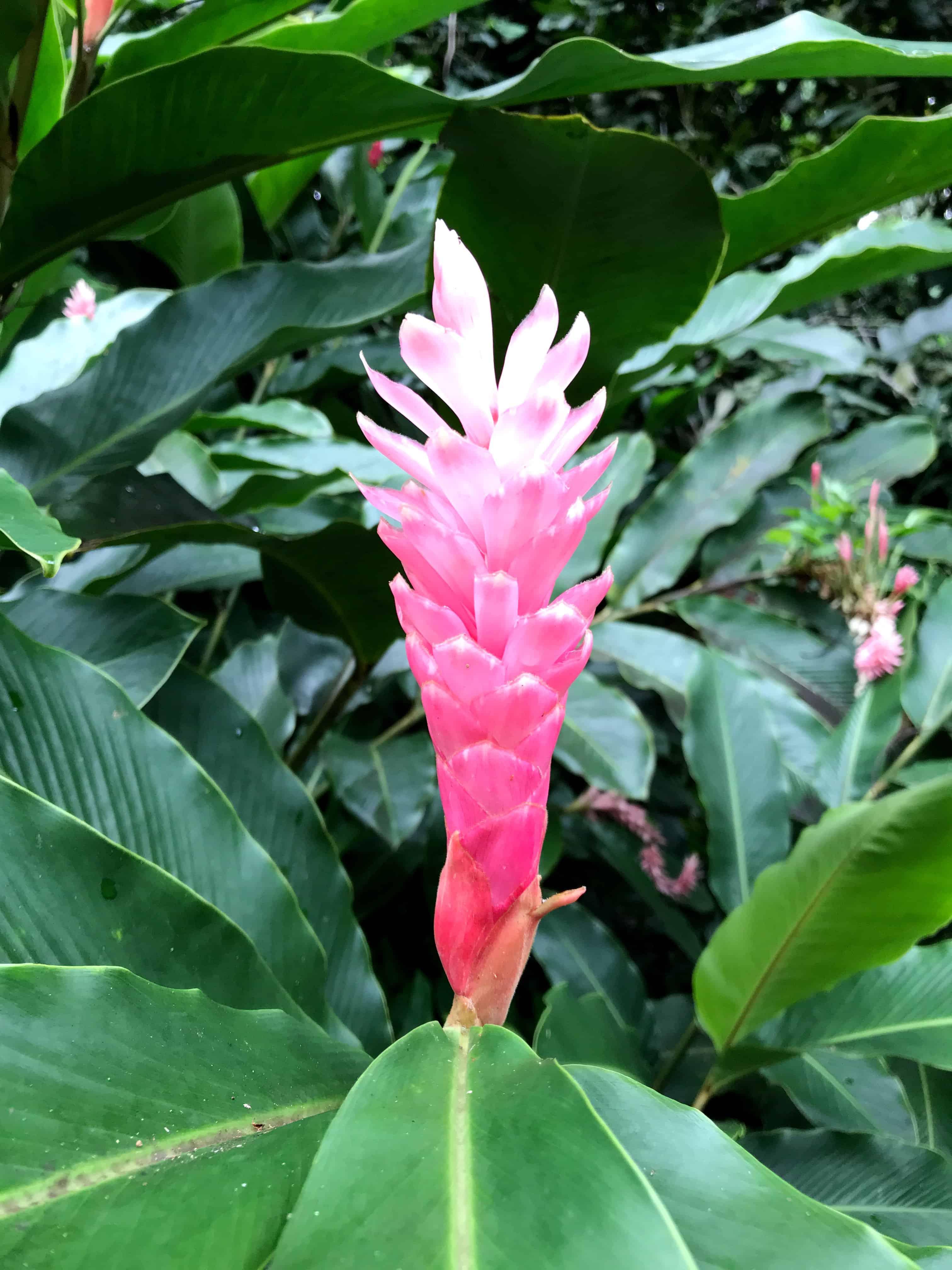
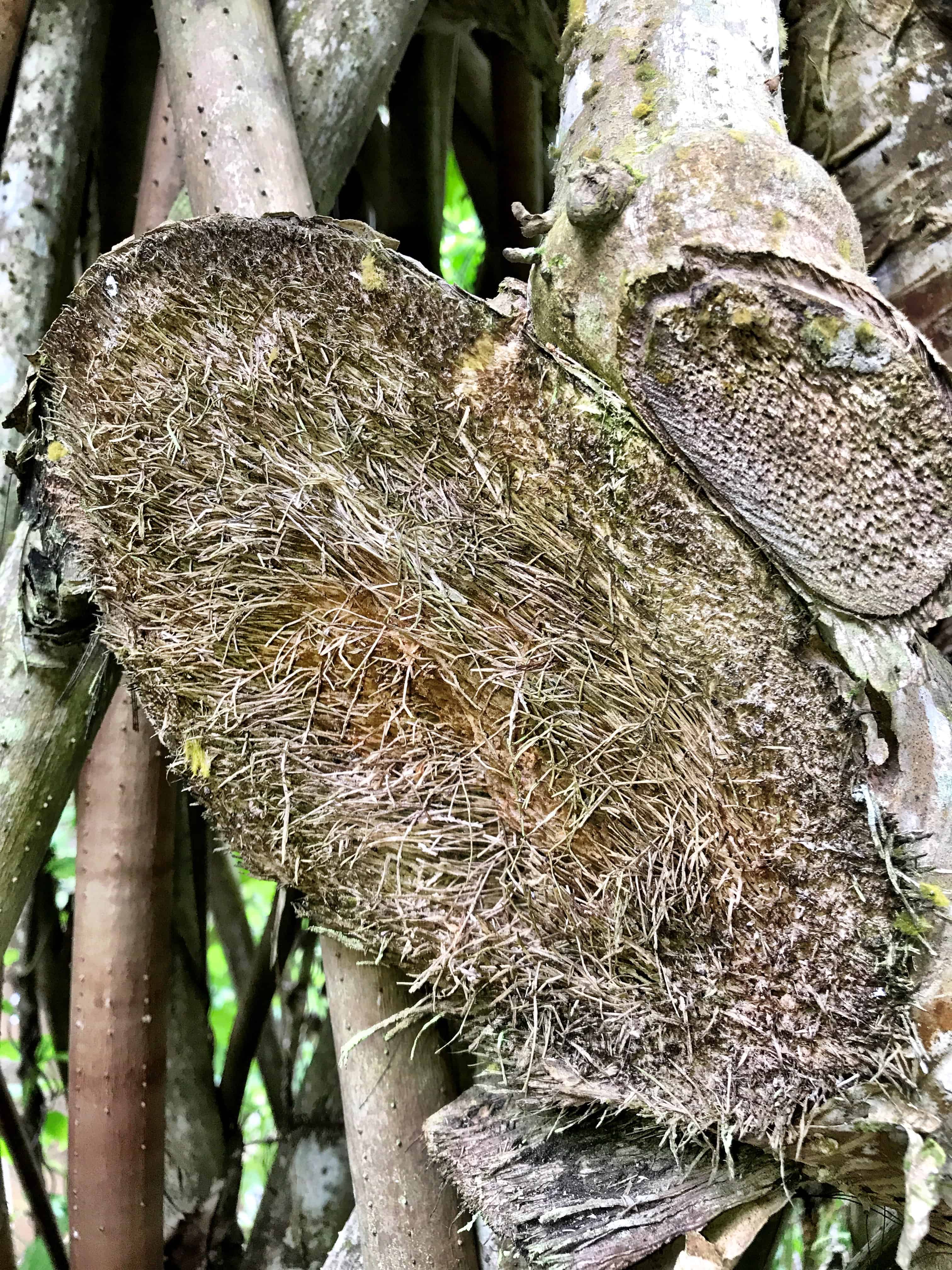
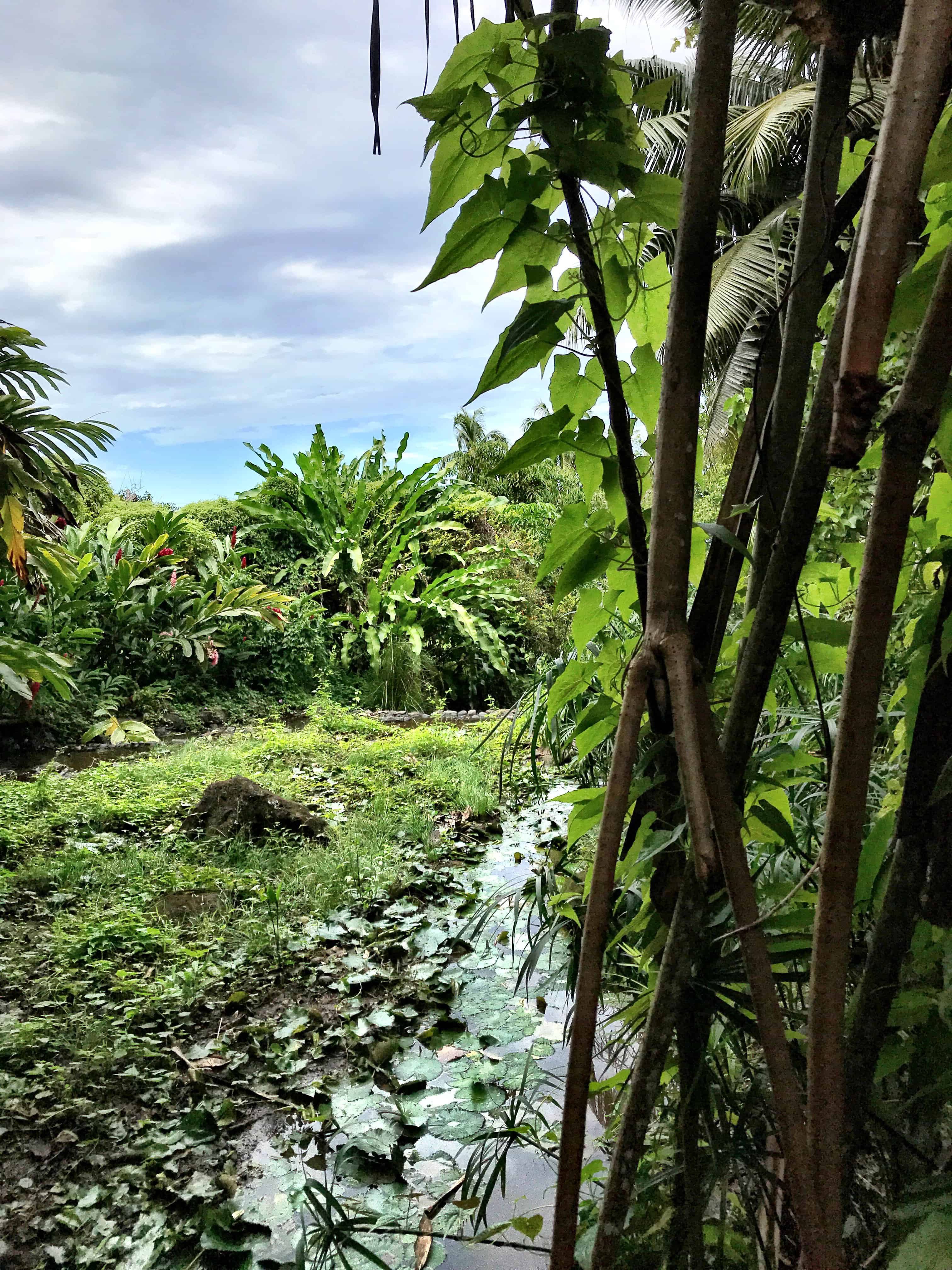
The vegetation is breathtaking
Restaurant Gauguin
Not far from the original museum honoring the artist by the same name, the resaurant is owned by Juliette and Roger, who also own a lovely home just down the road. Juliette gives tours on the medicinal value of plants on their property as noted above (included in this Tahiti & Mo’orea Travel Guide by Sea)
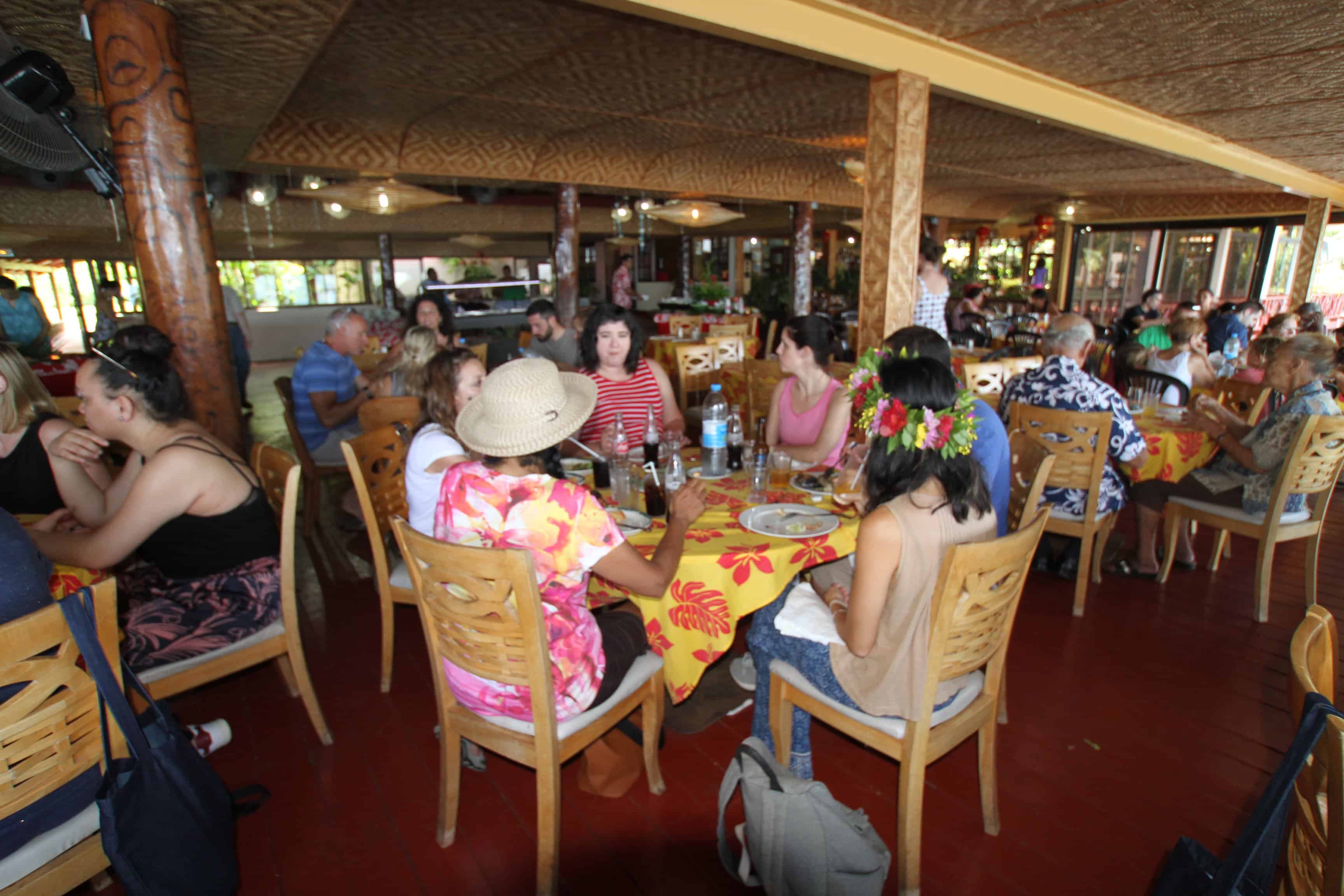
Inside Restaurant Gauguin. Here, they serve buffet style and sometimes there is live music.
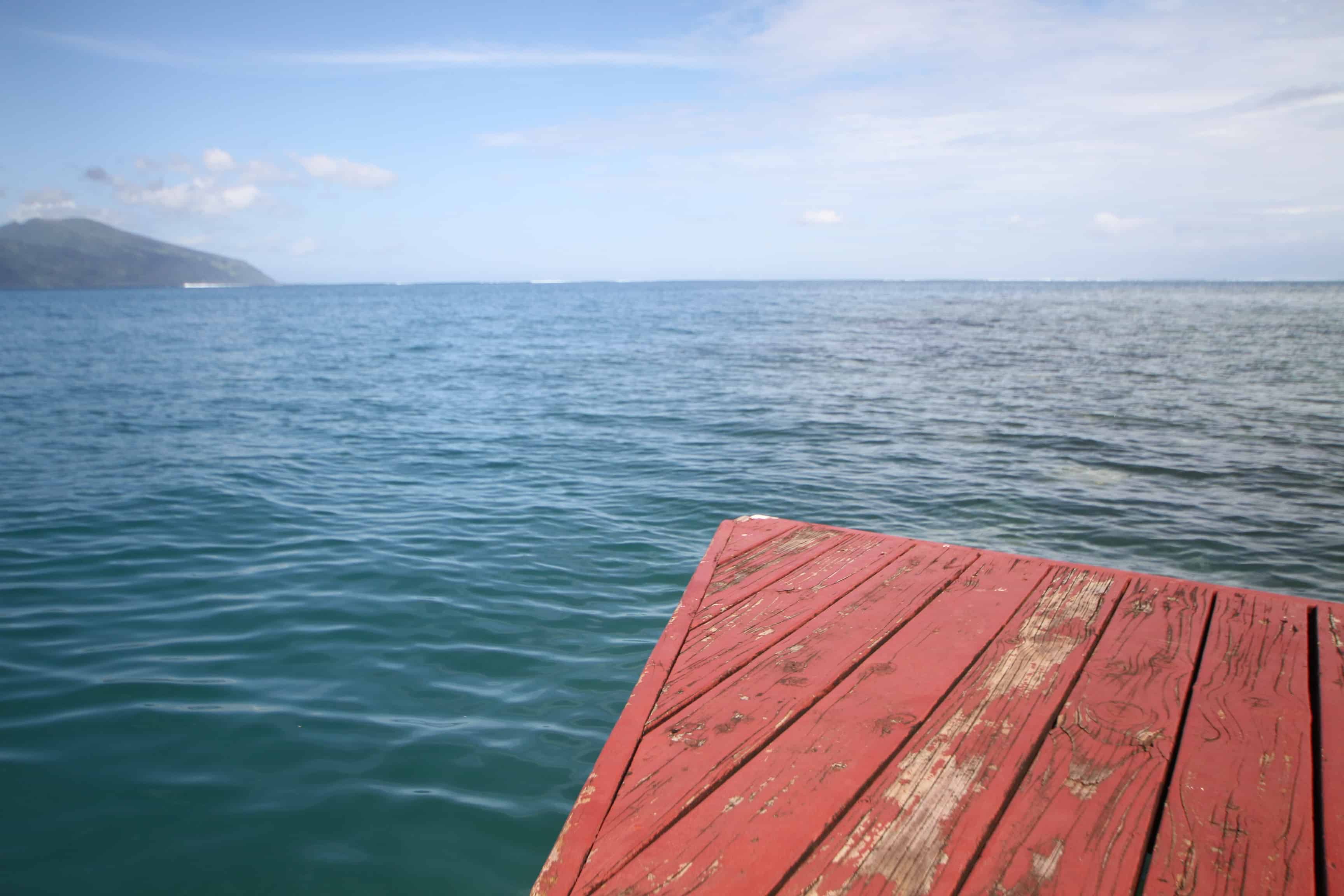
The dock at Restaurant Gauguin
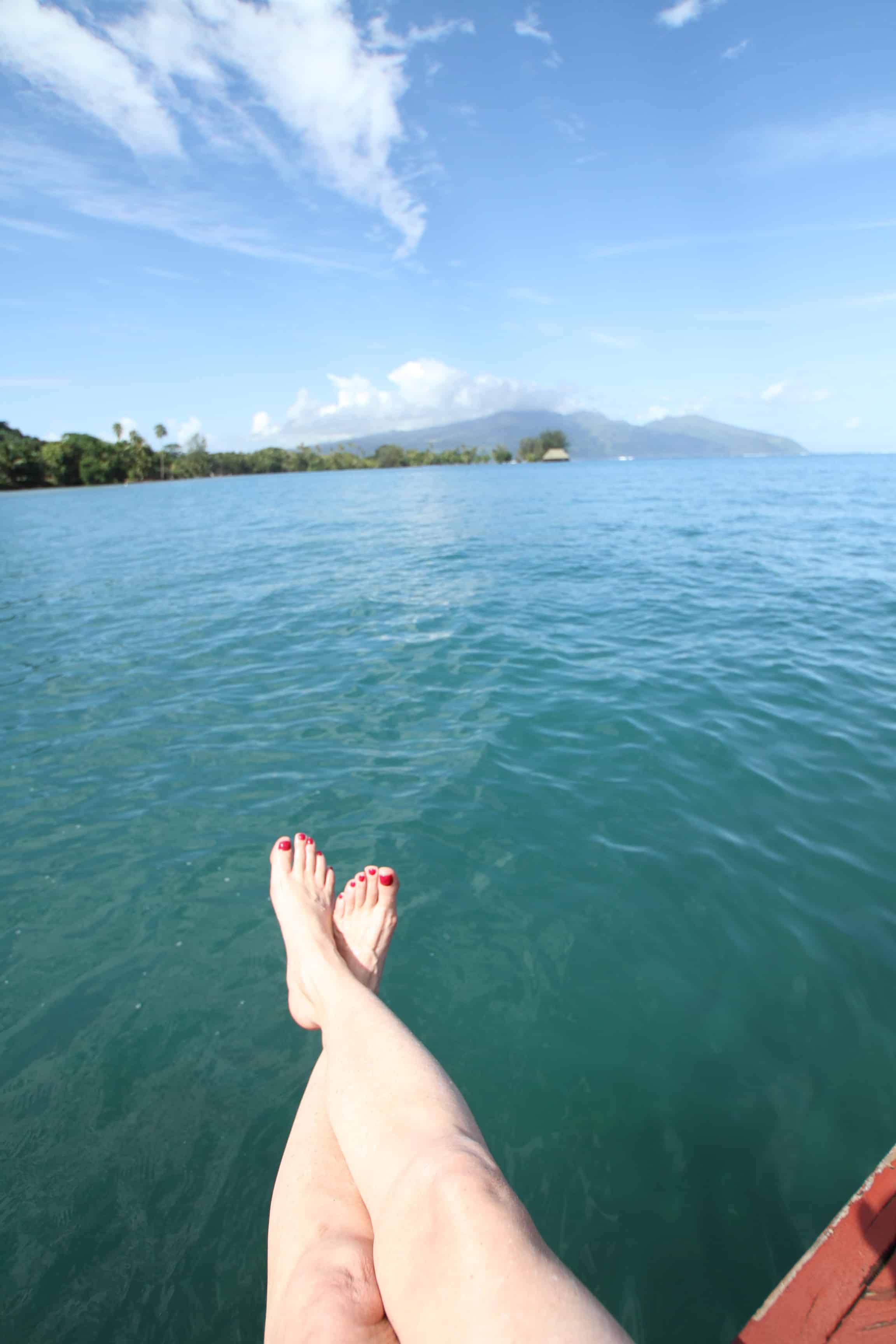
Relaxing on the dock at Restaurant Gauguin
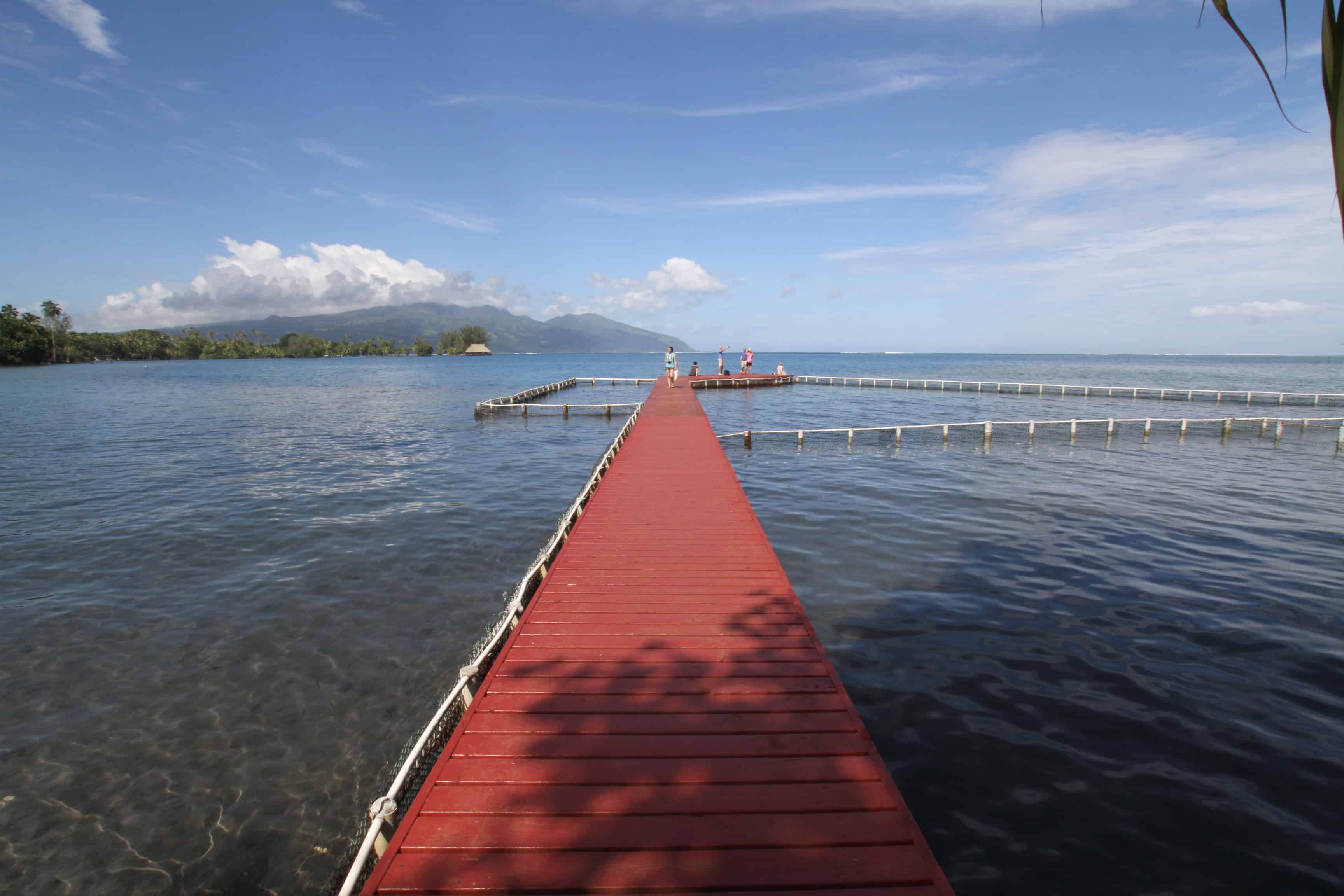
Pure beauty on the dock and beyond at Restaurant Gauguin
Tahara’s Point of View
The views from Tahara’s Point of View on the East side of the island of Tahiti provide a breathtaking 360 degree view of Tahiti and Mo’orea in the background.
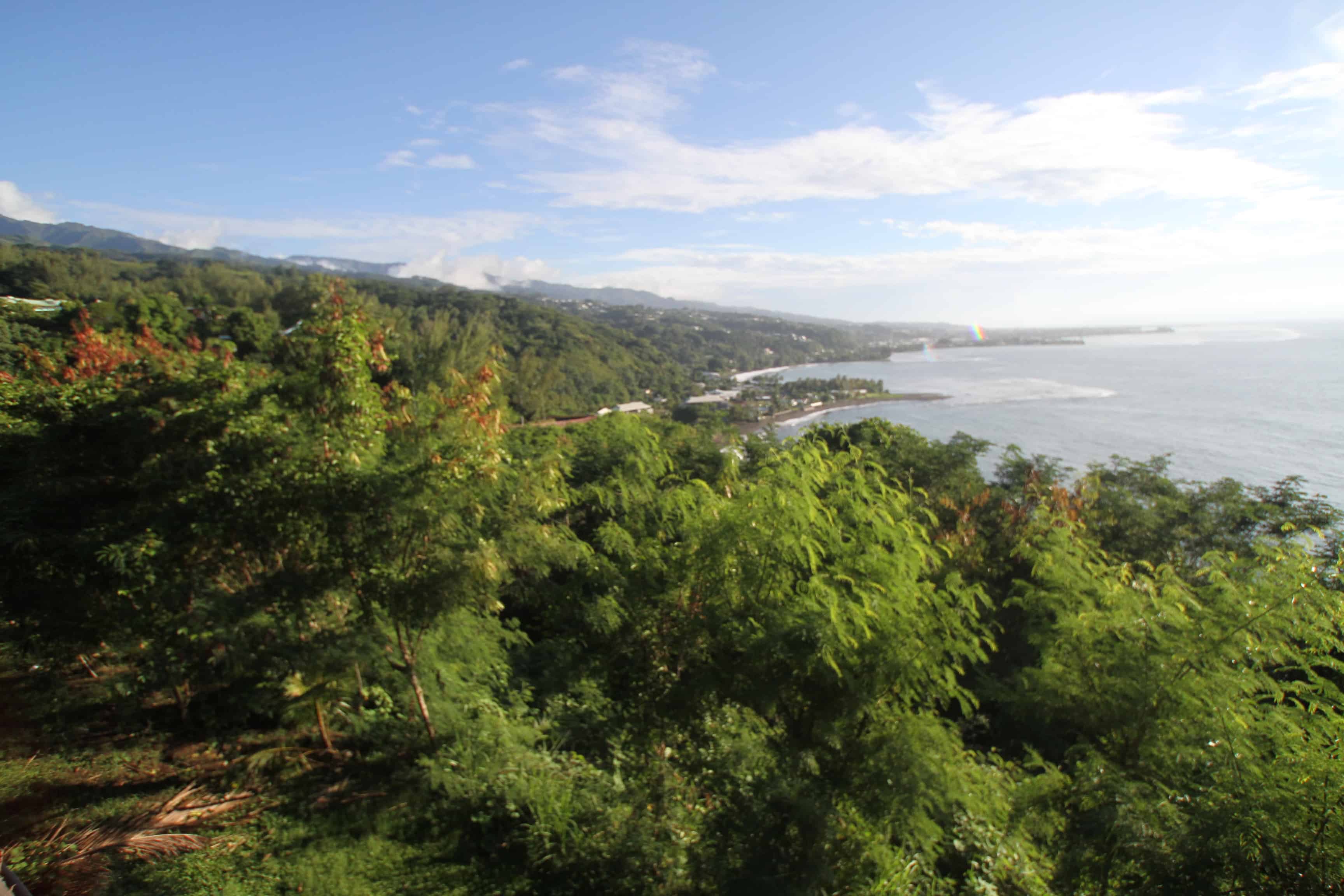
The views of Tahiti across Matavai Bay is absolutely breathtaking from Tahara’s Point of View
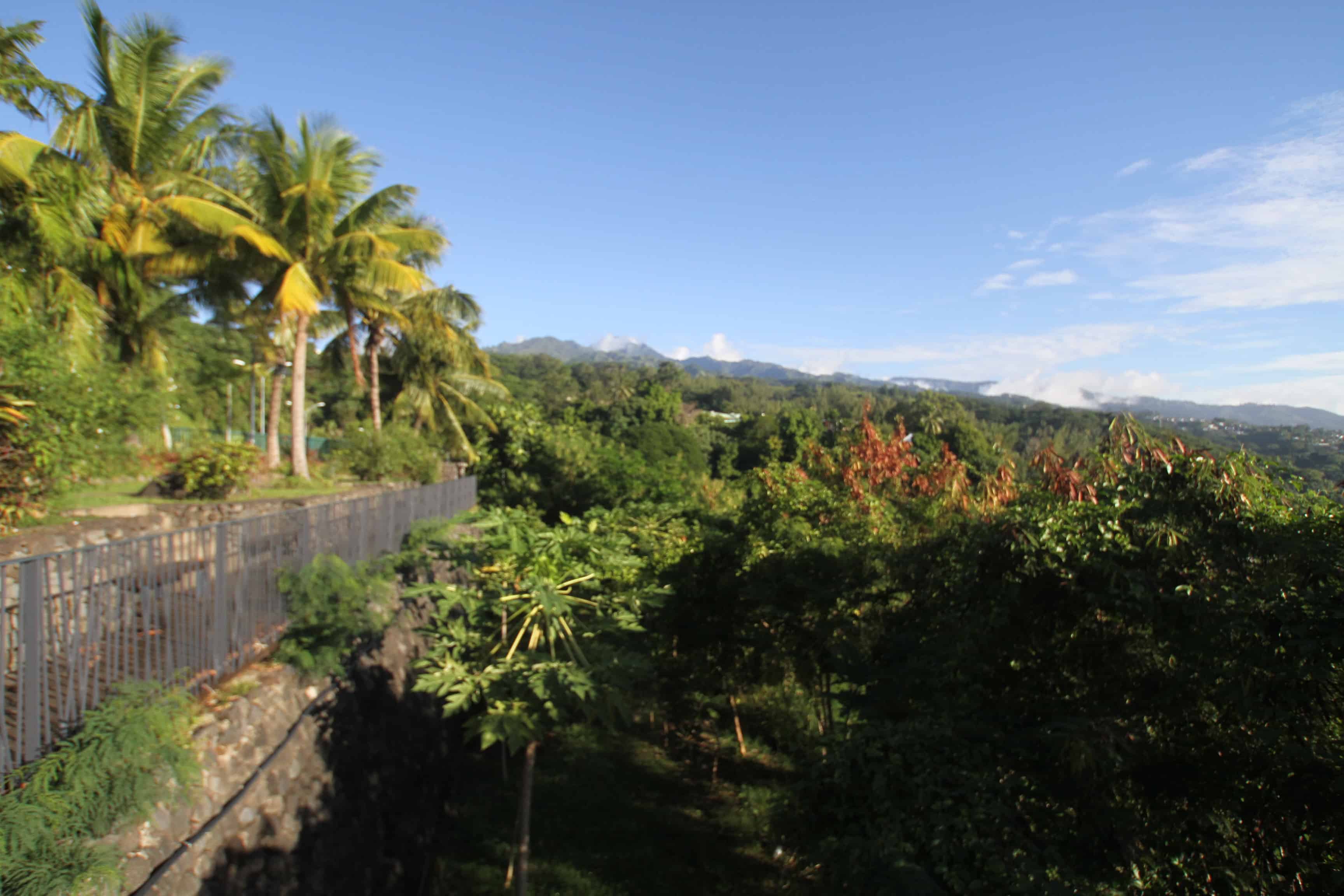
Sweeping views
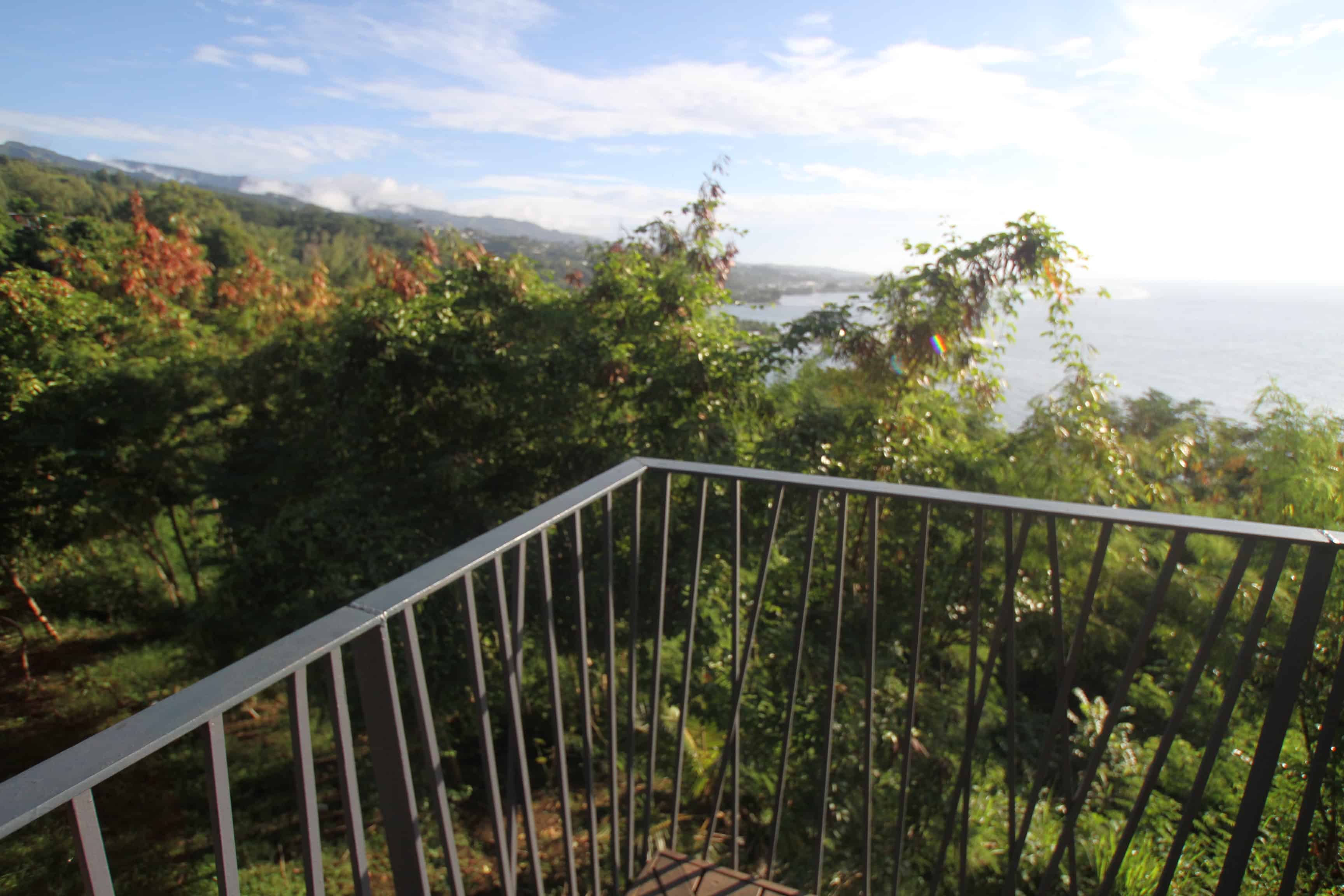
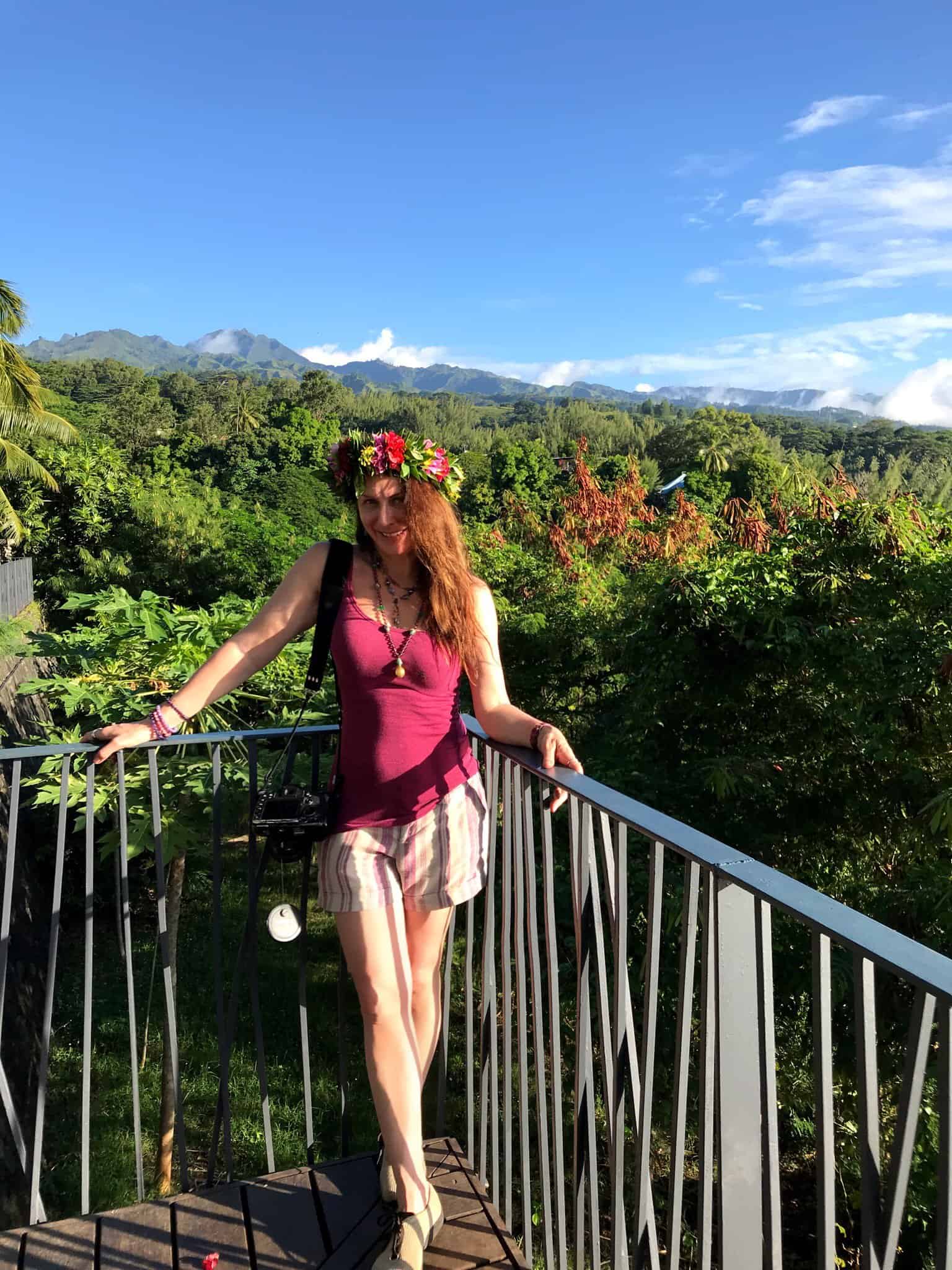
In love with the nature of Tahiti on both sides of the island.
Traditional Tahitian Dance
While many tourists end up seeing traditional dance performances at some cultural site or hotel, we had a unique opportunity to visit a community center where students were rehearsing for an upcoming dance competition. To call this experience authentic is an understatement.
Financed by the city county of Faa, they call themselves Nuna’a e hau and the chief of the troupe is Hirohiti Tematahotoa. Last year, they won the Heiva i Tahiti in the “amateur” category” so this year they are competing in the “professional” category. I’m excited about this opportunity for them and we are sending positive energy their way.
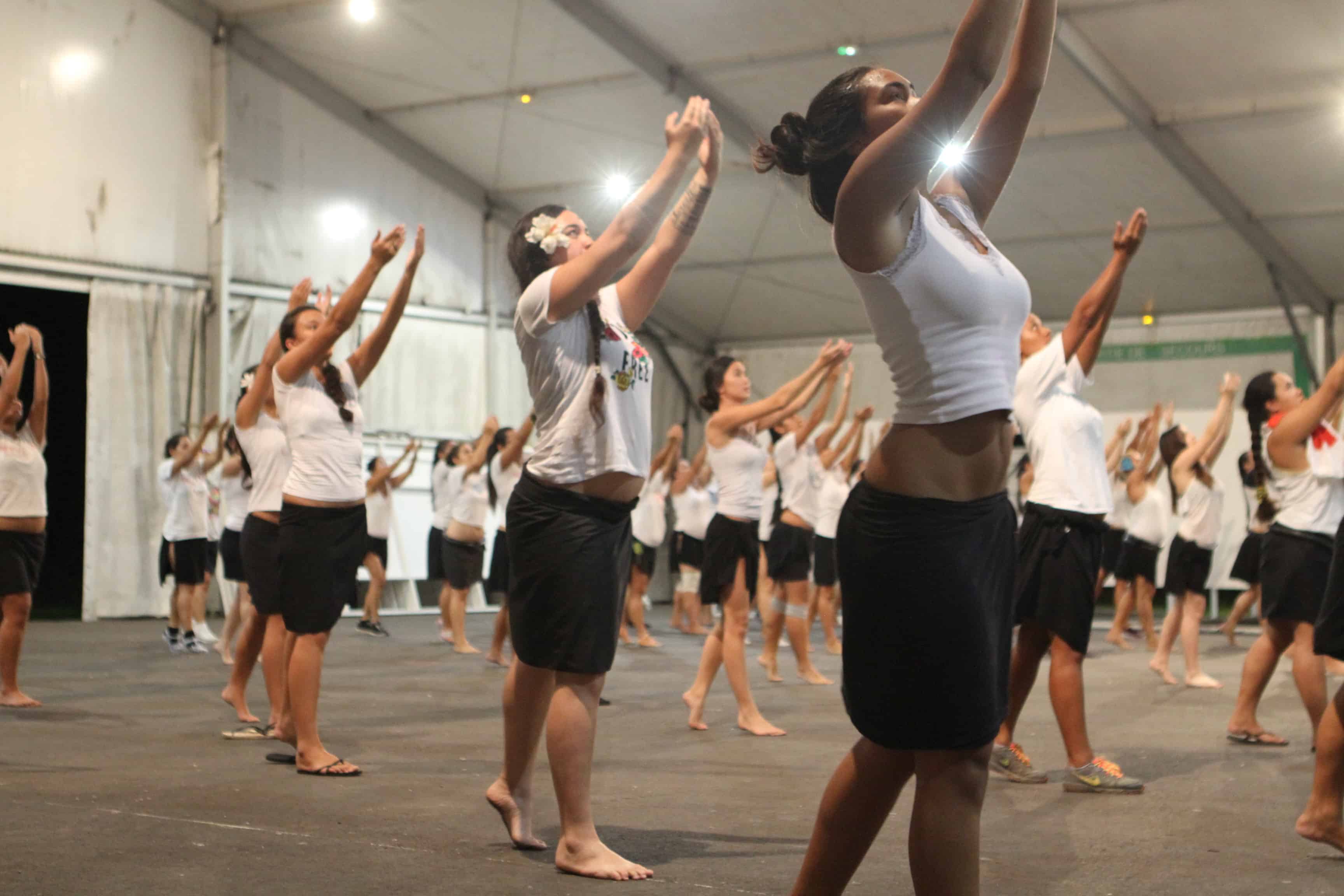
During their dance rehearsal
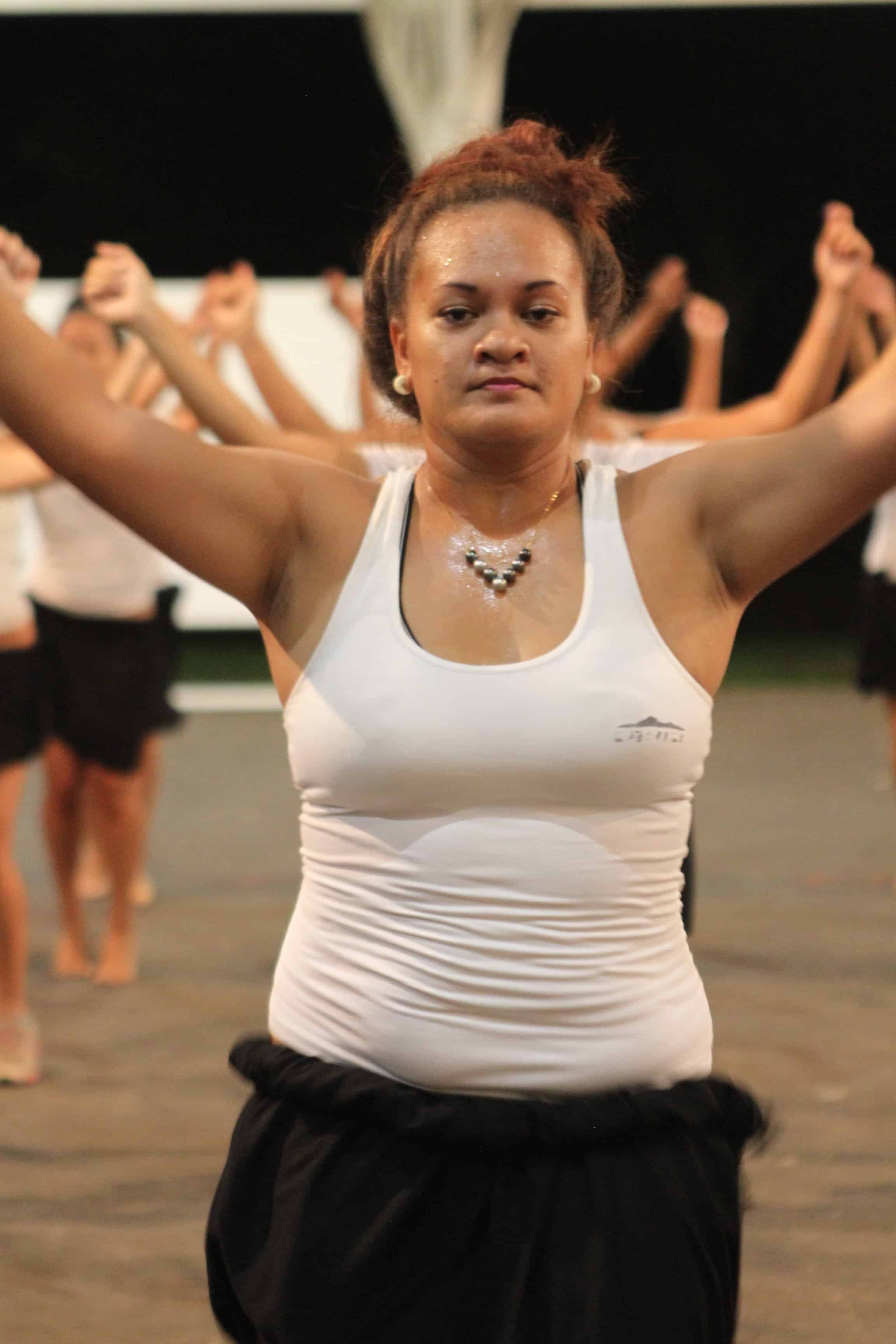
Graceful moves mixed with high energy
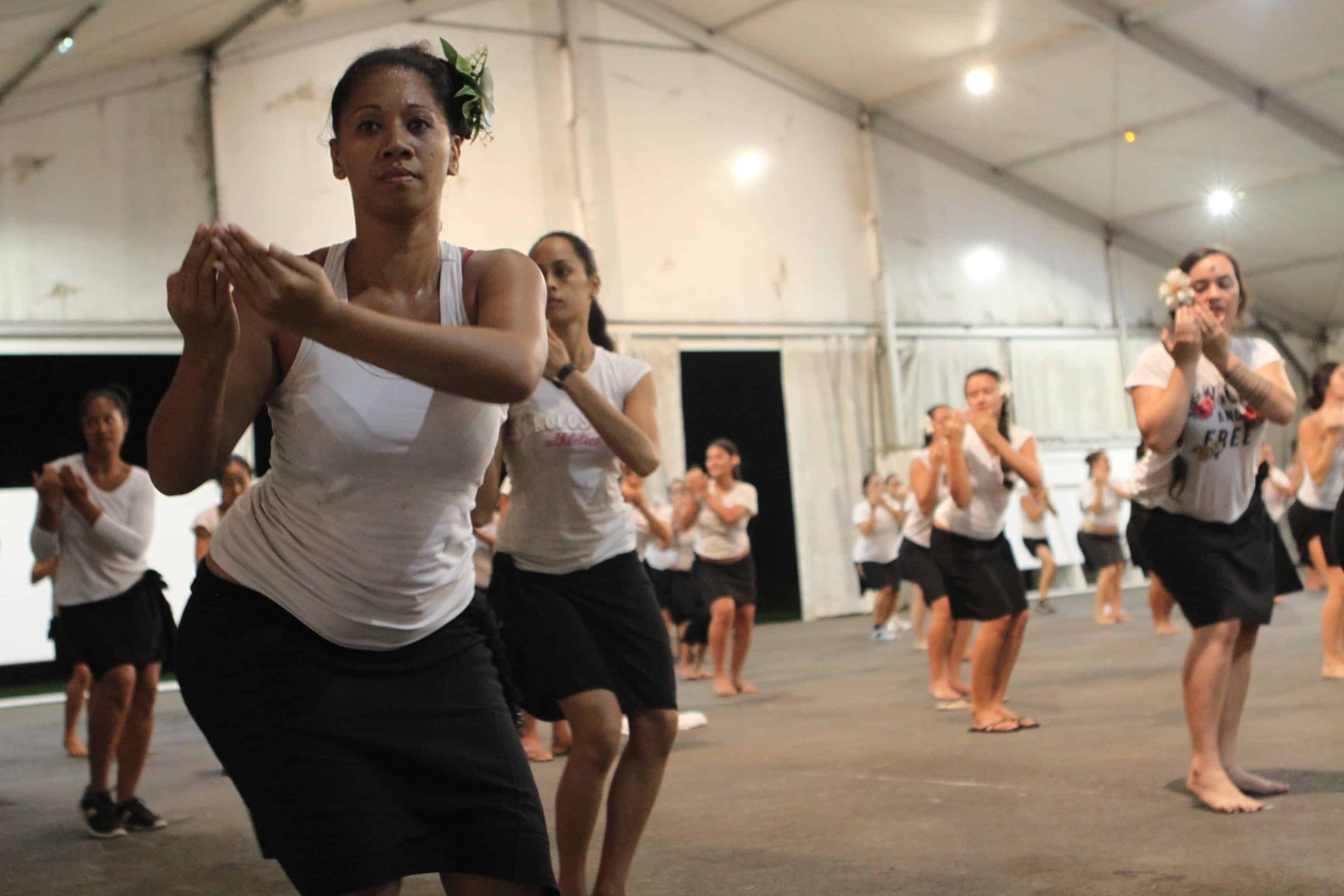
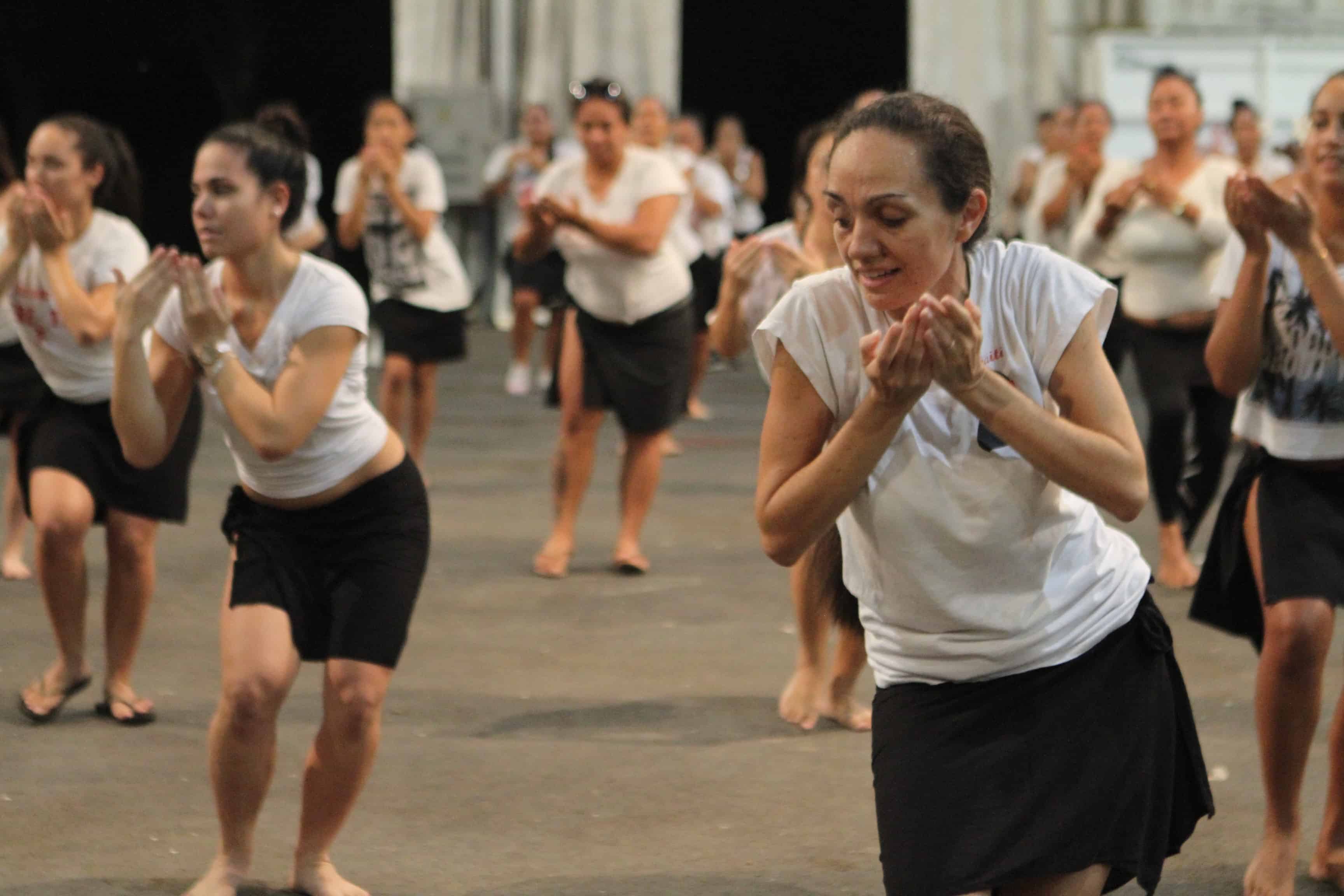
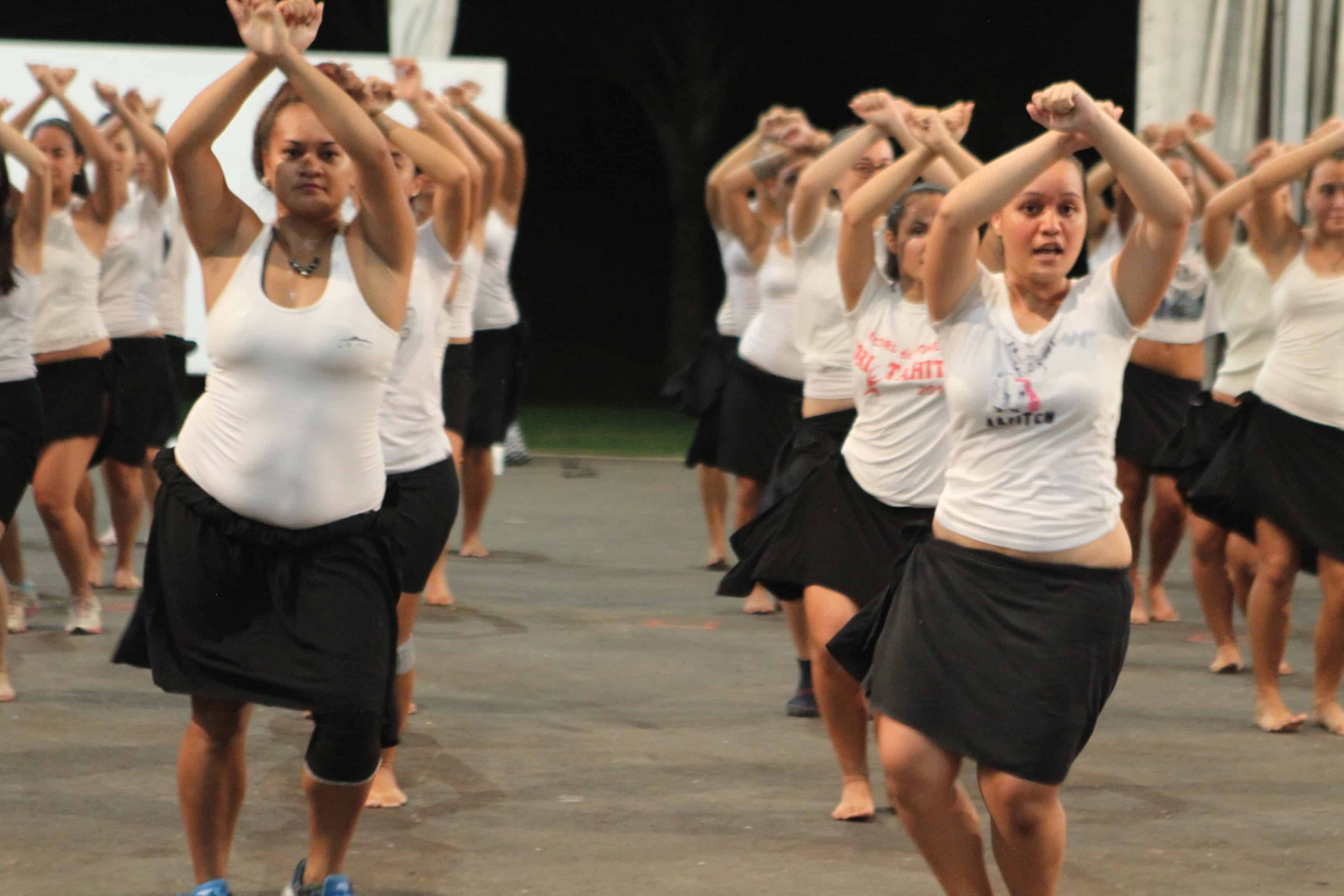
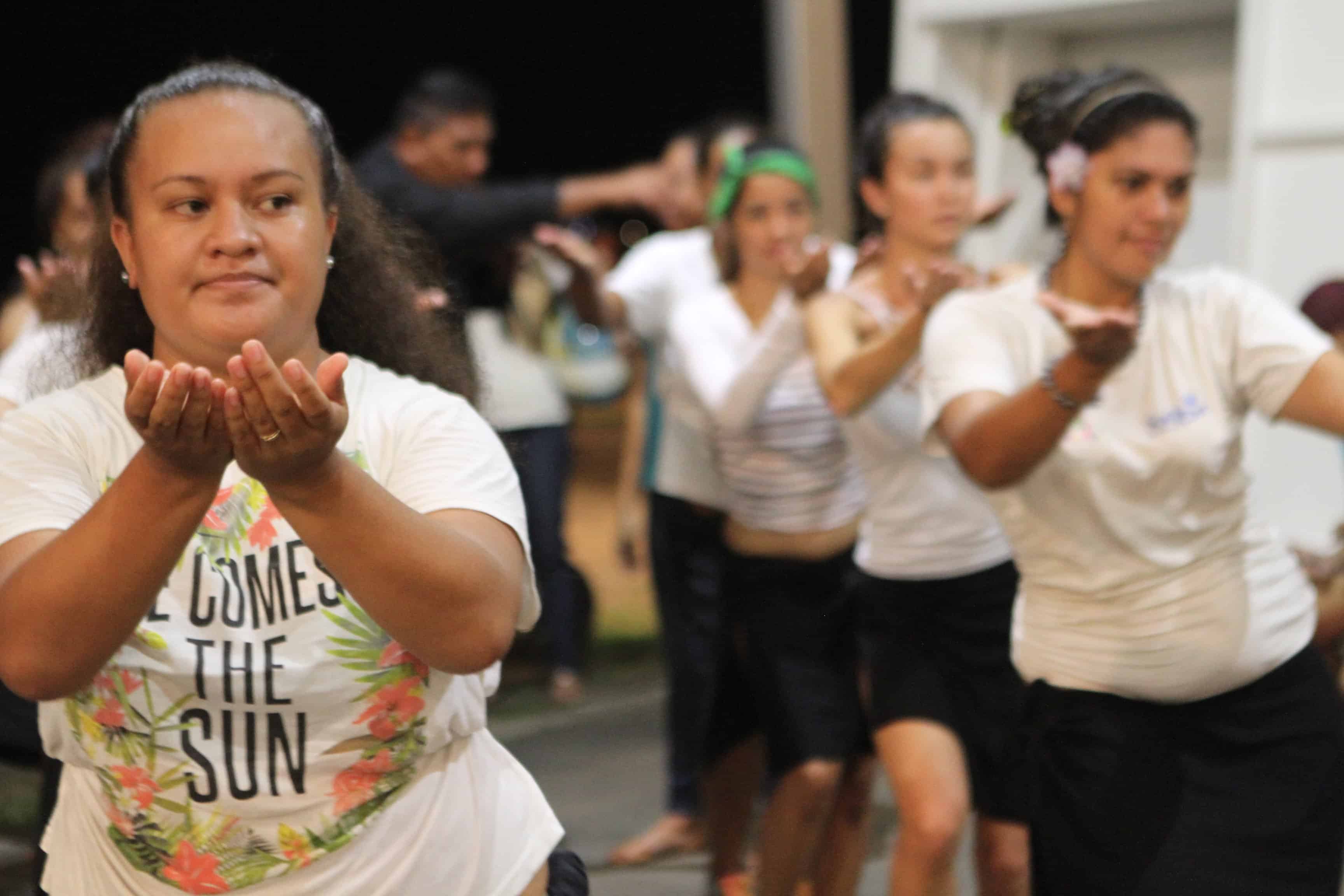
There was a live band of drummers and congo players during the performance, which added to the excitement and energy of the evening.
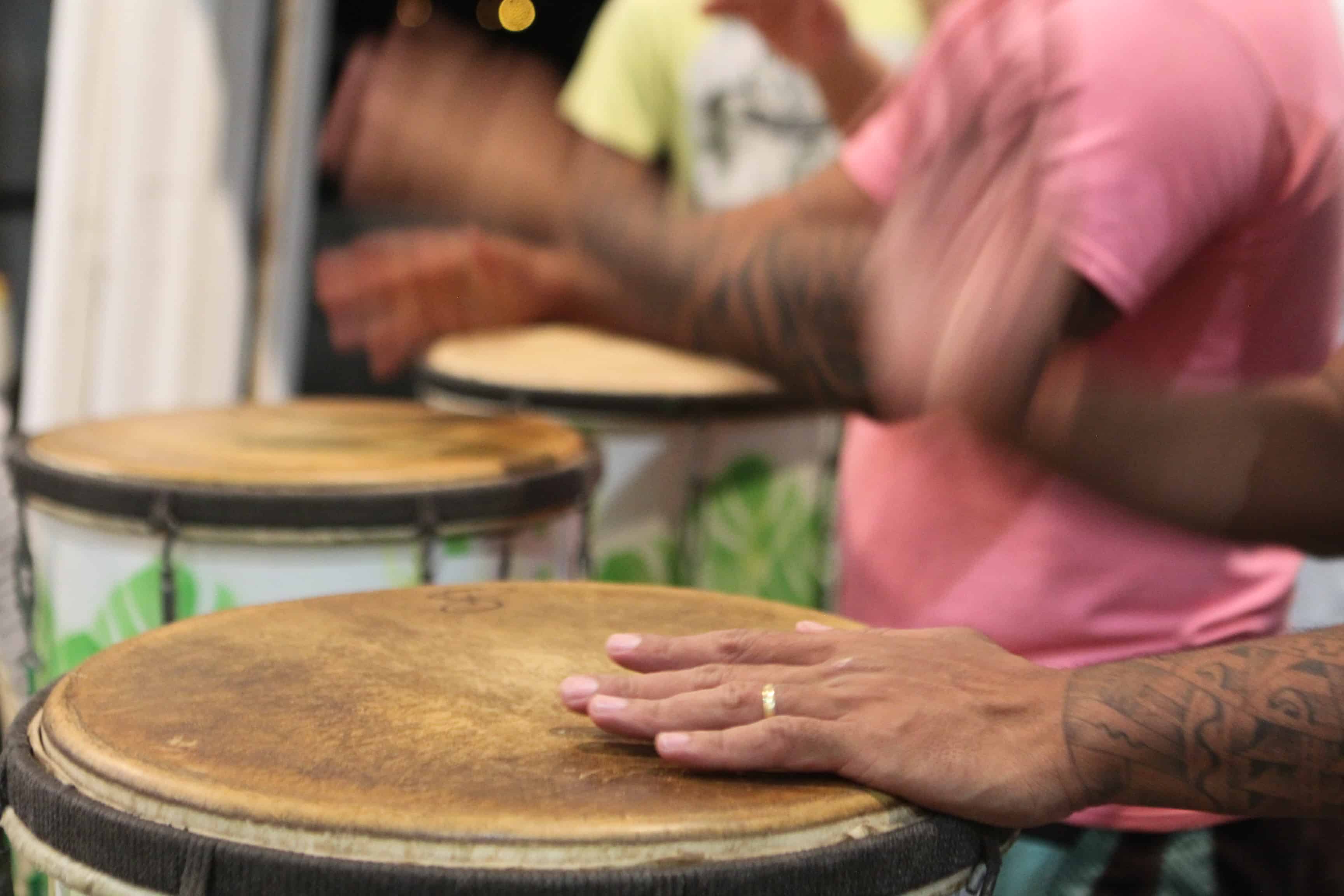
The drummers were eclectic
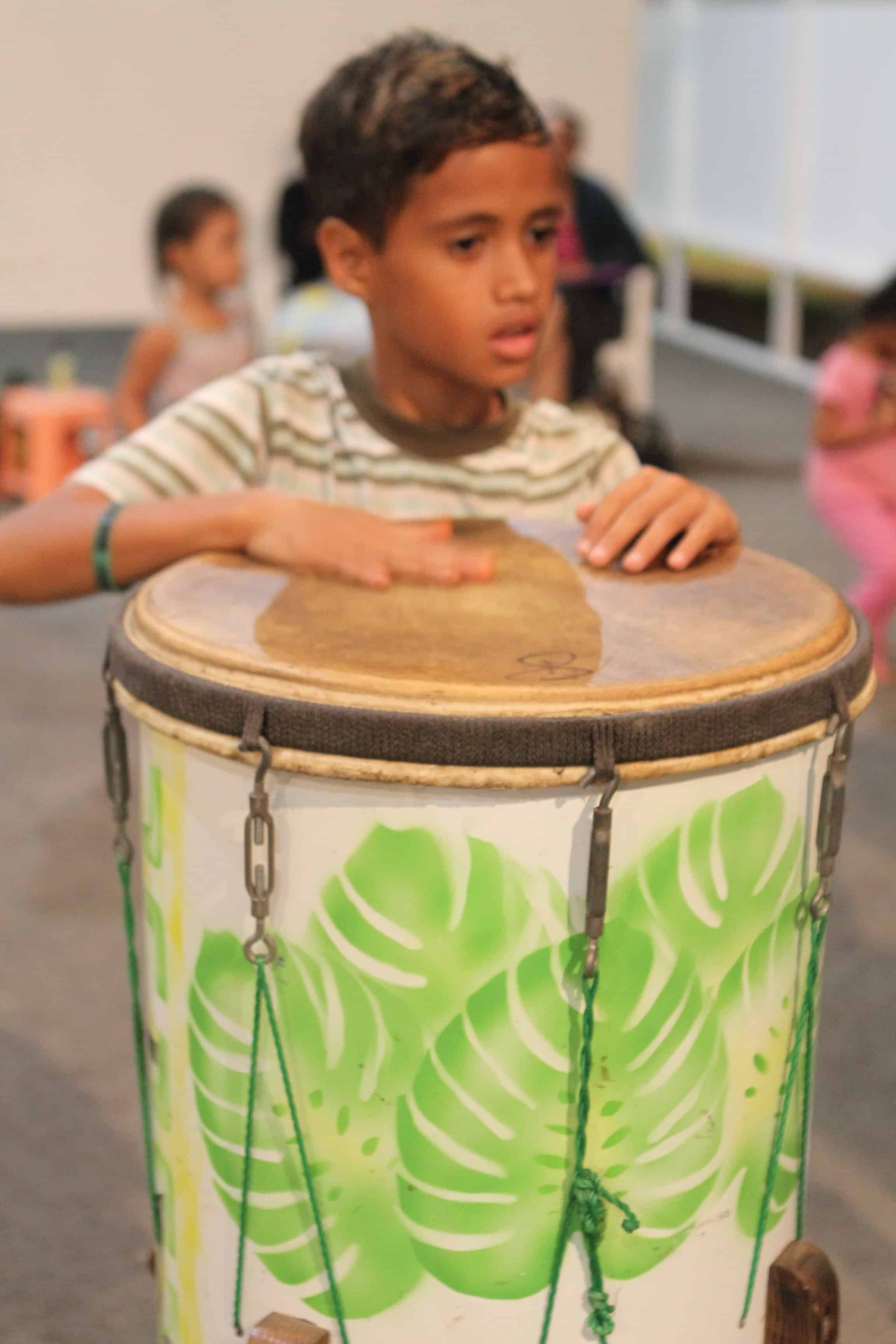
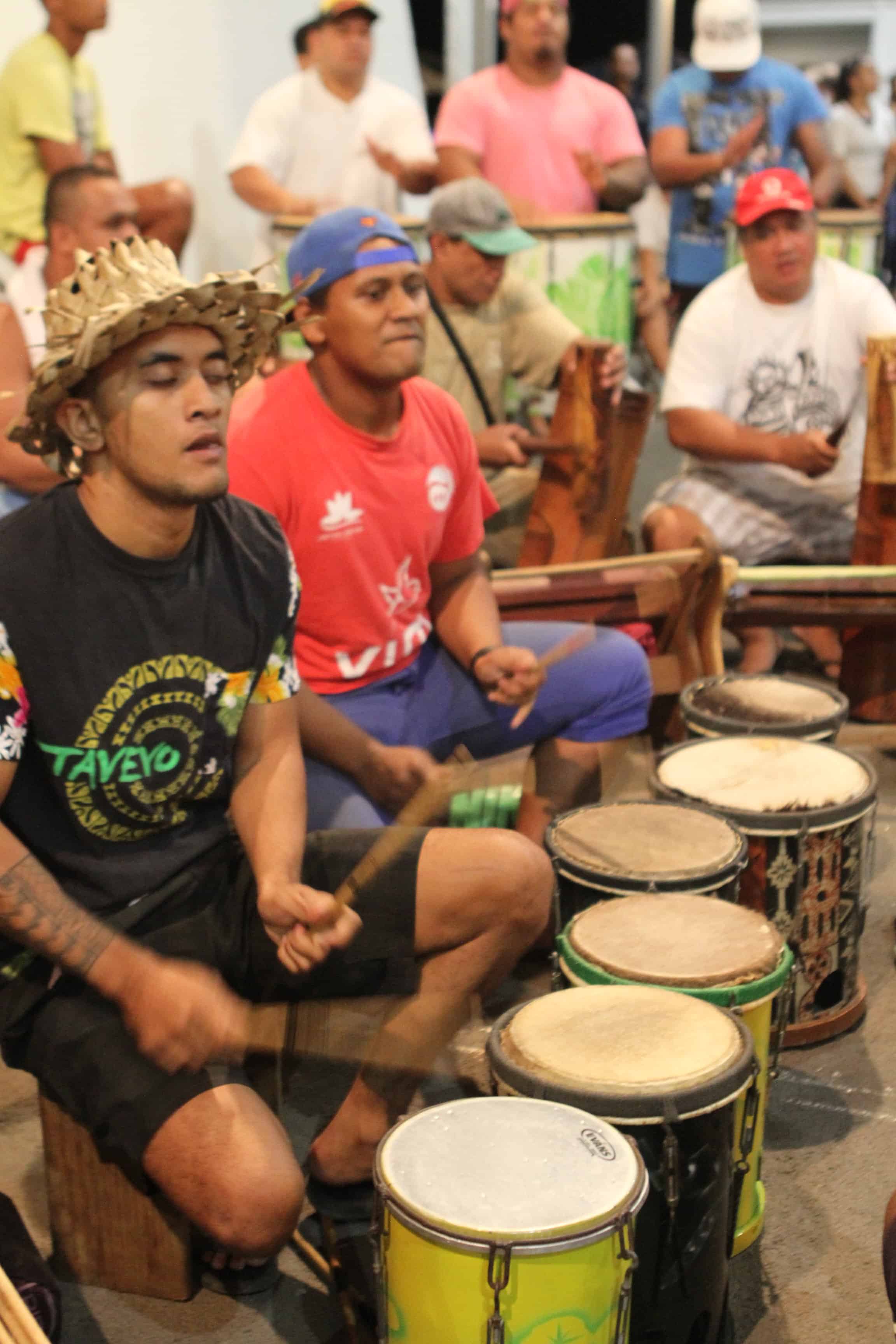
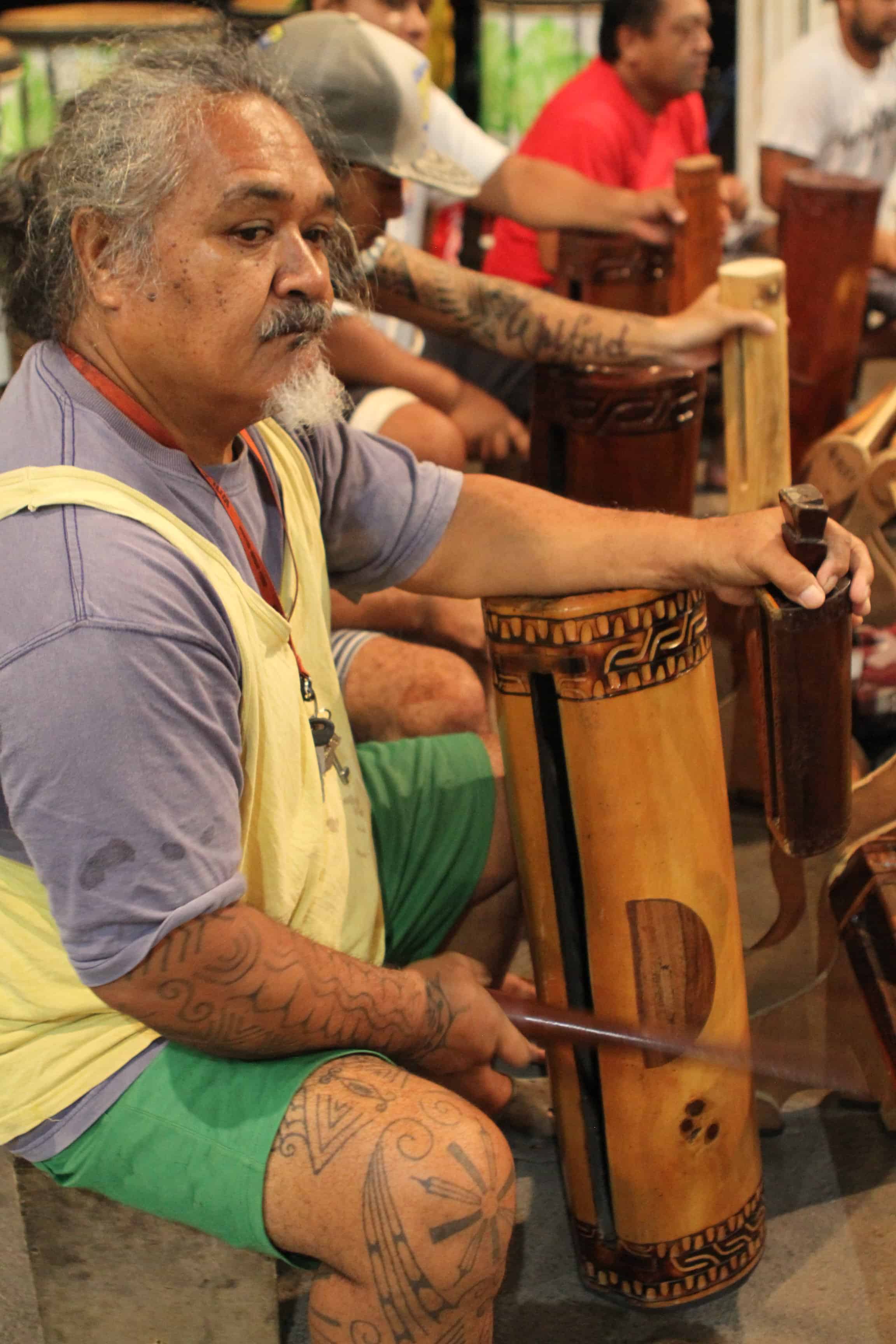
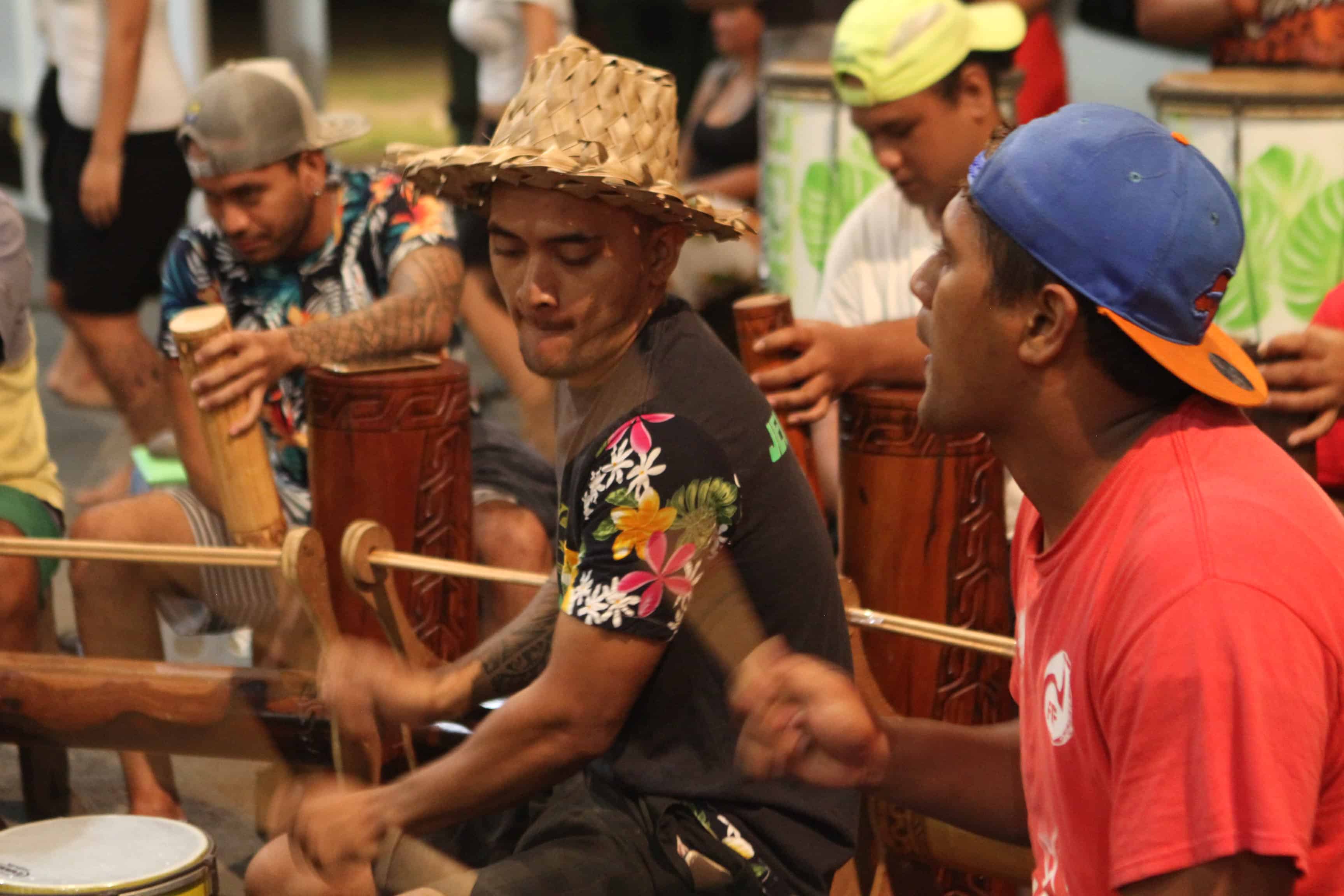
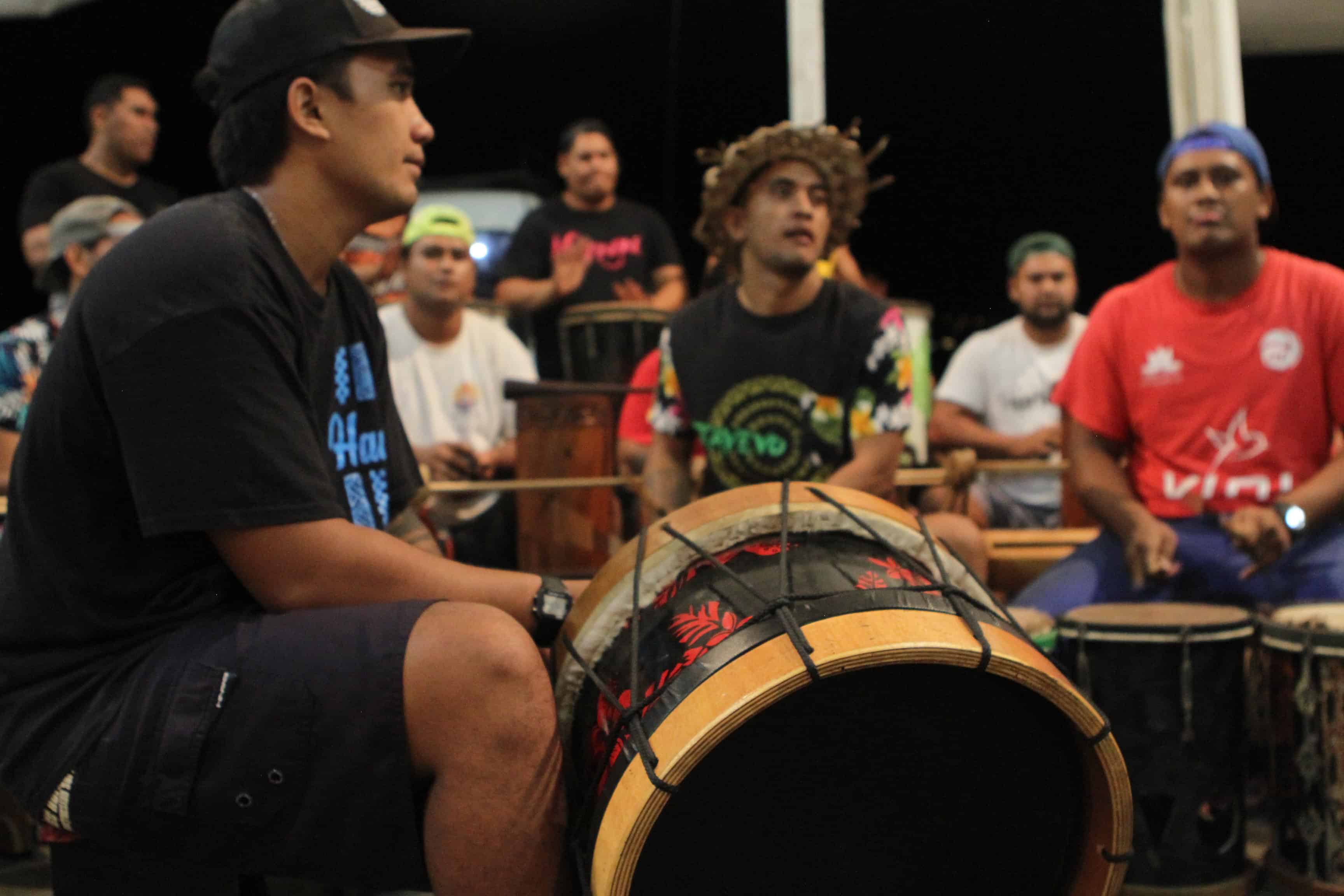
Because the rehearsal tends to be a family affair, meaning that the performers’ families often show up to support them, there were plenty of kids and parents, all of whom were participating in the fun of the evening.
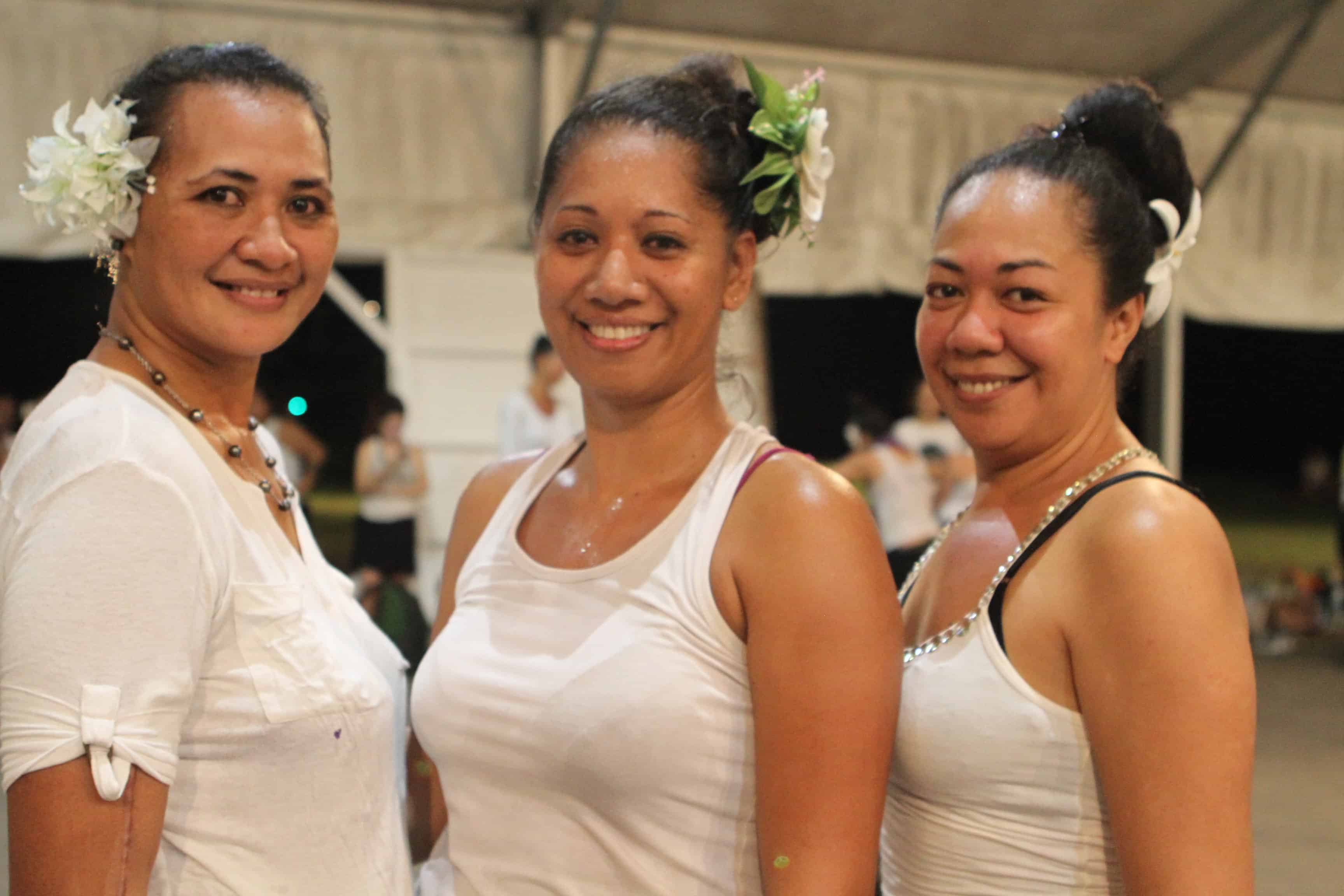
Remember that the flower behind the left ear means you’re in a relationship whereas behind the right ear demonstrates that you are single.
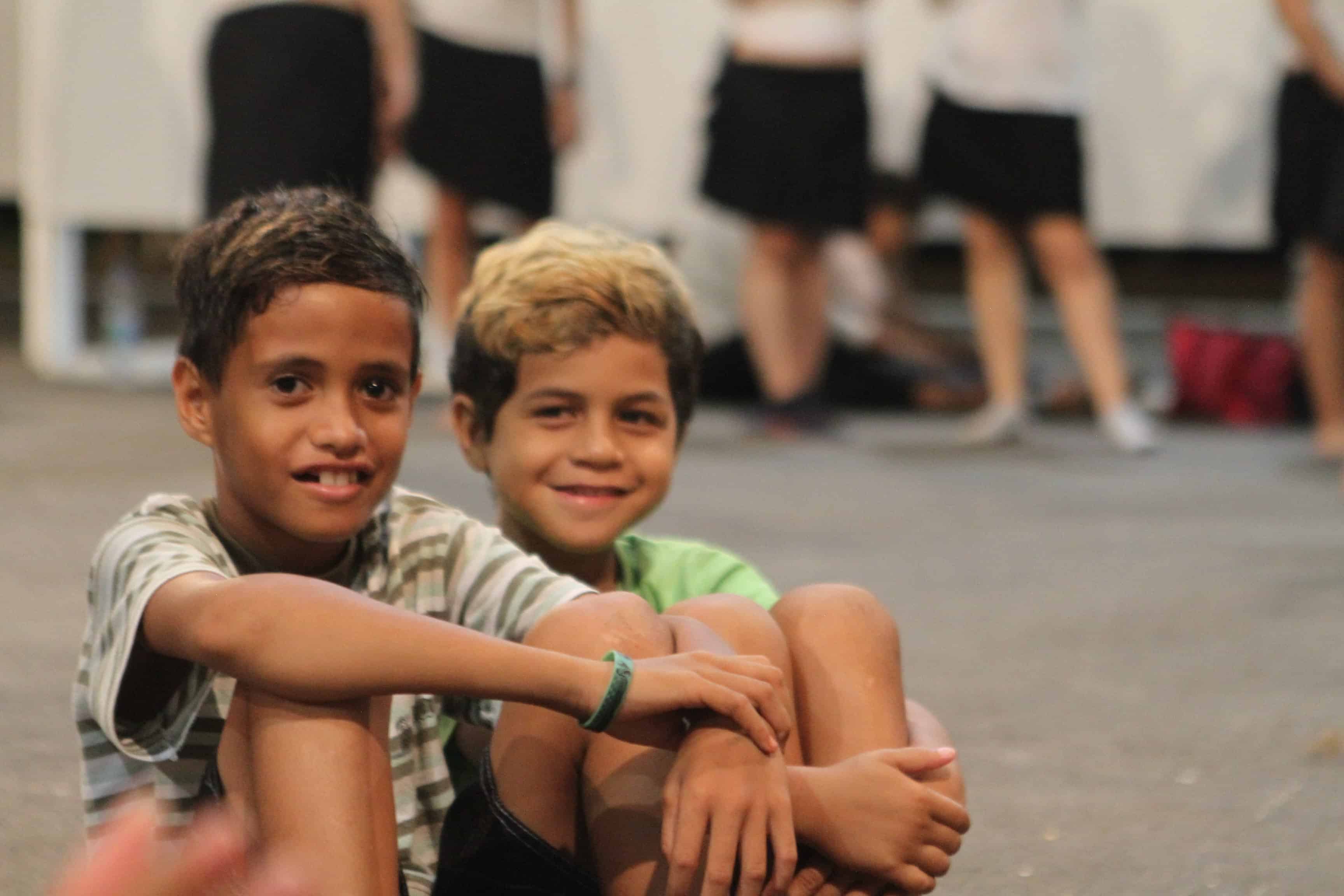
The children at the event were so adorable, I could have taken a thousand photos of them and kept going….
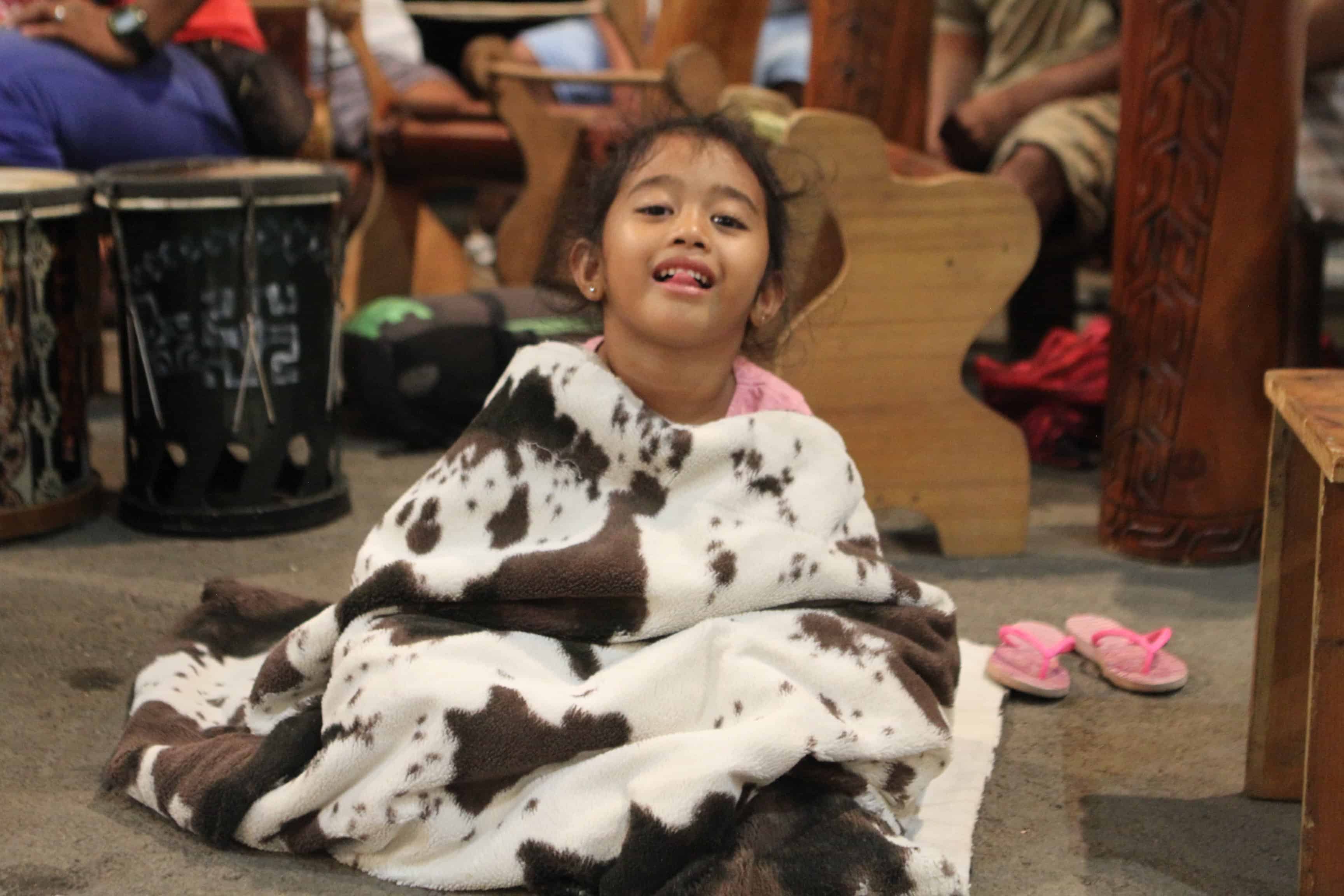
The children at the dance rehearsal
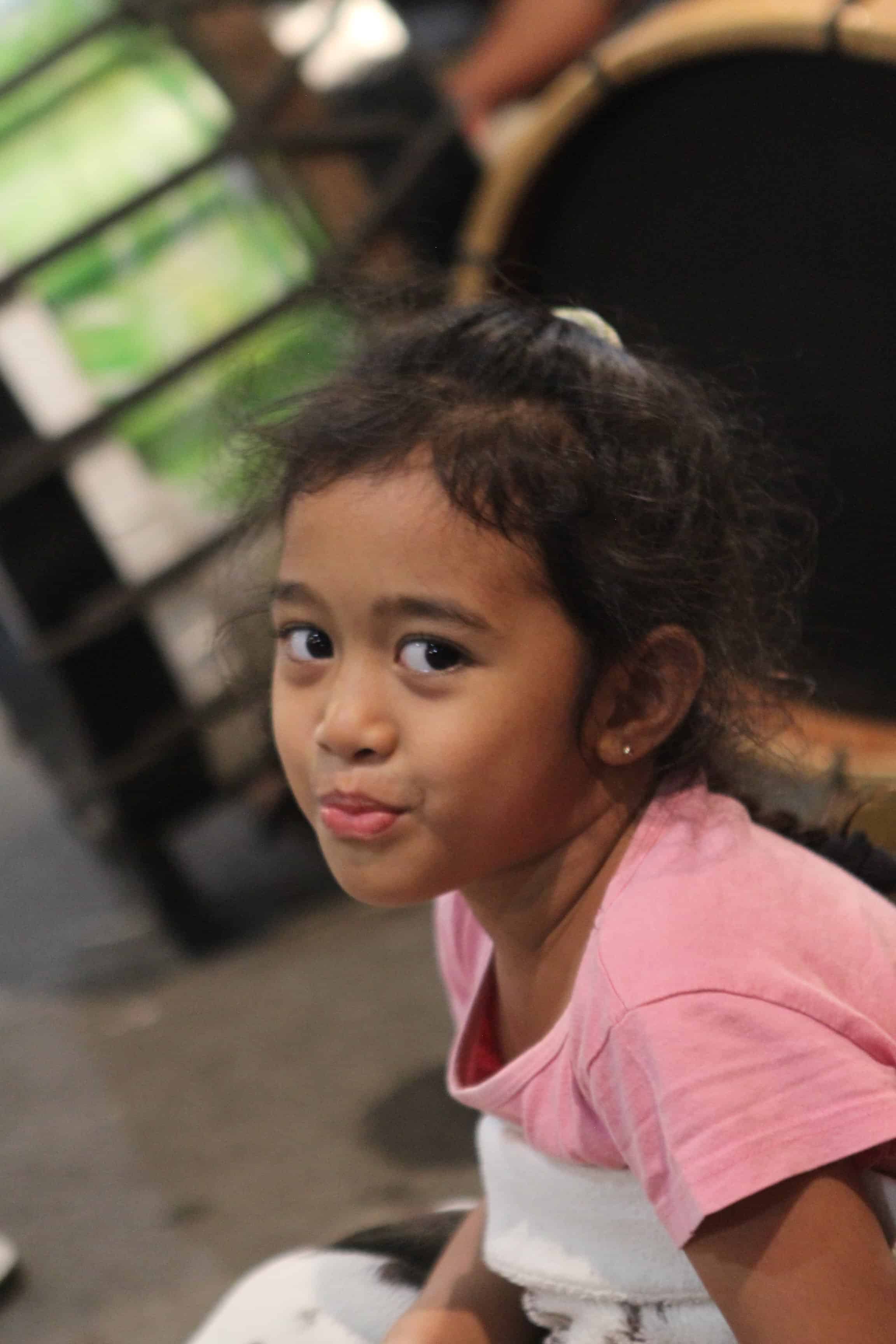
Adorable right?
Mother of Pearl Jewelry
We had an opportunity to tour the factory of Woita Prokop Designs, which specialize in mother-of-pearl jewelry. The workshop and the Prokop shop are located in Pirae where you’ll find a ton of original creations made from mother-of-pearl, resin, wood and more. We went behind the scenes to see the process, from start to finish, literally.
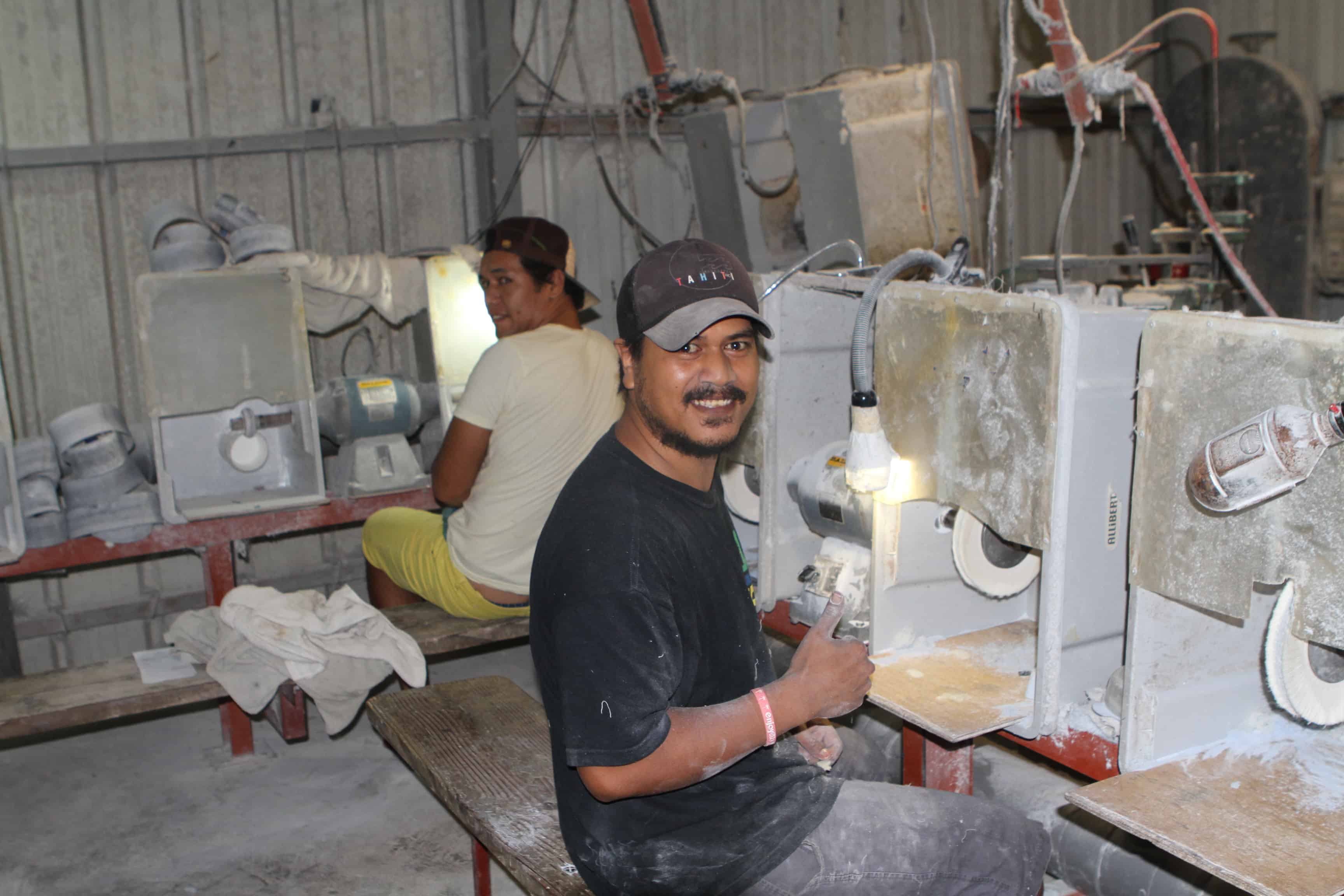
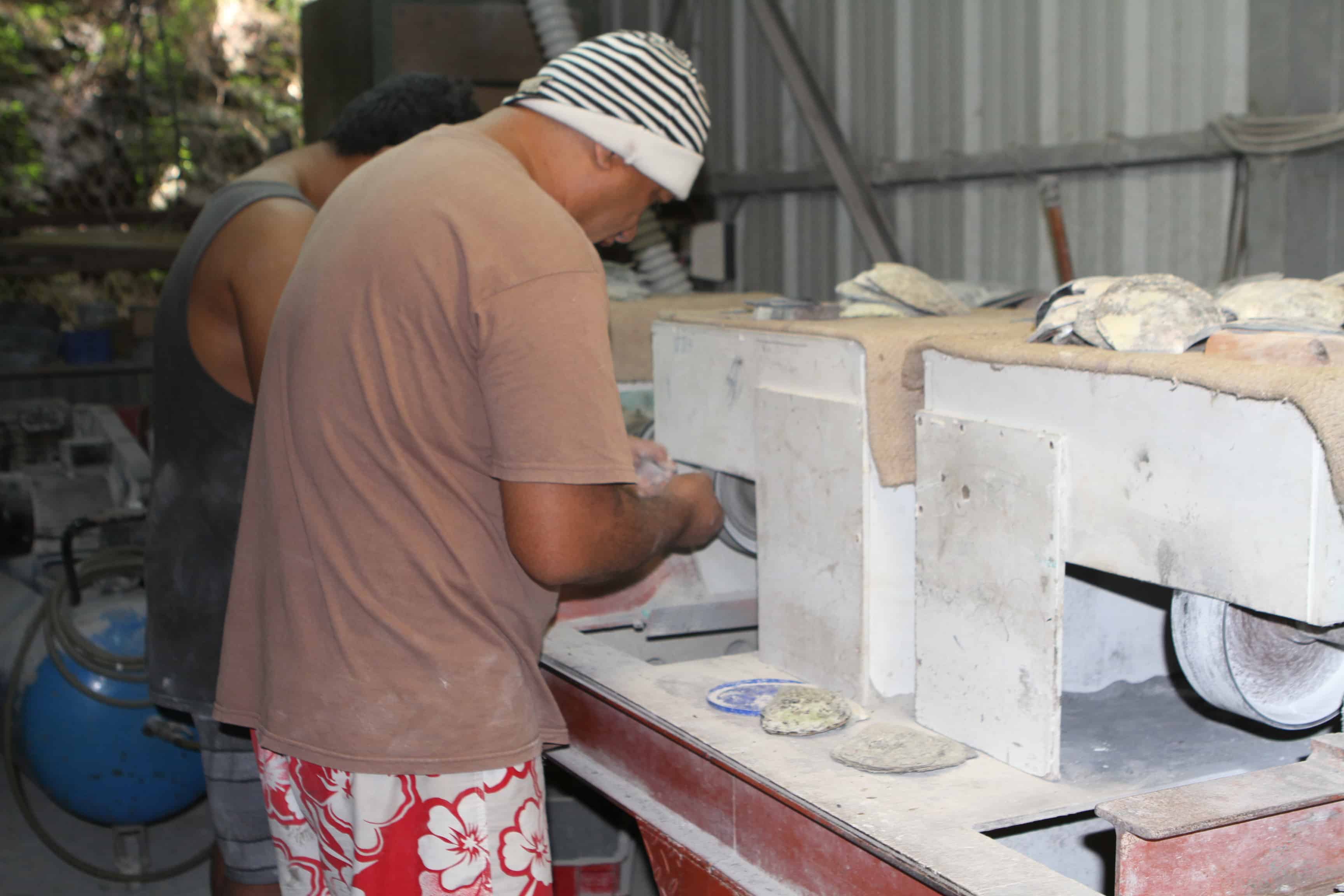
Behind the scenes
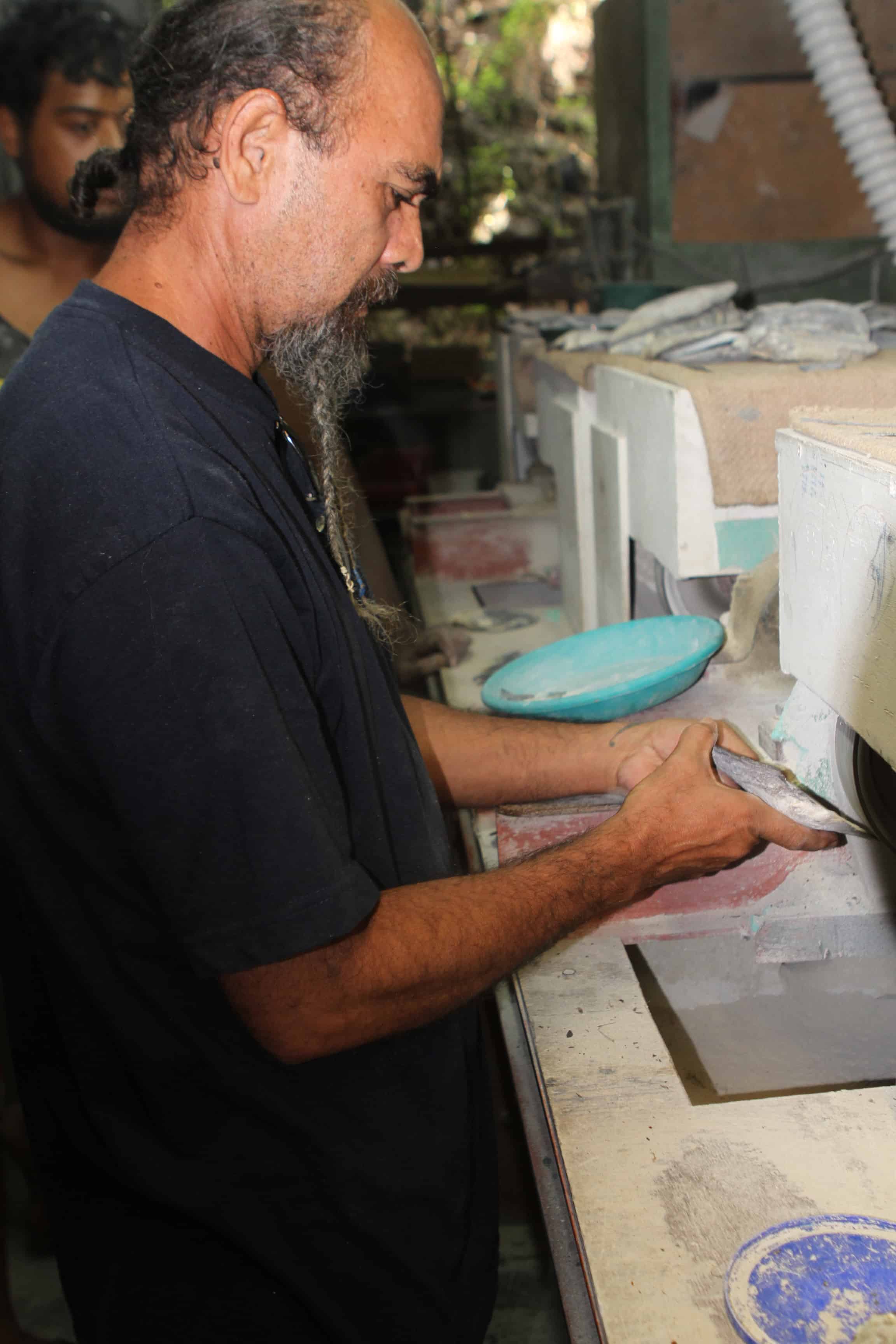
Polishing at one of the stations
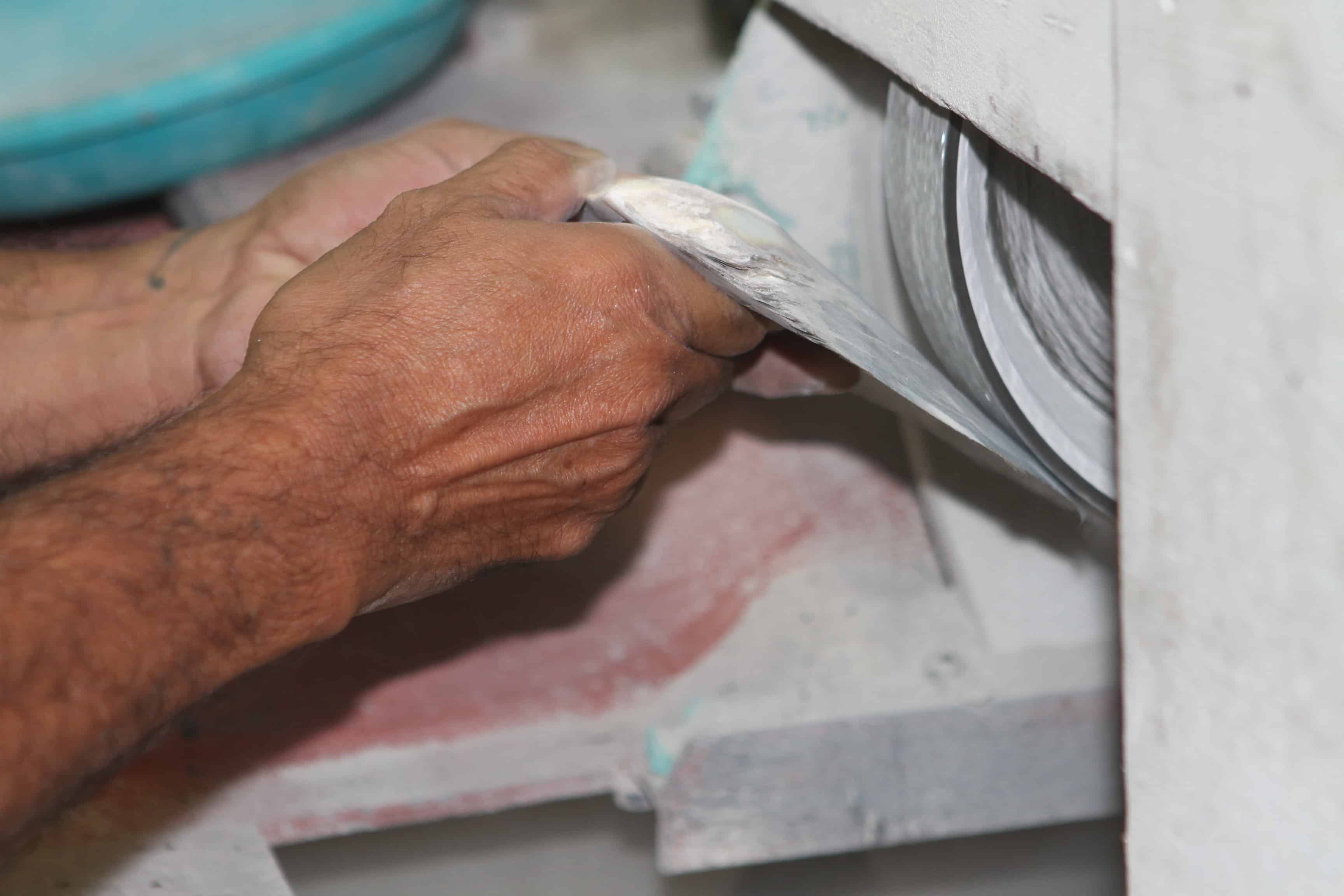
Close up of the process
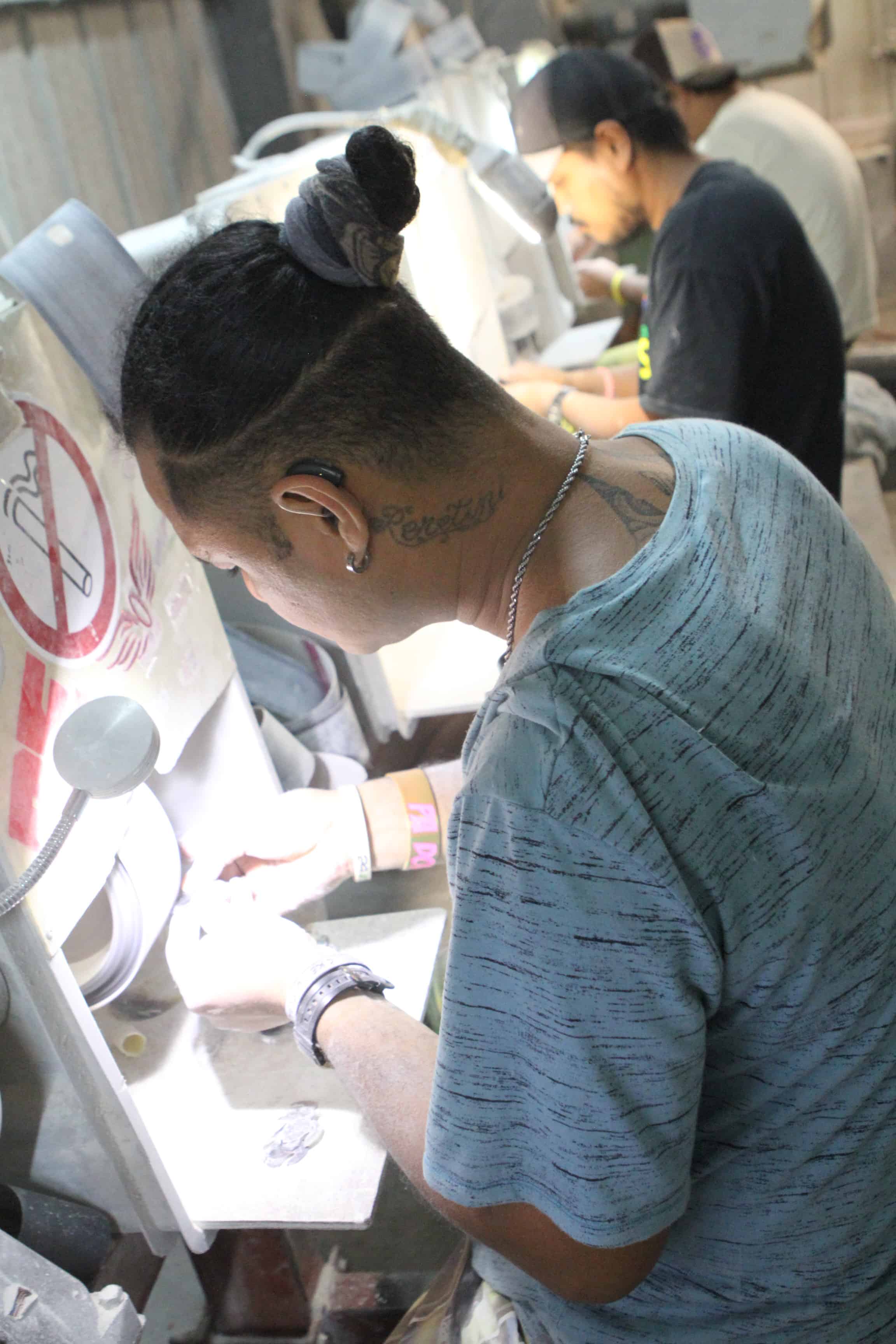
Each work station is a step in the process from unfinished shells to beautiful jewelry and bags.
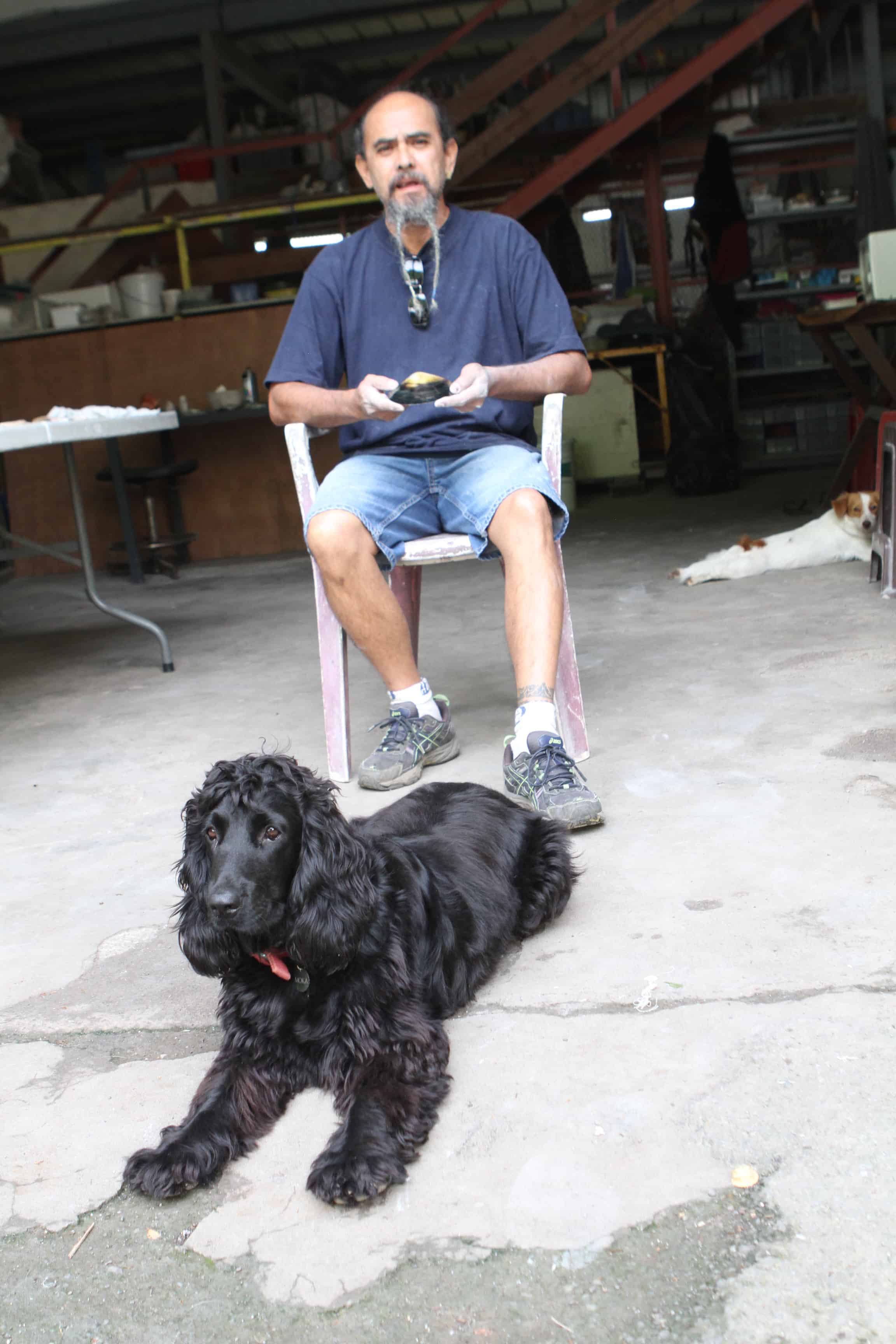
Factory Chief Director
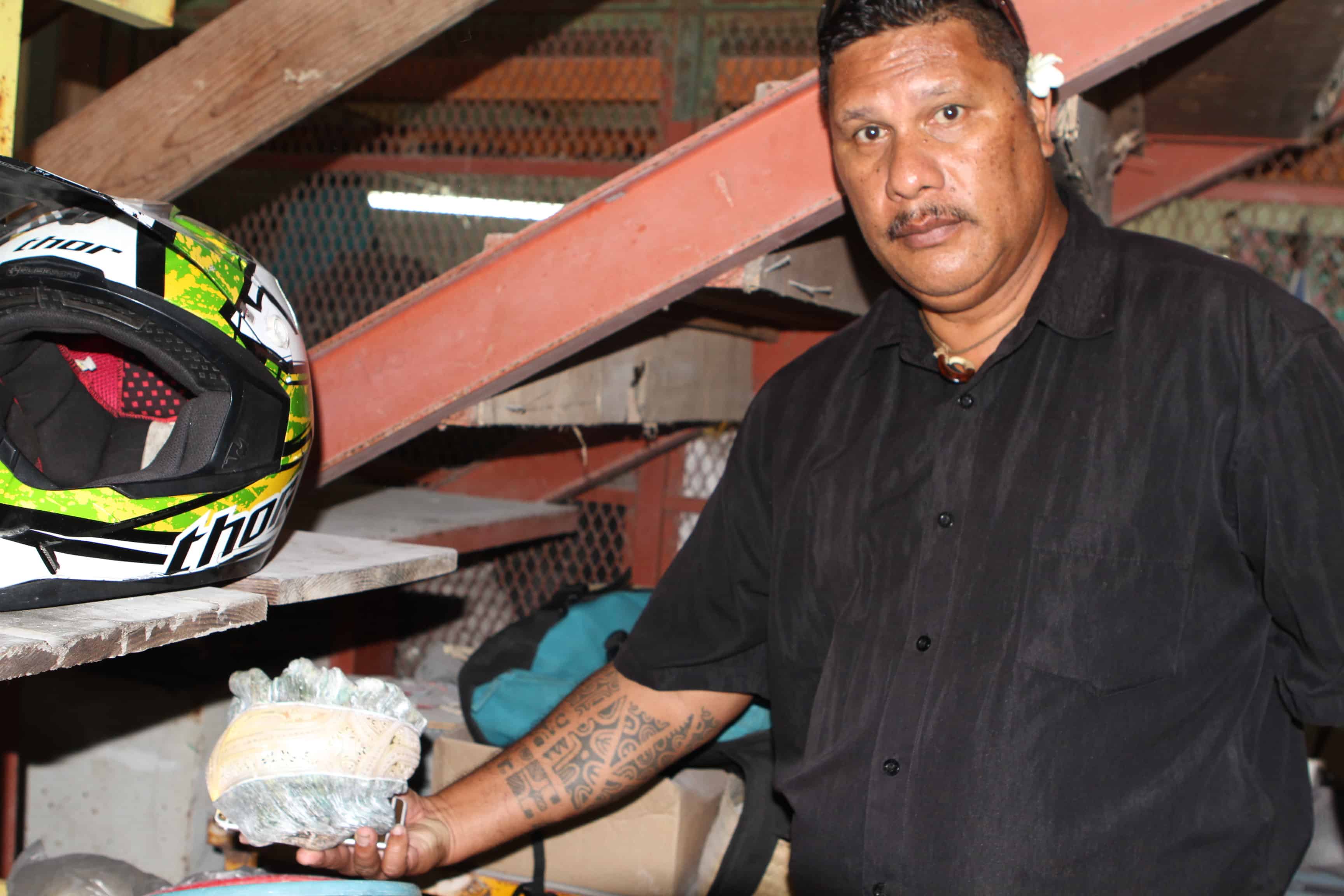
Inside the factory
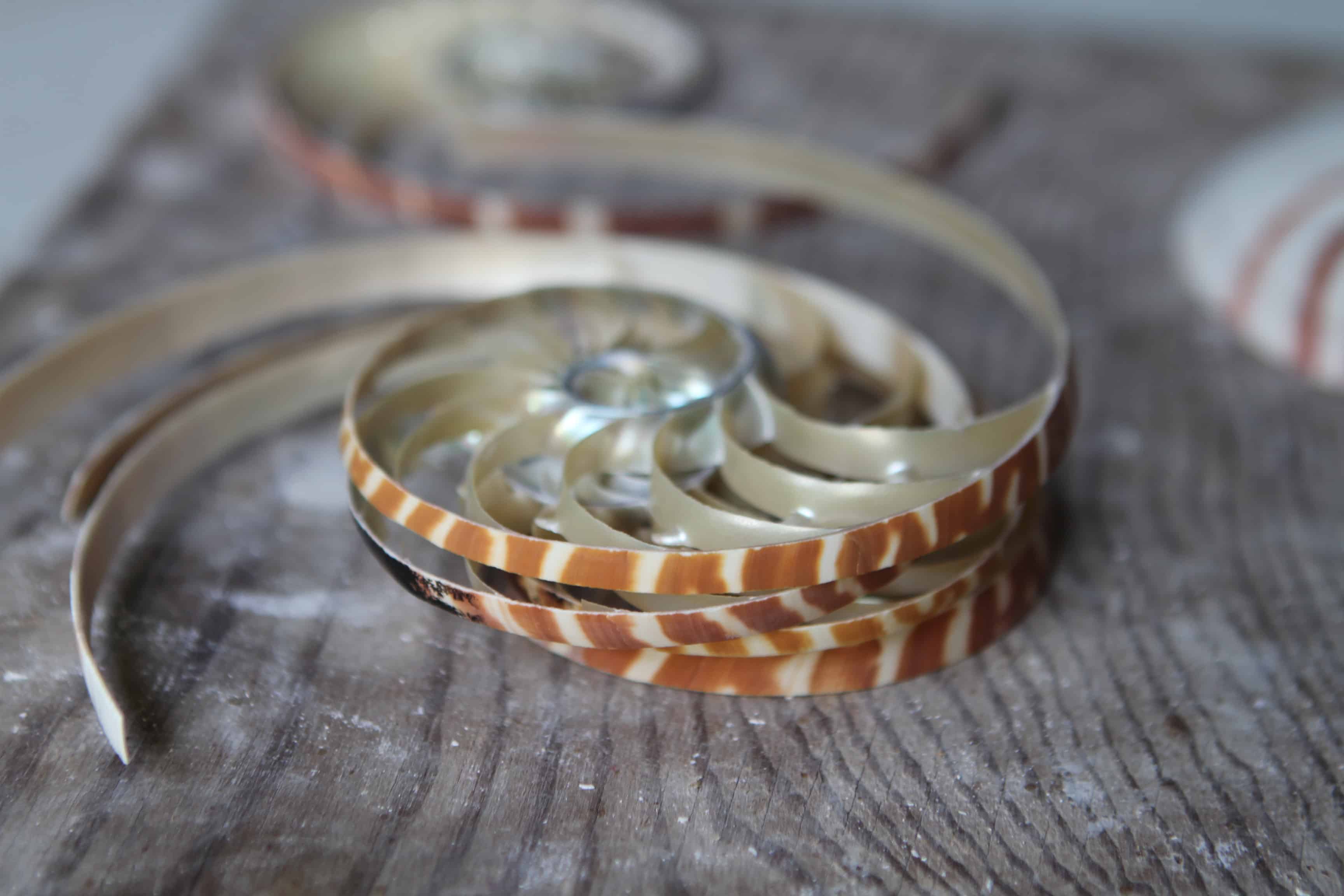
Bits and pieces used for “creation” inside the factory
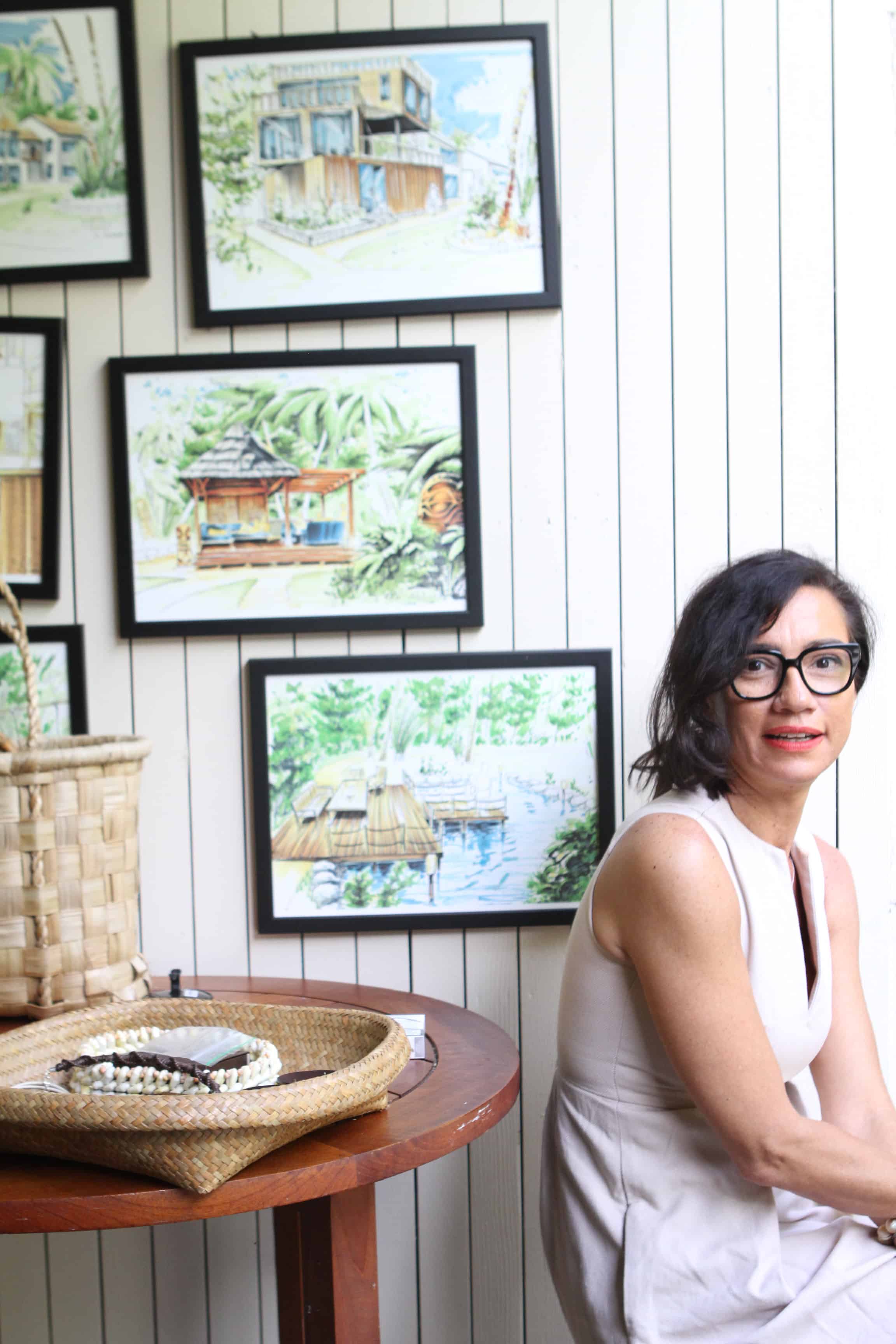
Another local artist visits the factory and store to pick up some finished items for a photo shoot
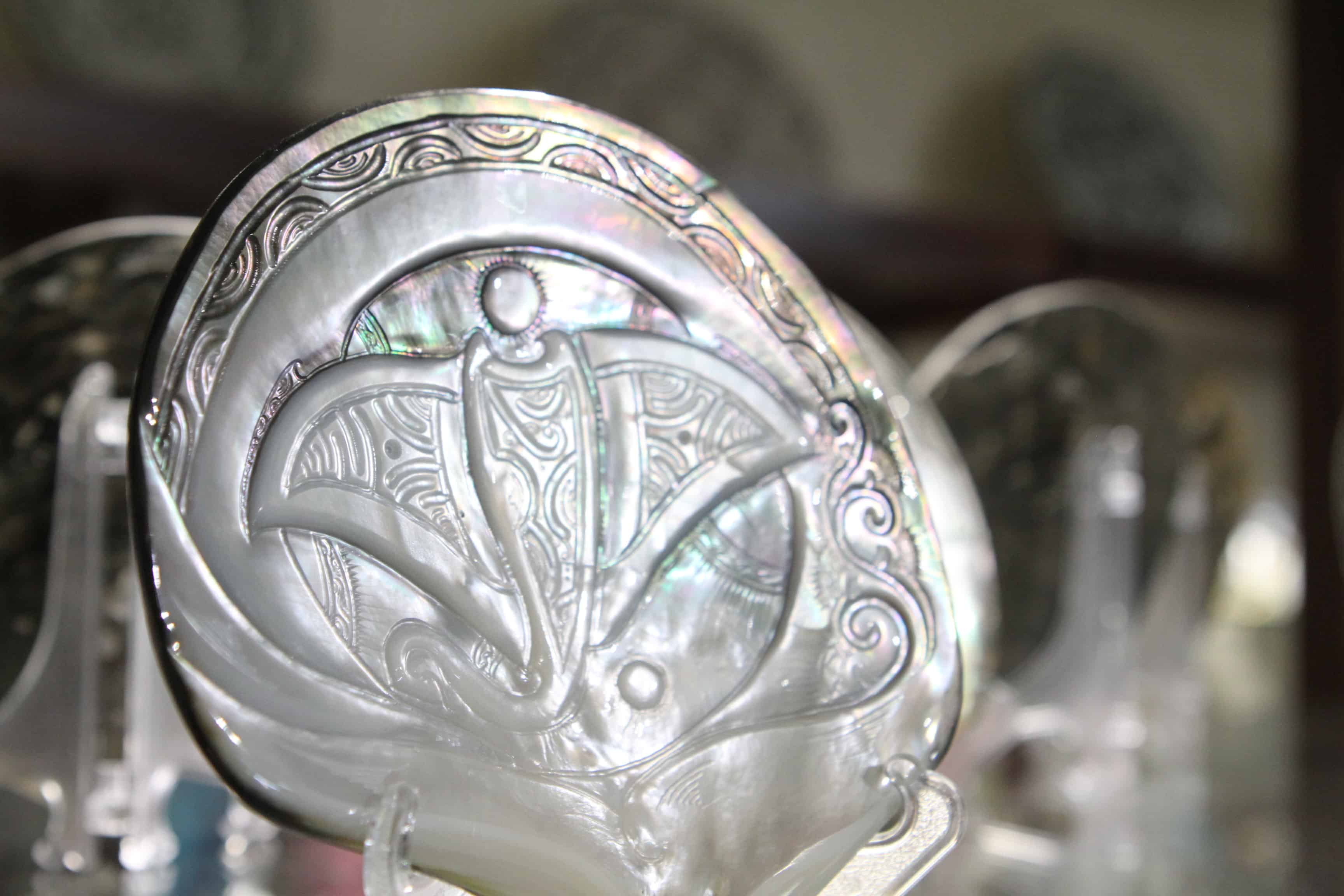
Finished work in their gift shop
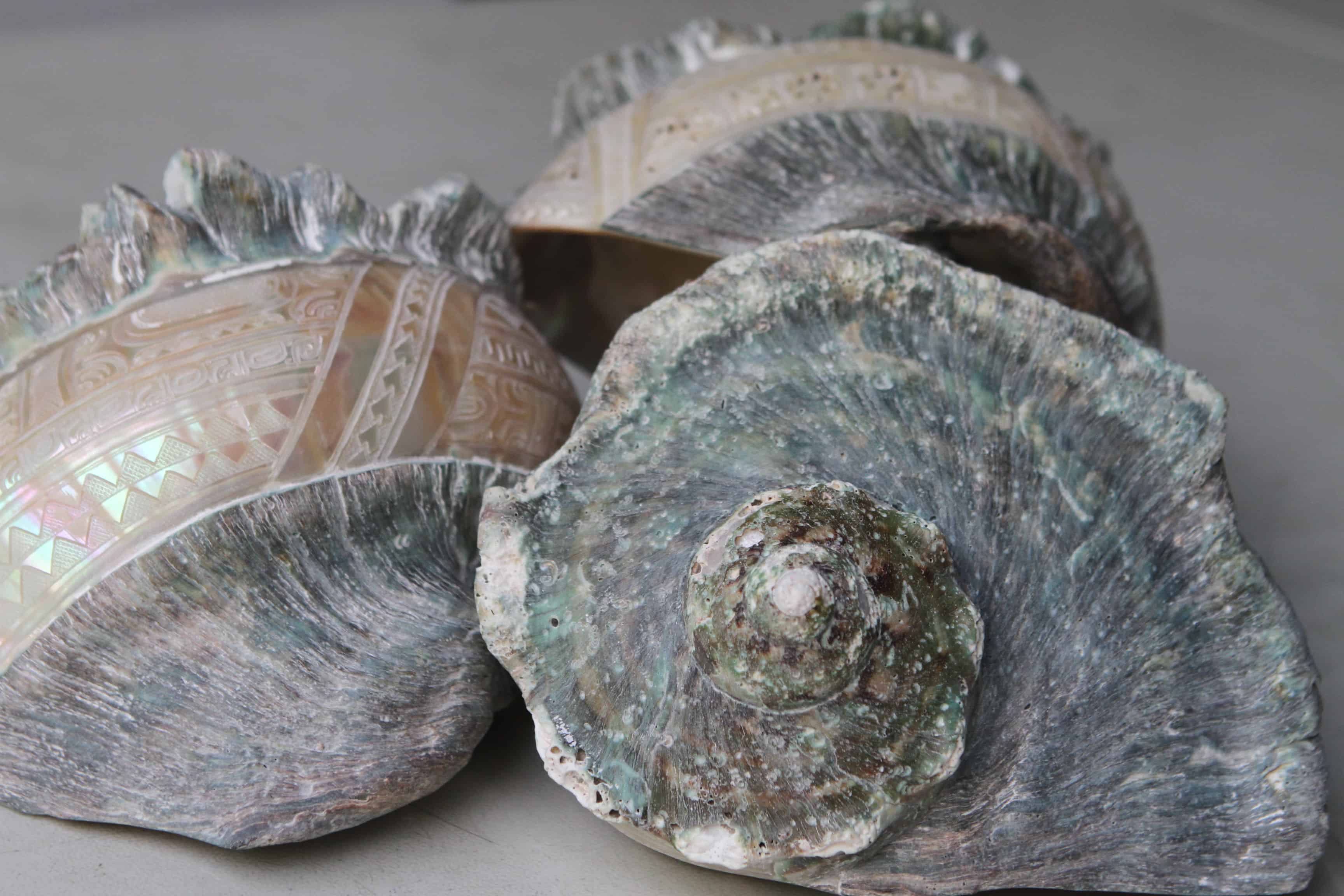
Before the shells are polished with a perfect smooth sheen 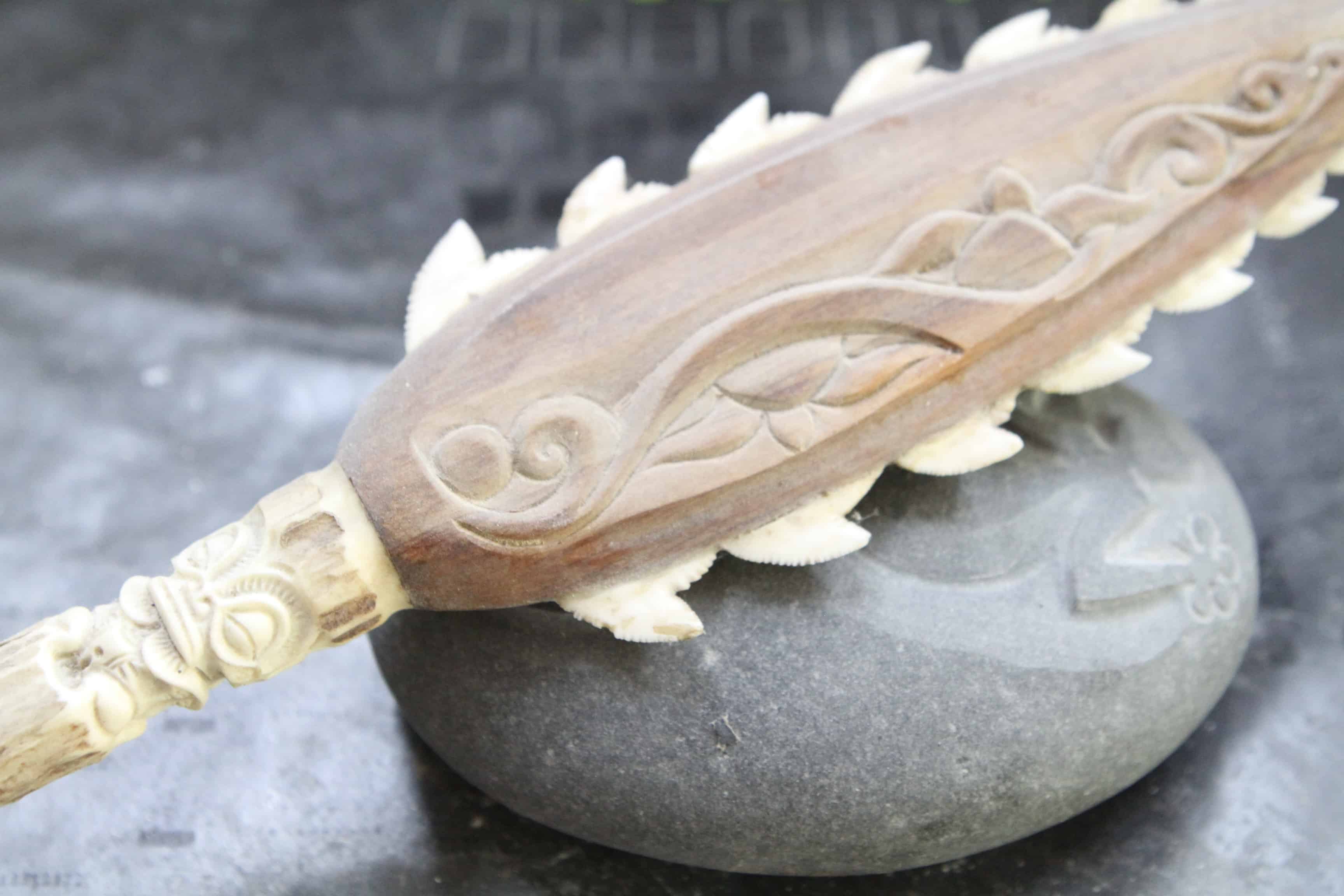
Finished artisan work for sale.
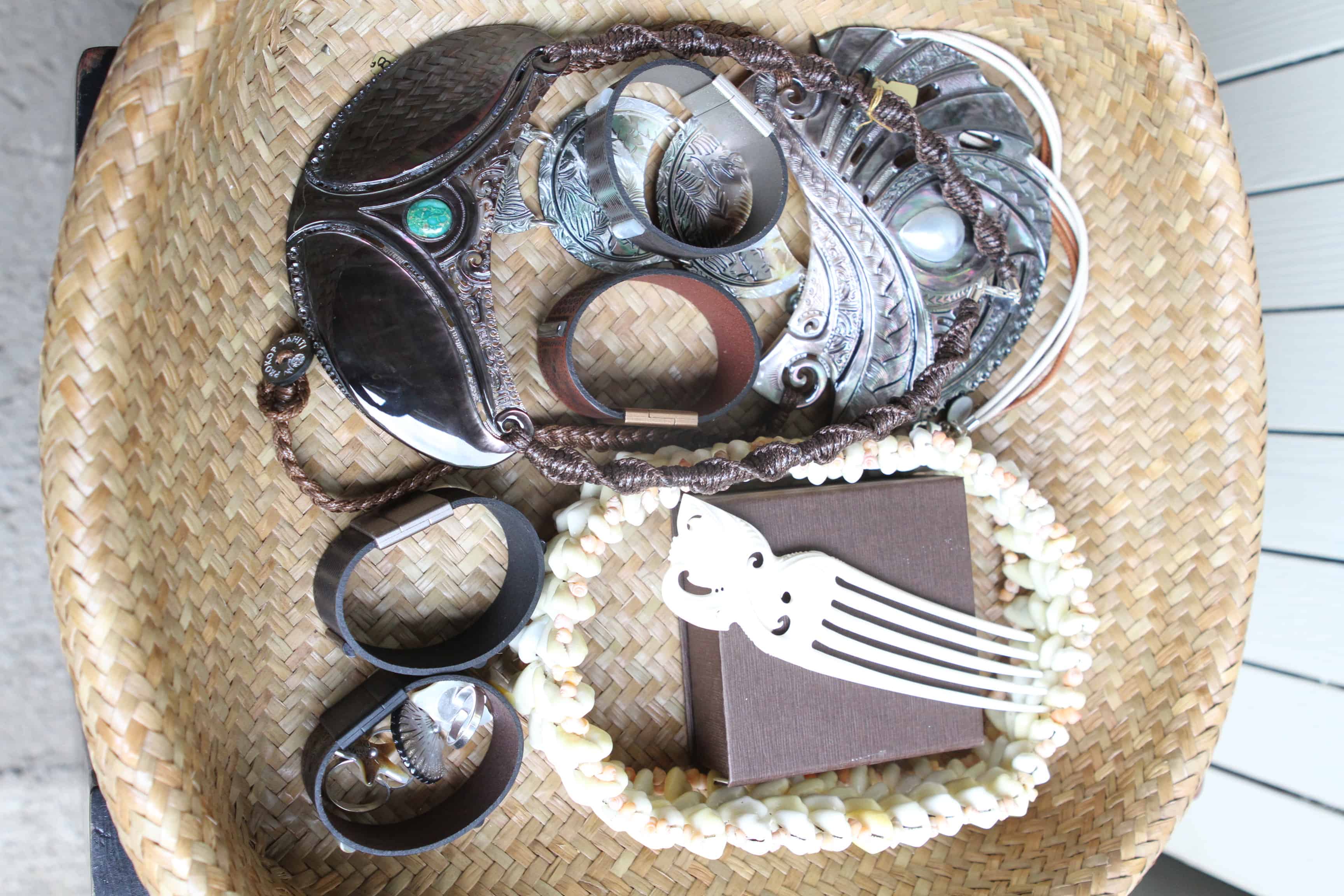
Some of the items that they make at the factory and are for sale in the gift shop on-site.
Tattoo Culture
For those who don’t know how deeply rooted tattoos are in Tahiti, you just have to look at the traditional Polynesian tattoo over time. Locals see it as an ancestral art. Tattoos are commonly called “tatau” in Tahitian and they have played a crucial part in the life of men or women in Polynesia as historically, getting one was a sign of entering adulthood.
In ancient Tahitian culture, there were strict religious and traditional codes governing the use of tattooing. The early missionaries decreed it a pagan custom and banned the art-form. Today however, Tahiti tatou are an expression of who you are and your passions and interests. And, everyone has one and often more than one.
We had a unique opportunity to visit Ariitai Tatau, one of the local tattoo shops which is part of Art Craft Cultural Center. There, we looked through books to get creative ideas for designs, which is typical of the process some go through. That said, Tahitians often have an idea of what symbols they want and where on their body, for it is representative of what matters to them most.
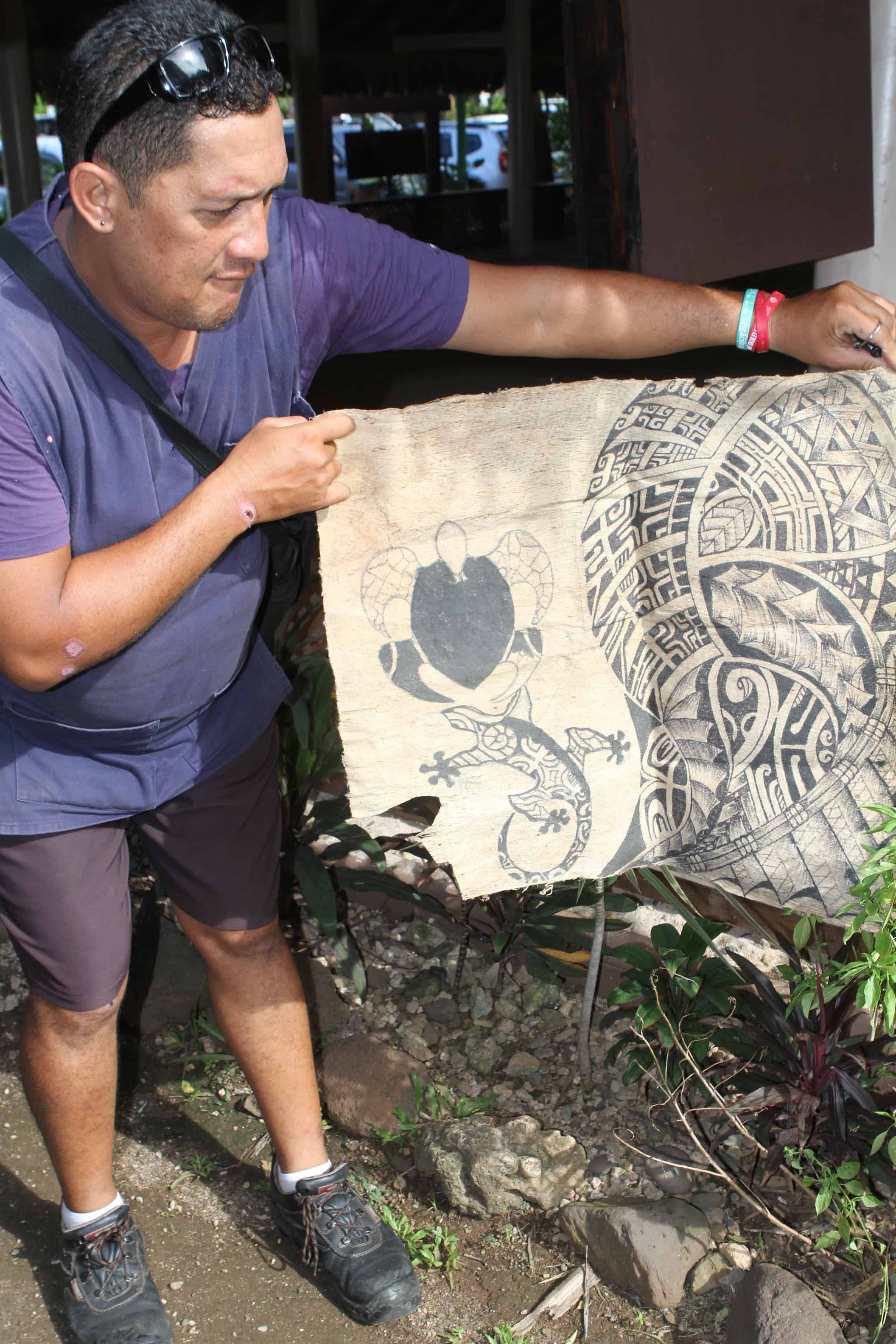
Some of the drawings of tattoos in the shop you could look through for inspiration
There were pages and pages of images for inspiration from ancient Gods, Goddesses and warriors and each symbol has a deep meaning.
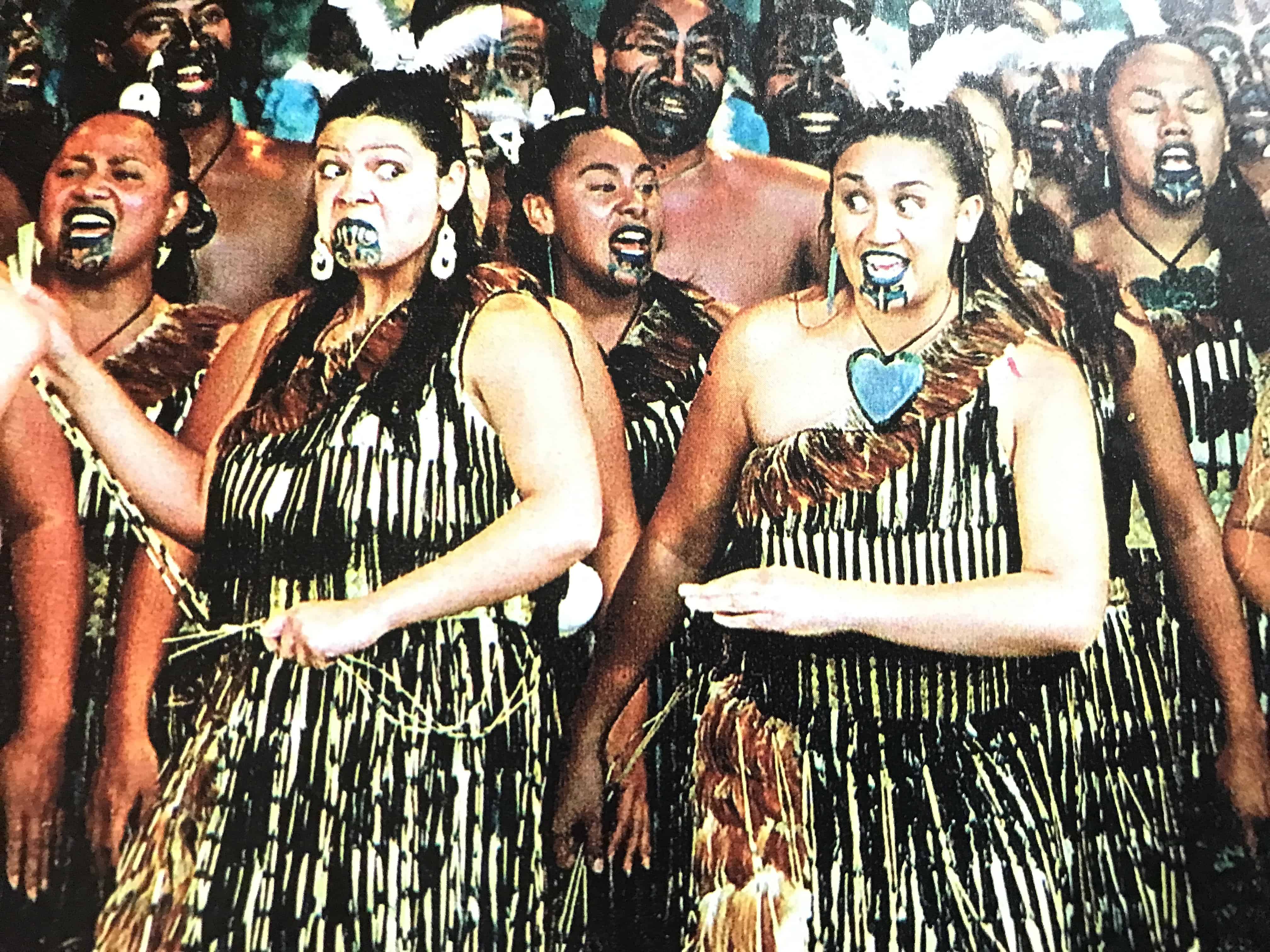
Inspiration from books on-site
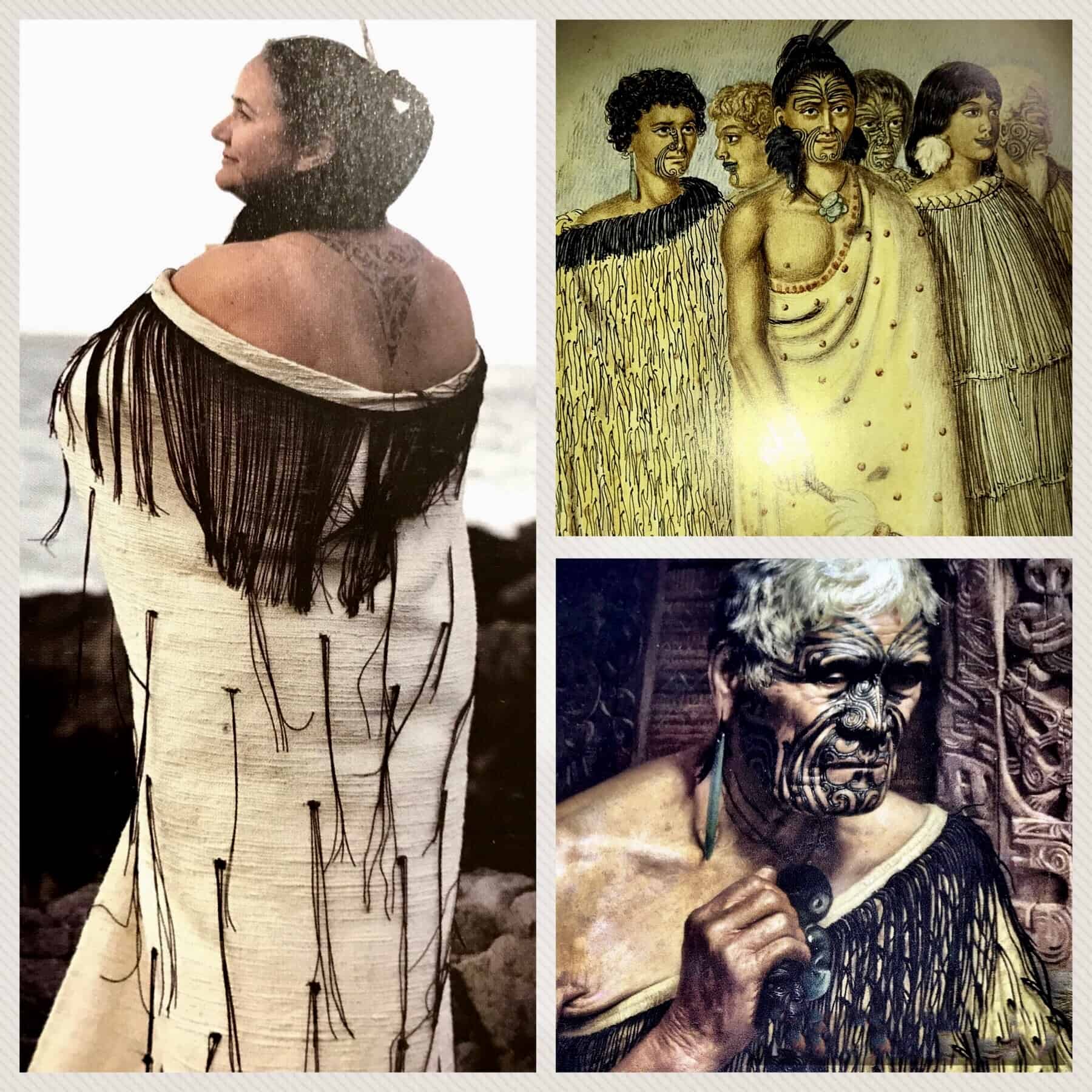
More cultural influence and inspiration from books and drawings
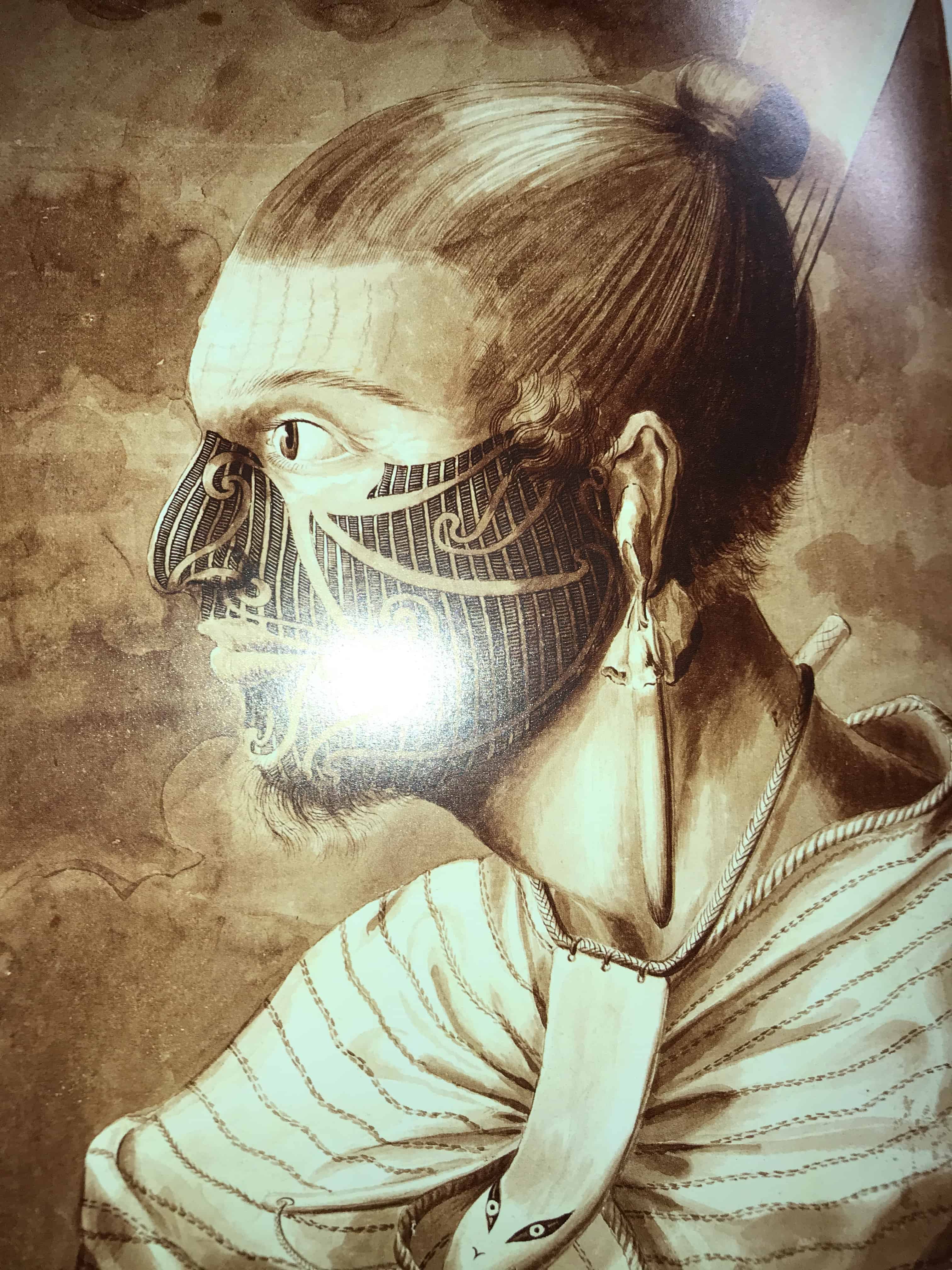
Below, the Master Tattoo artist
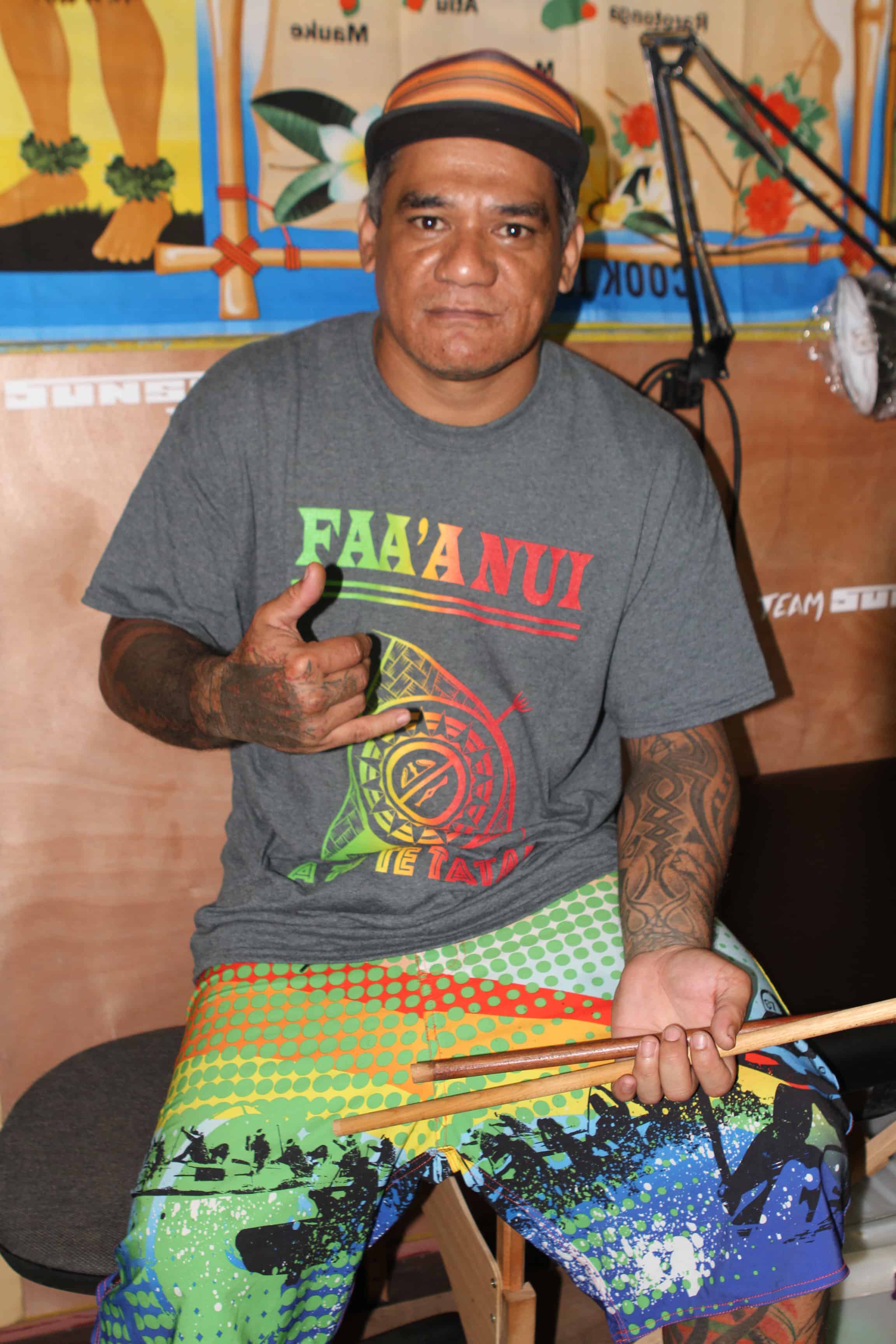
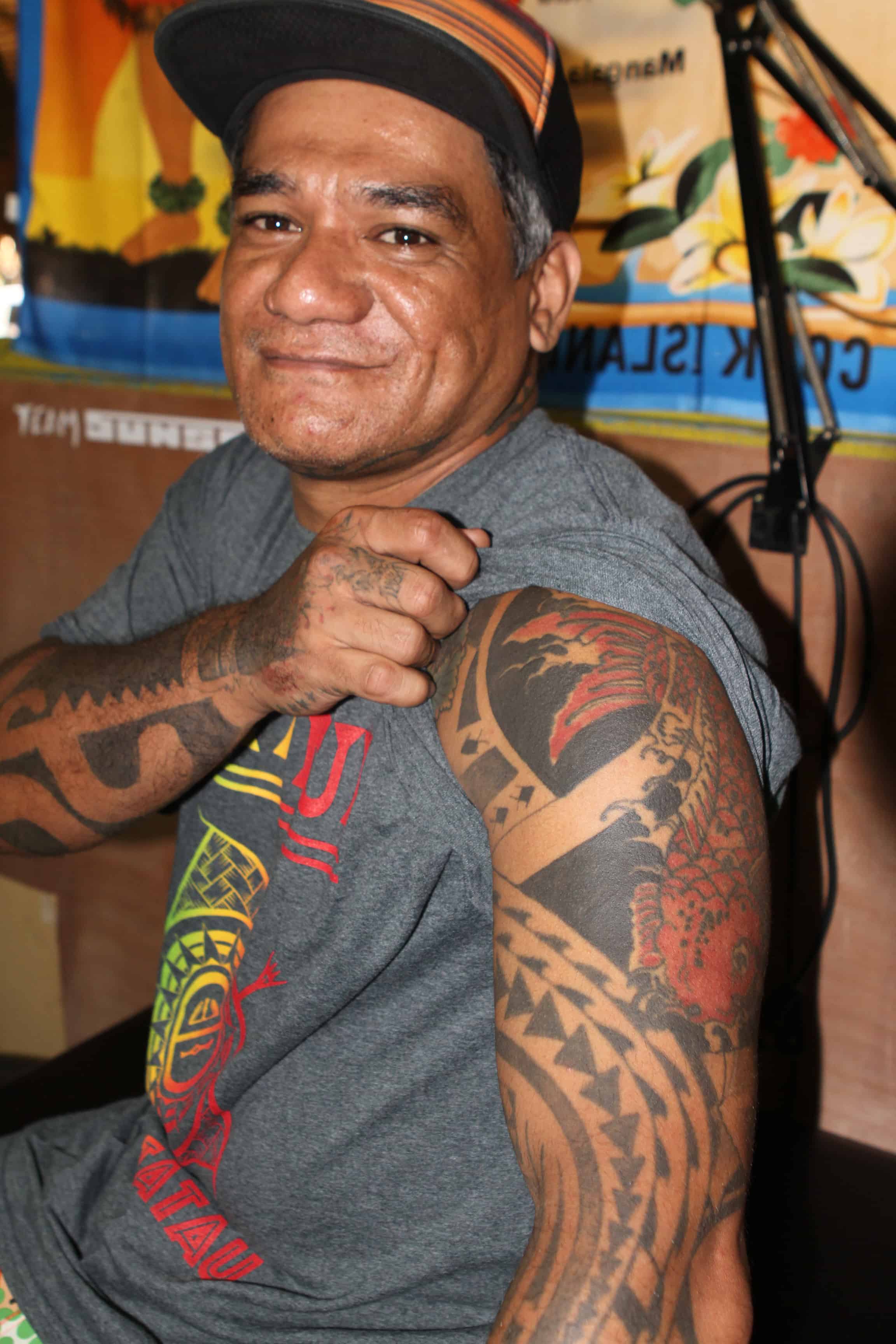
Proud of his tattoos, he shows us his left arm. Apparently there’s not one spot on his body which isn’t covered with a tattoo.
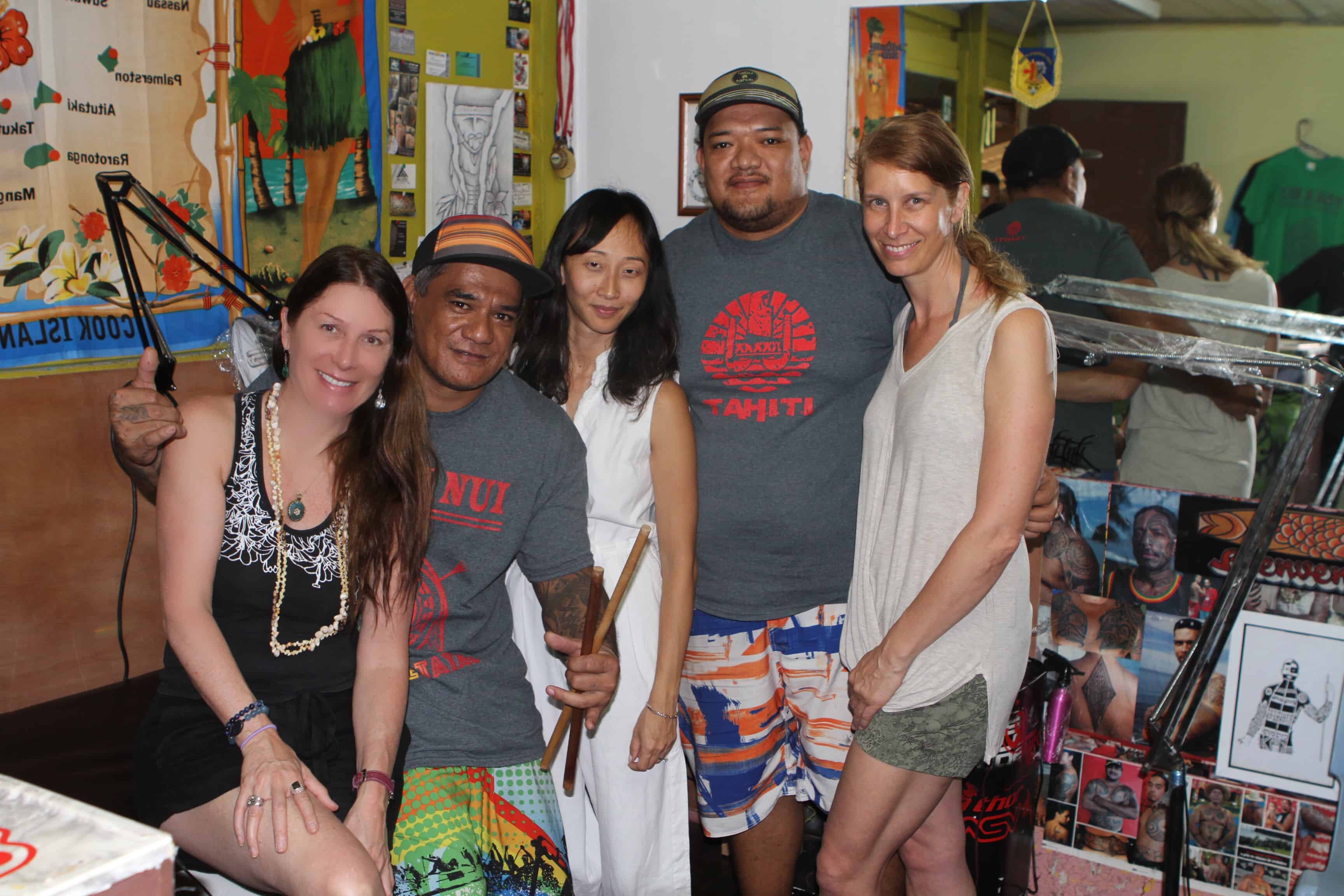
Our group at the Tattoo Shop in Tahiti
Hope you enjoyed this Tahiti Travel Guide! We’d love to hear your thoughts and activities you loved doing when you went to French Polynesia! Other related and fun articles to read can be found below.
Video Recap of Tahiti & Mo’orea:
NOTE: I was a guest of French Bee Airlines & Tahiti Tourism but all opinions expressed are entirely my own.
Other Articles You’ll Love:
- French Bee SFO to Tahiti launch
- The Mo’orea InterContinental
- French Polynesia’s Tahiti: Where to Stay
- Tahiti Mo’orea Foodie Guide
- Helene Spa in Mo’orea, First in French Polynesia
- Our video wrap-up of our trip to Tahiti & Mo’orea
- Your Ultimate Mo’orea Travel Guide by Land
- Your Ultimate Tahiti & Mo’orea Travel Guide by Sea

Renee Blodgett is the founder of We Blog the World. The site combines the magic of an online culture and travel magazine with a global blog network and has contributors from every continent in the world. Having lived in 10 countries and explored nearly 80, she is an avid traveler, and a lover, observer and participant in cultural diversity.
She is also the CEO and founder of Magic Sauce Media, a new media services consultancy focused on viral marketing, social media, branding, events and PR. For over 20 years, she has helped companies from 12 countries get traction in the market. Known for her global and organic approach to product and corporate launches, Renee practices what she pitches and as an active user of social media, she helps clients navigate digital waters from around the world. Renee has been blogging for over 16 years and regularly writes on her personal blog Down the Avenue, Huffington Post, BlogHer, We Blog the World and other sites. She was ranked #12 Social Media Influencer by Forbes Magazine and is listed as a new media influencer and game changer on various sites and books on the new media revolution. In 2013, she was listed as the 6th most influential woman in social media by Forbes Magazine on a Top 20 List.
Her passion for art, storytelling and photography led to the launch of Magic Sauce Photography, which is a visual extension of her writing, the result of which has led to producing six photo books: Galapagos Islands, London, South Africa, Rome, Urbanization and Ecuador.
Renee is also the co-founder of Traveling Geeks, an initiative that brings entrepreneurs, thought leaders, bloggers, creators, curators and influencers to other countries to share and learn from peers, governments, corporations, and the general public in order to educate, share, evaluate, and promote innovative technologies.








